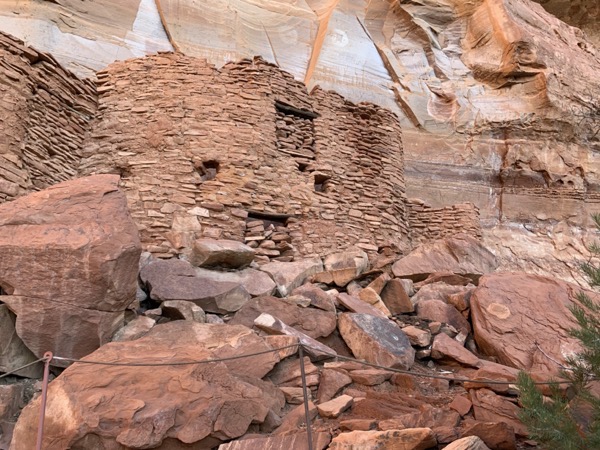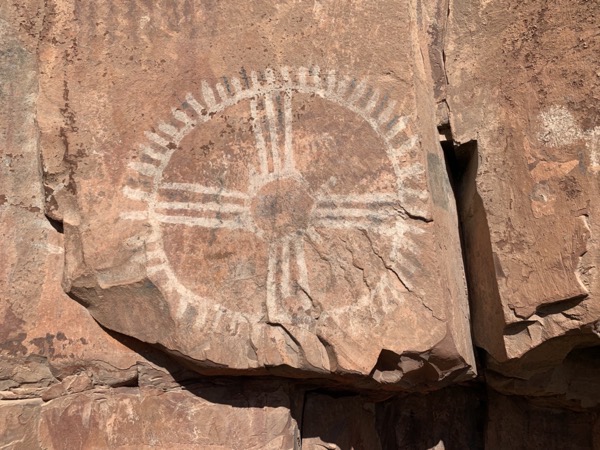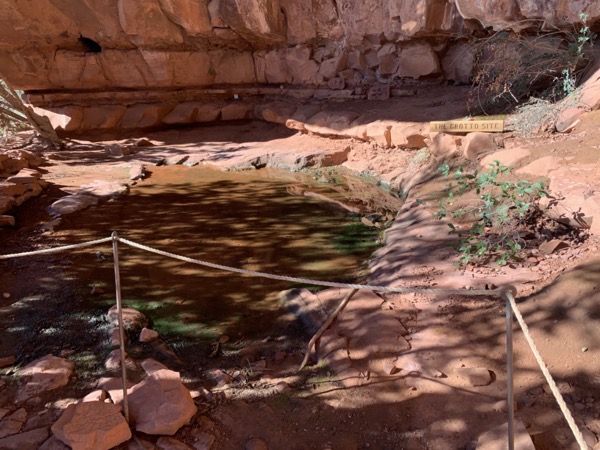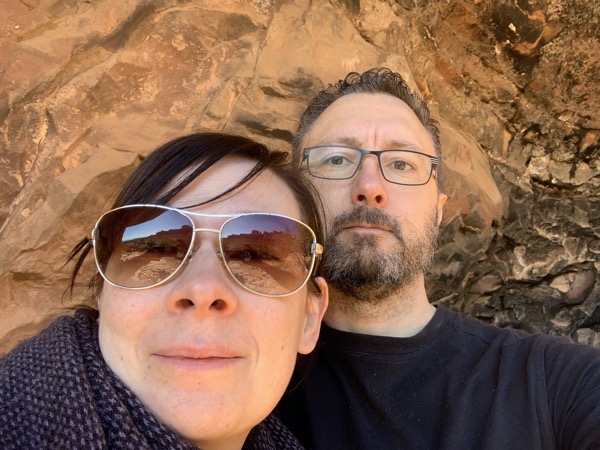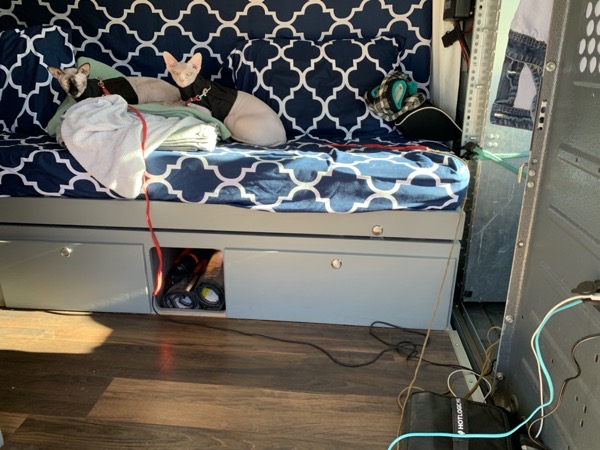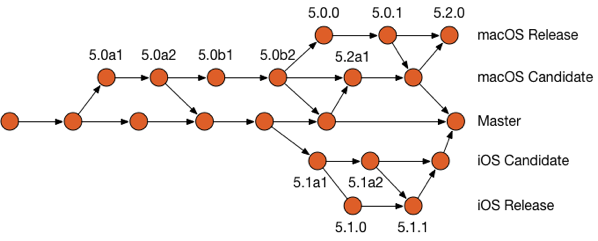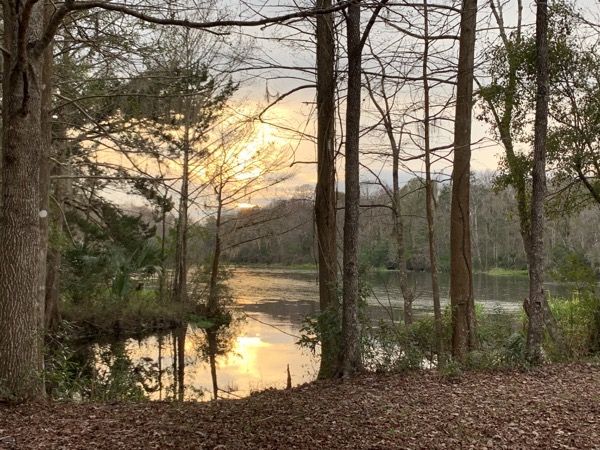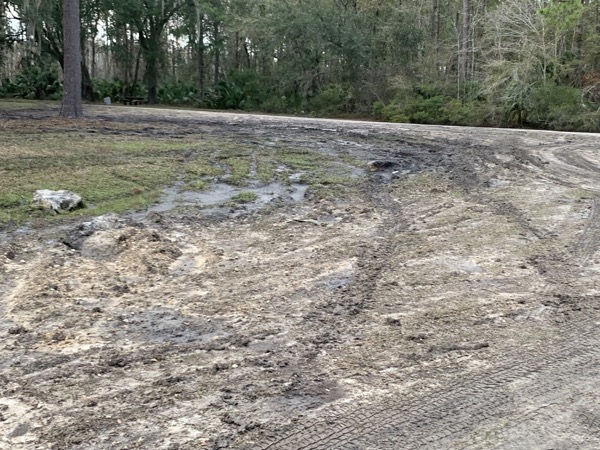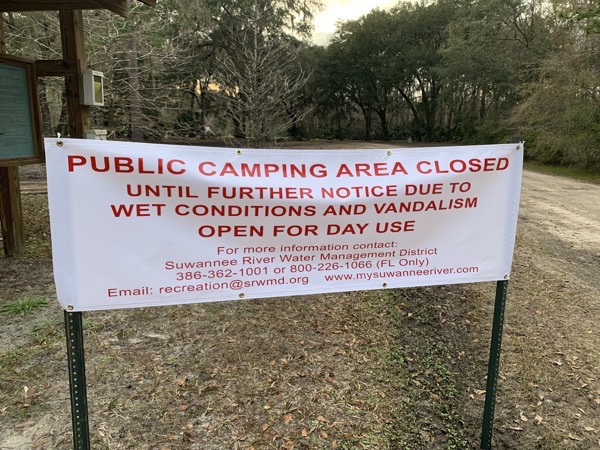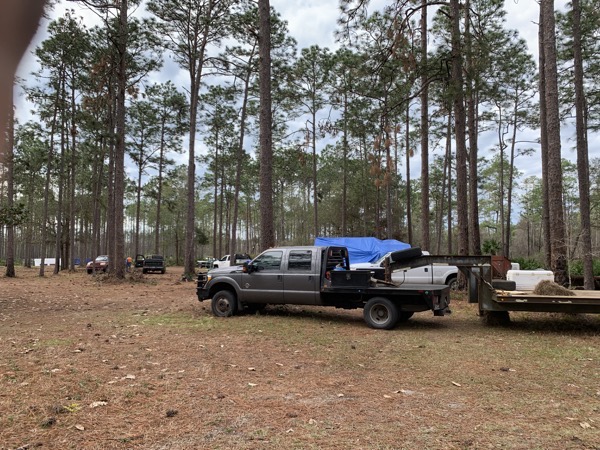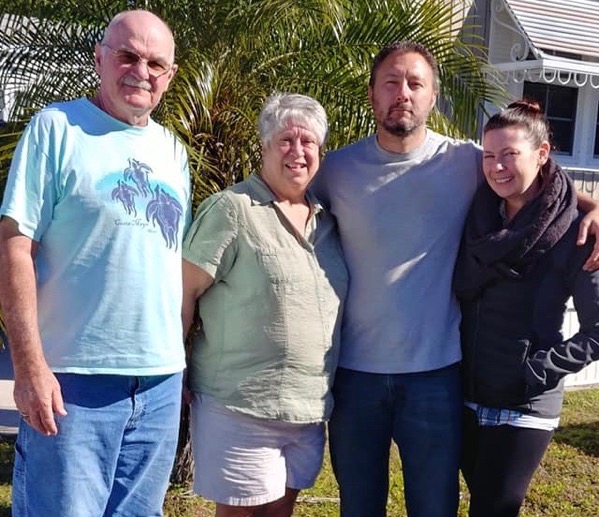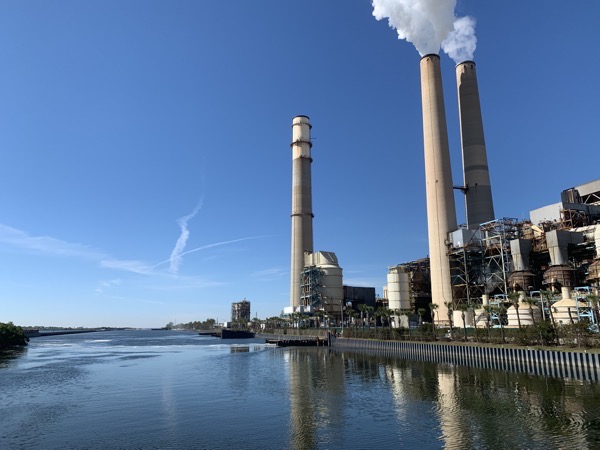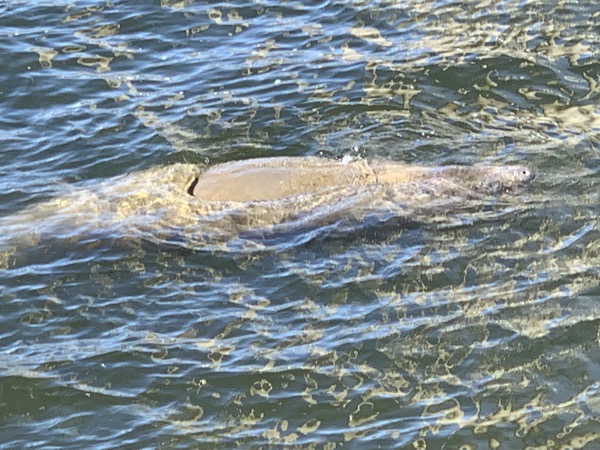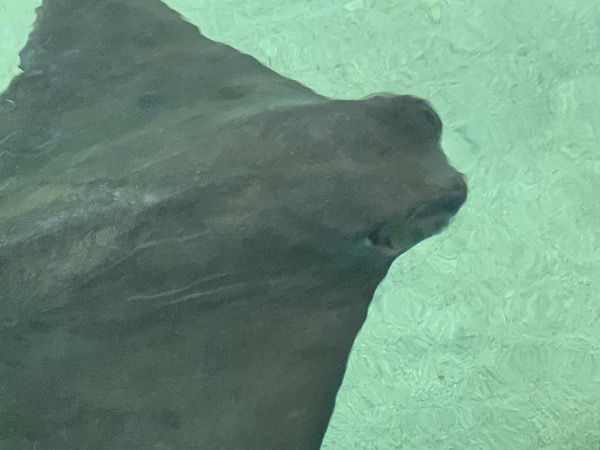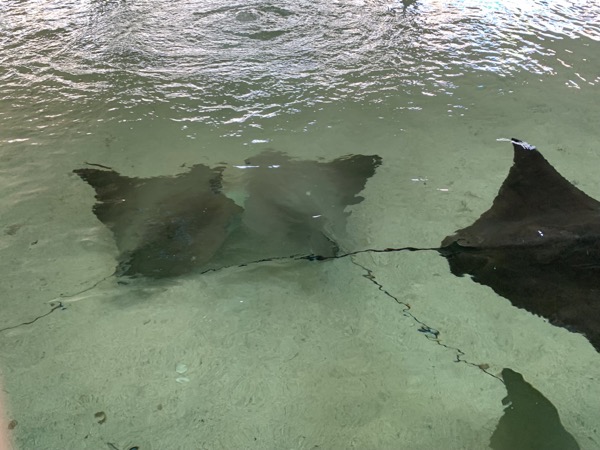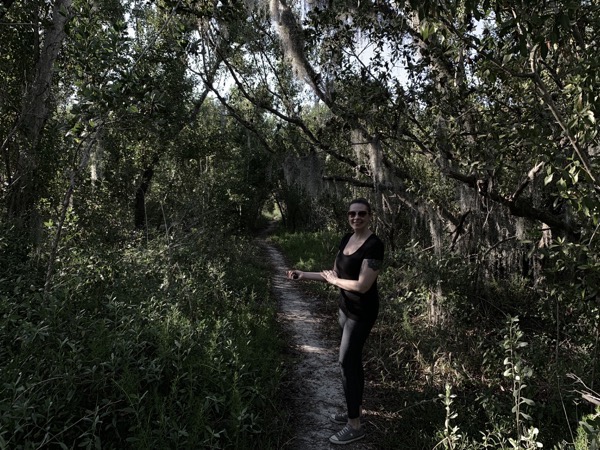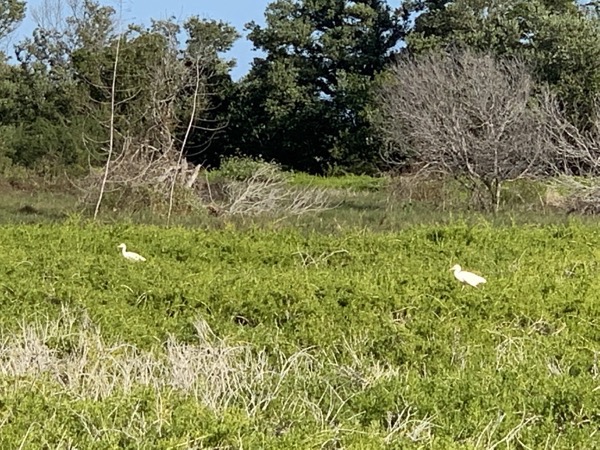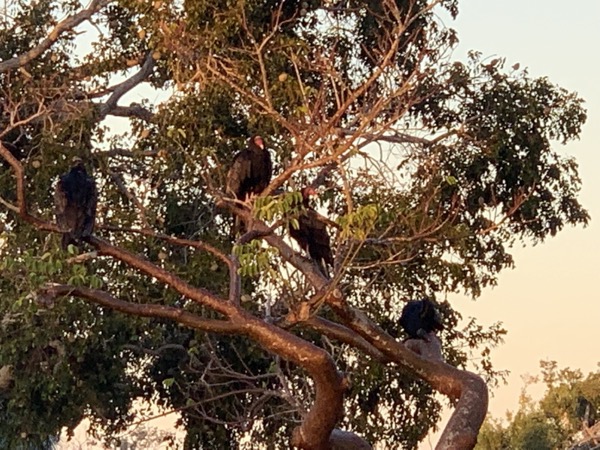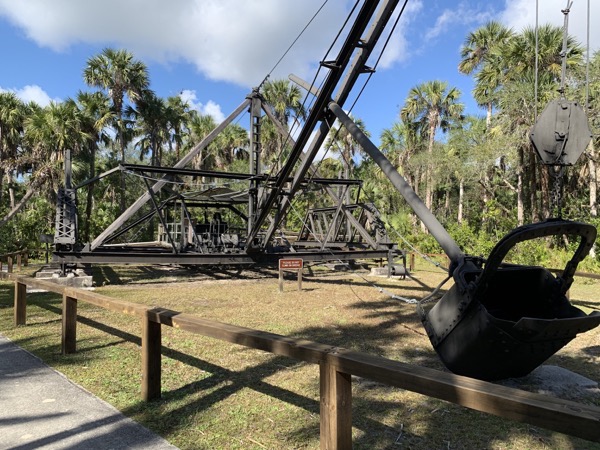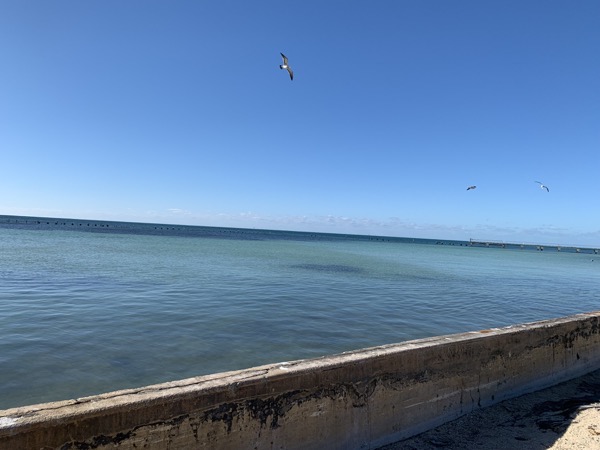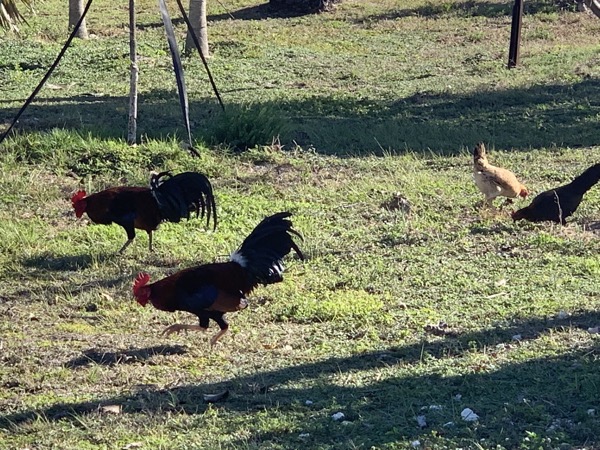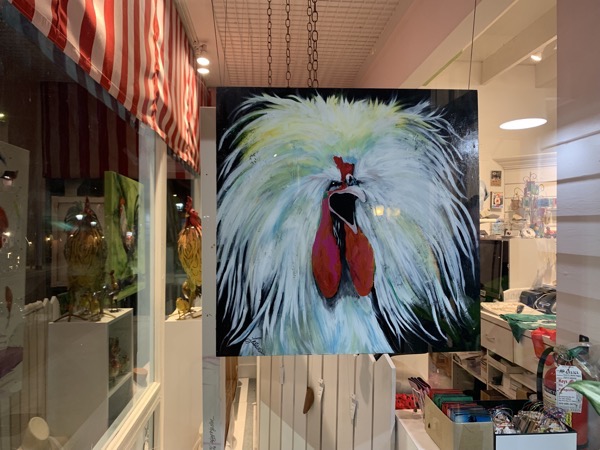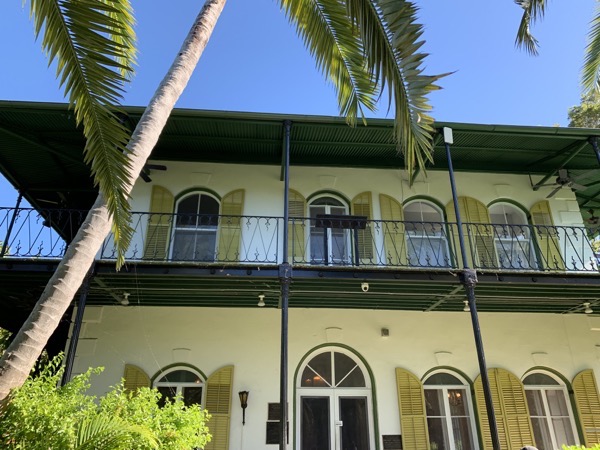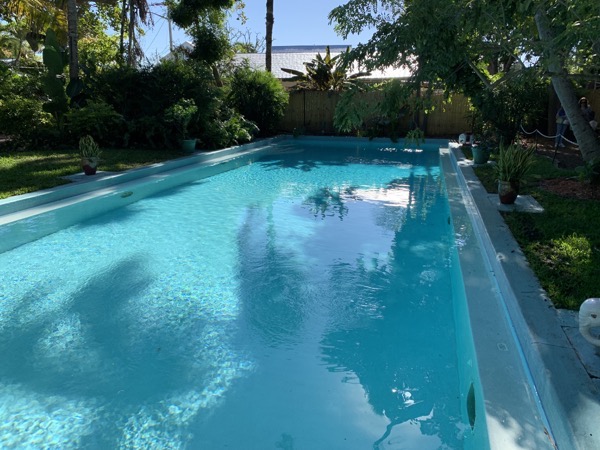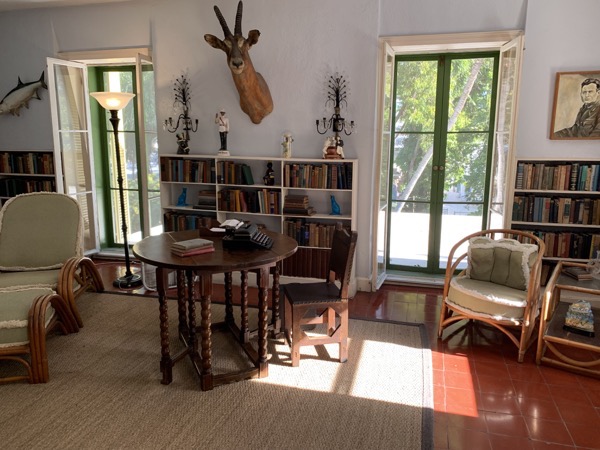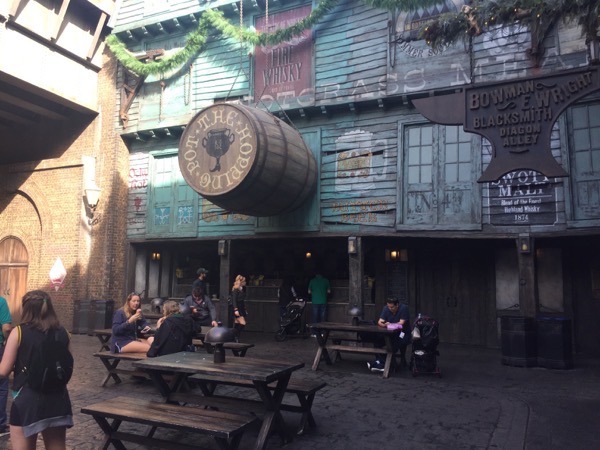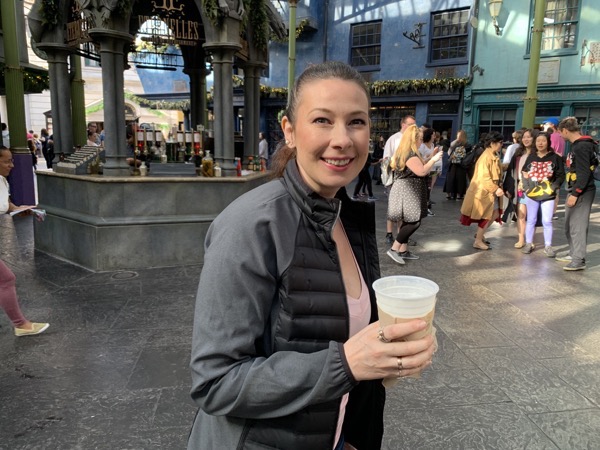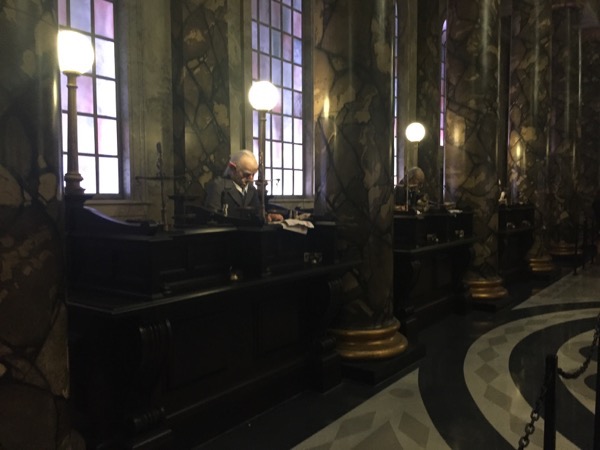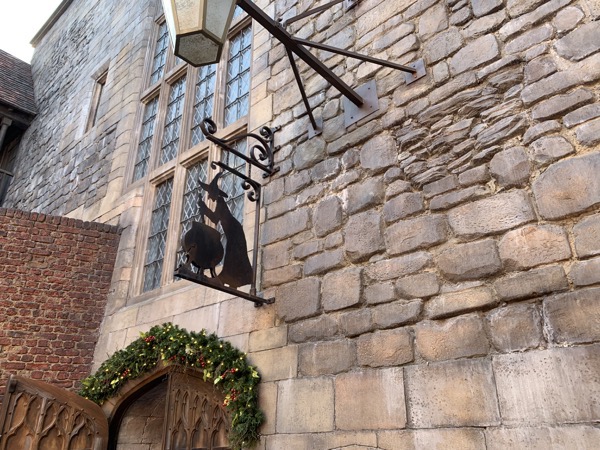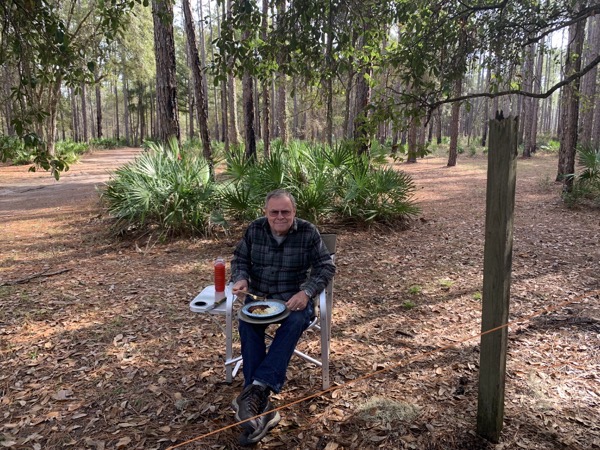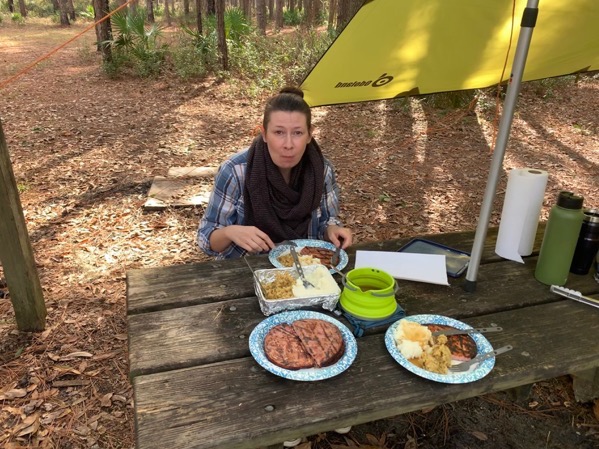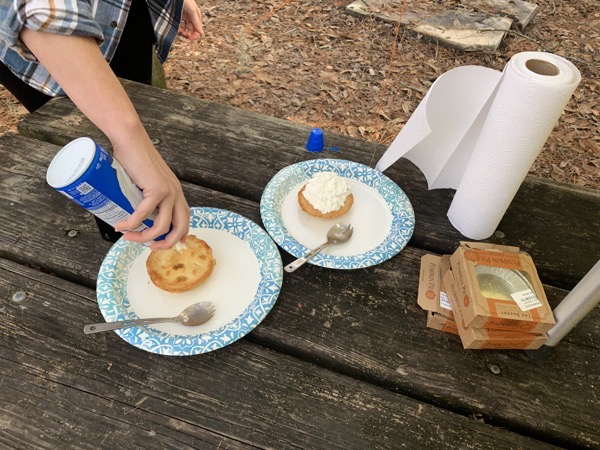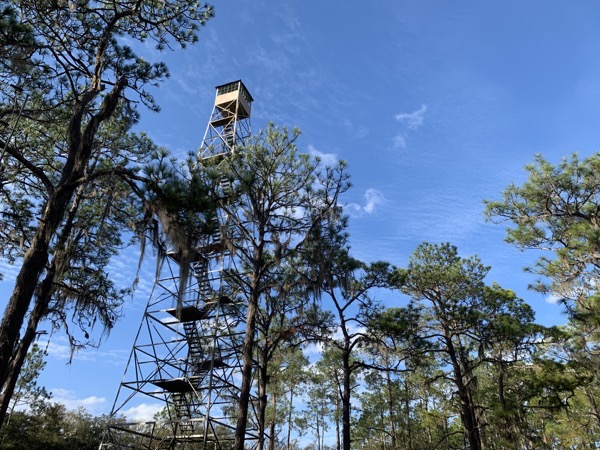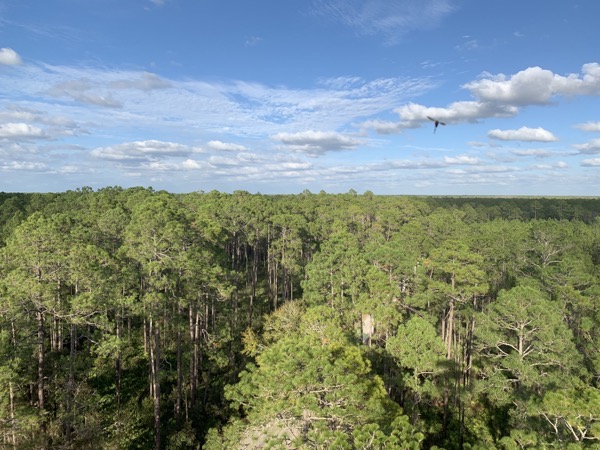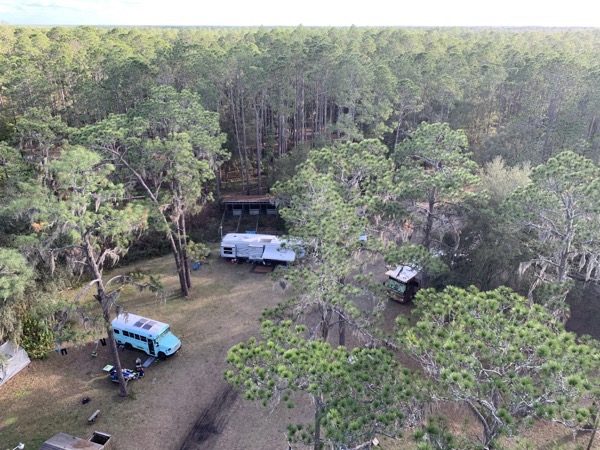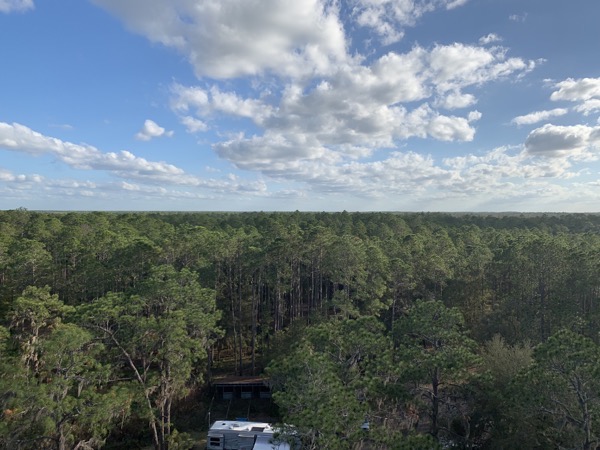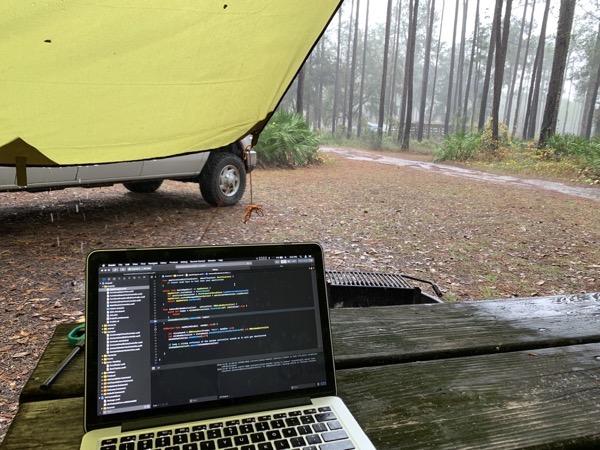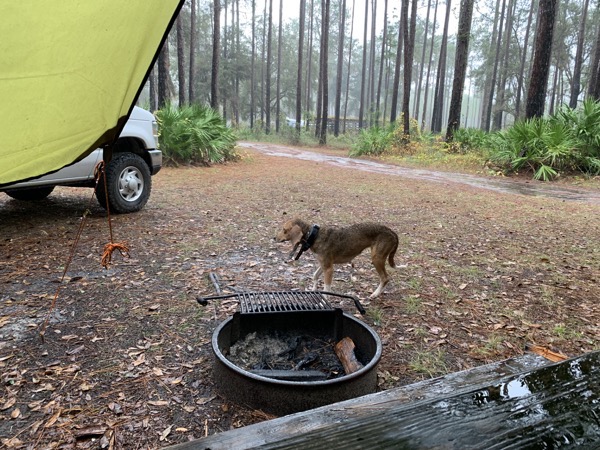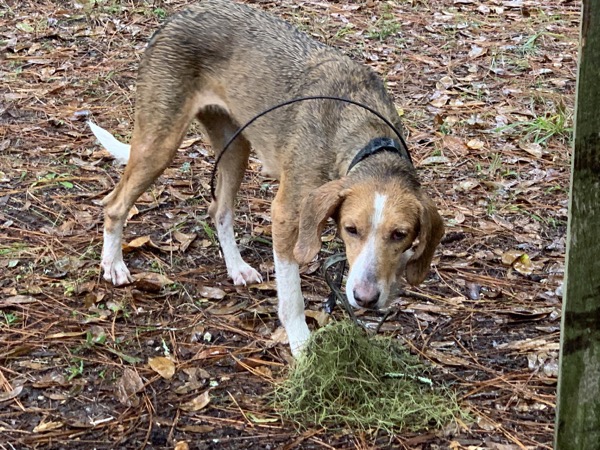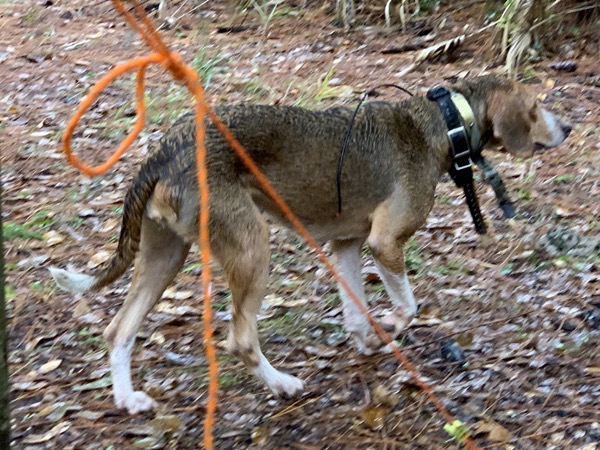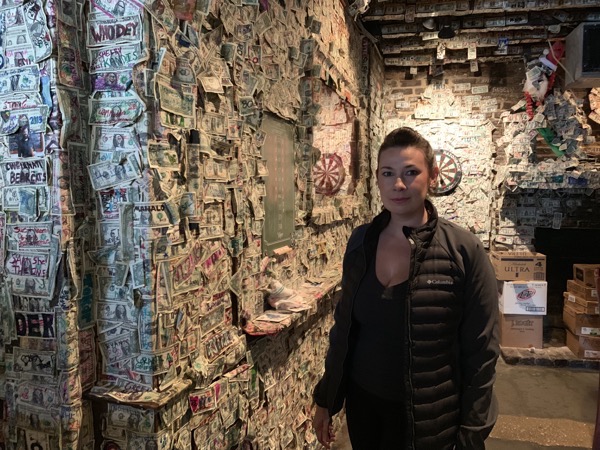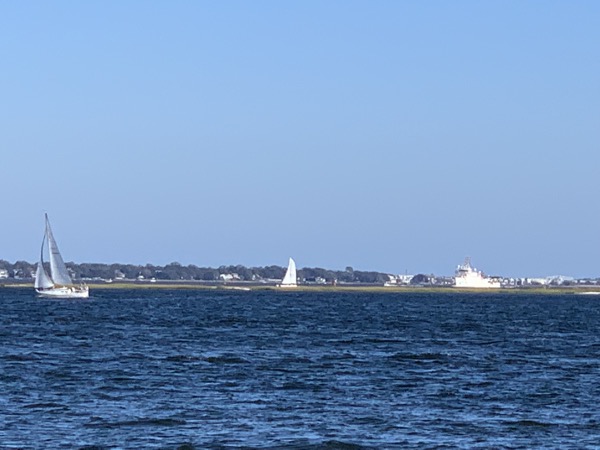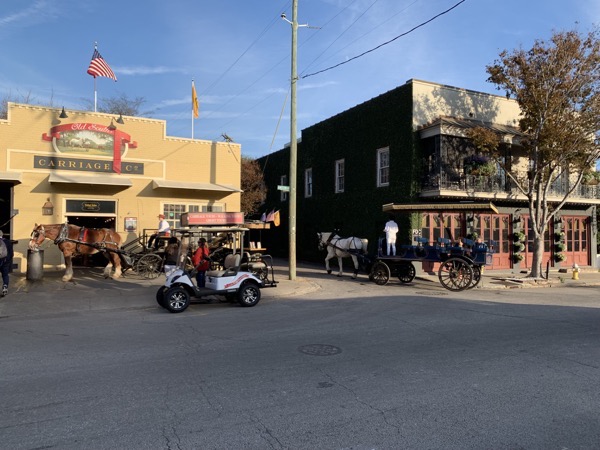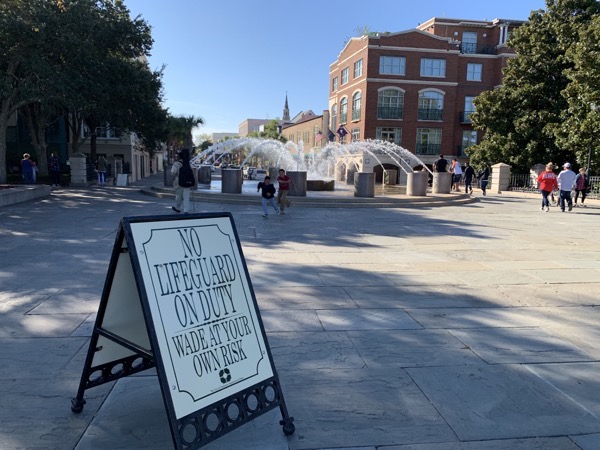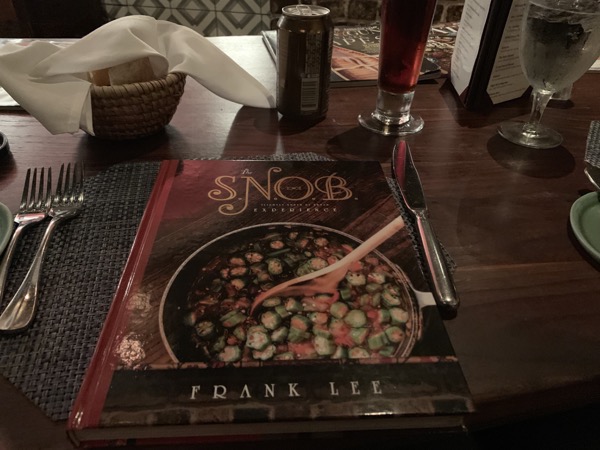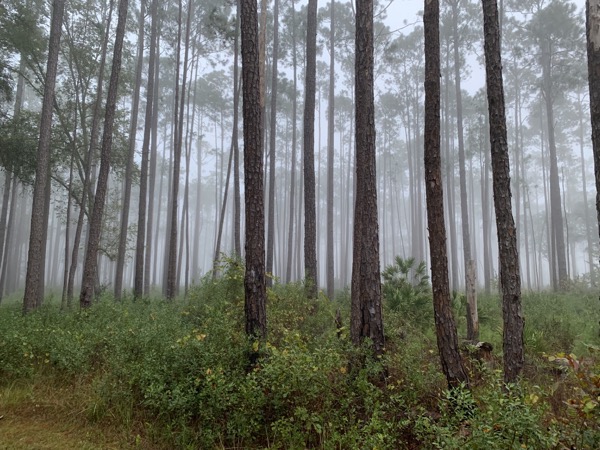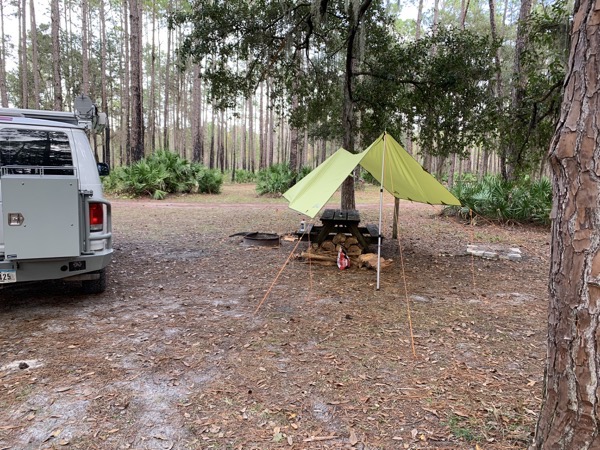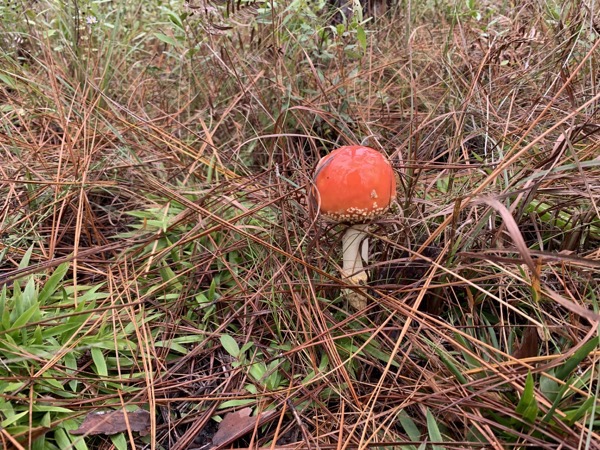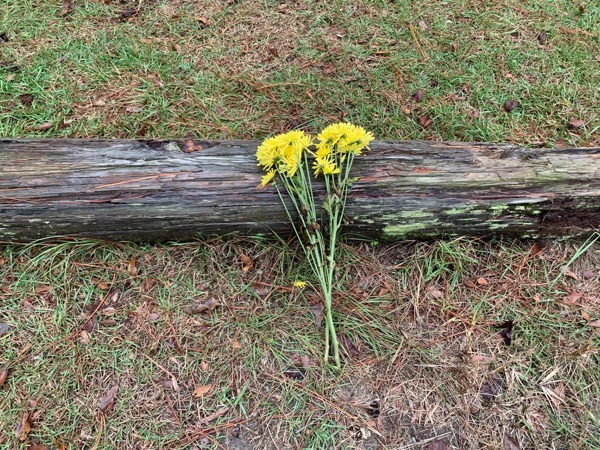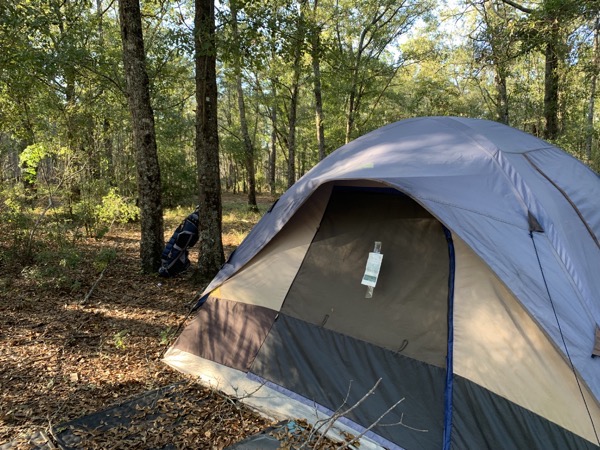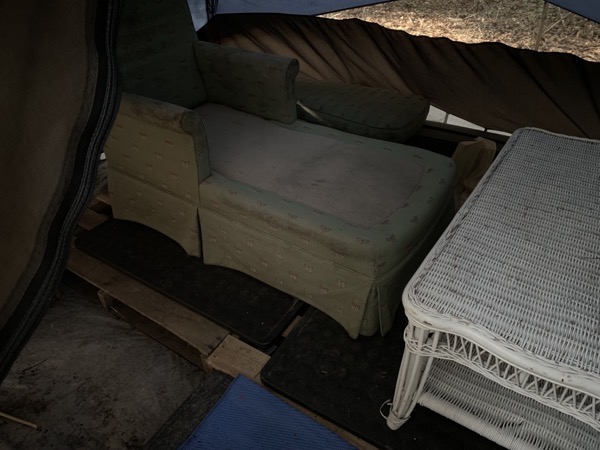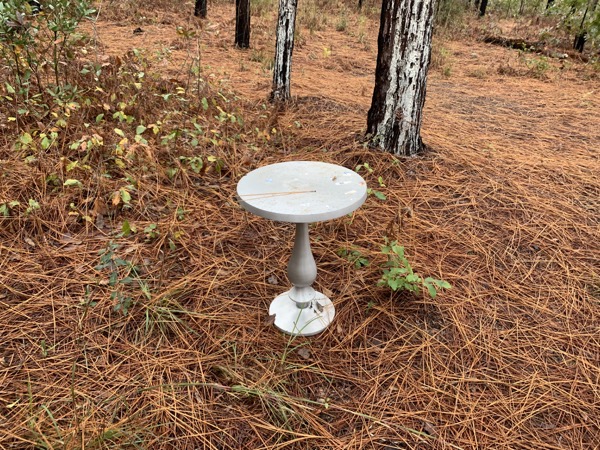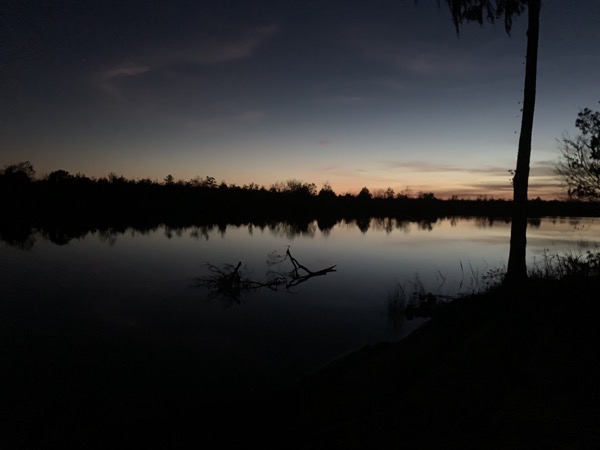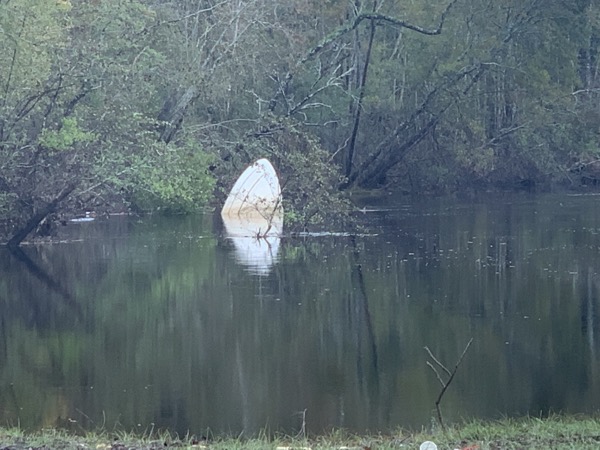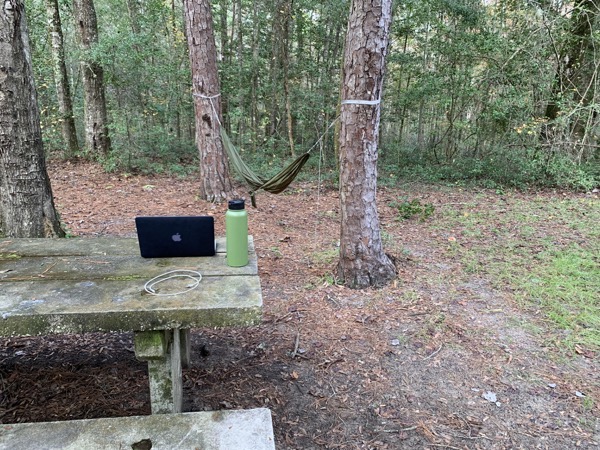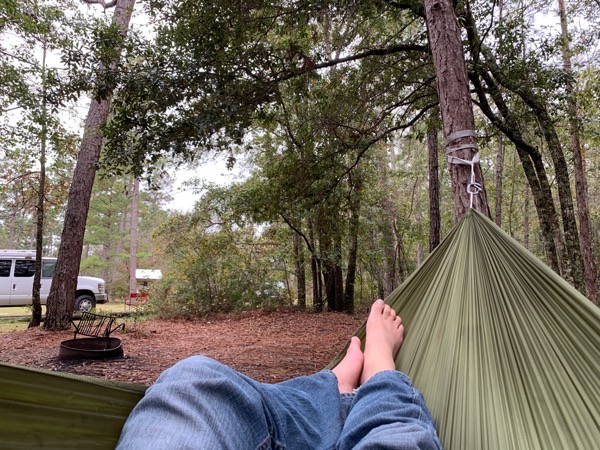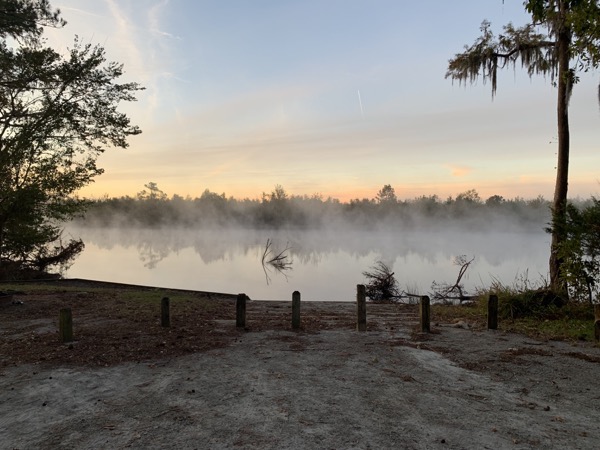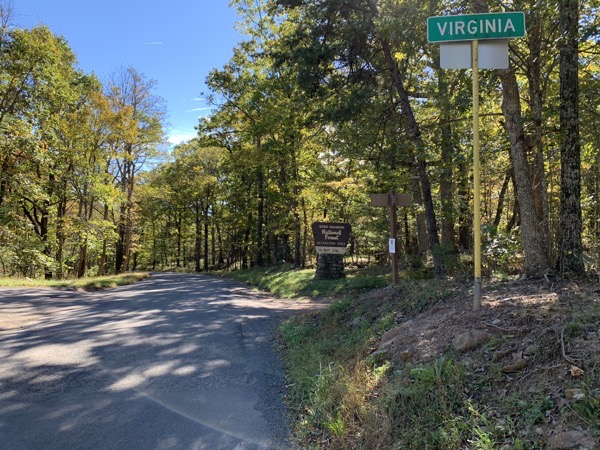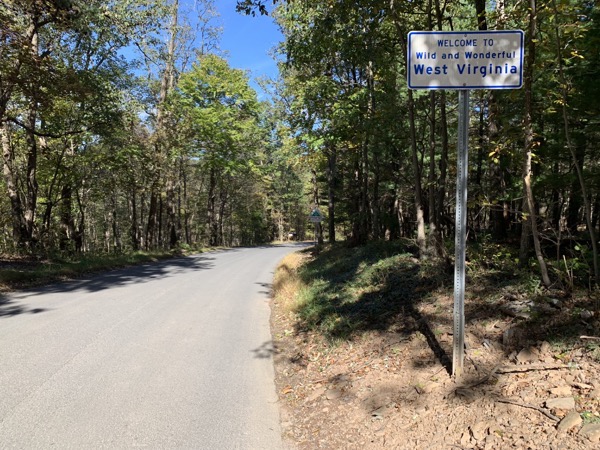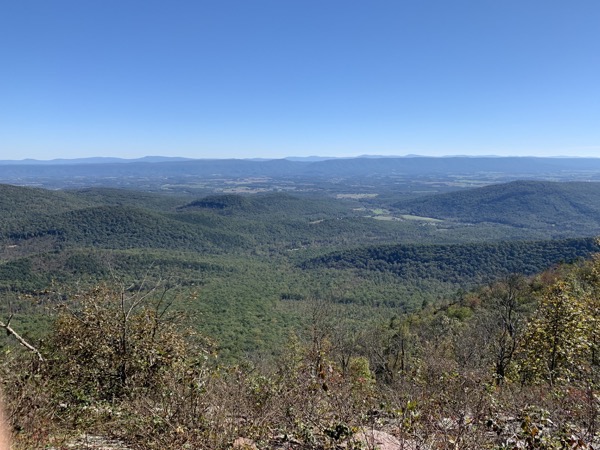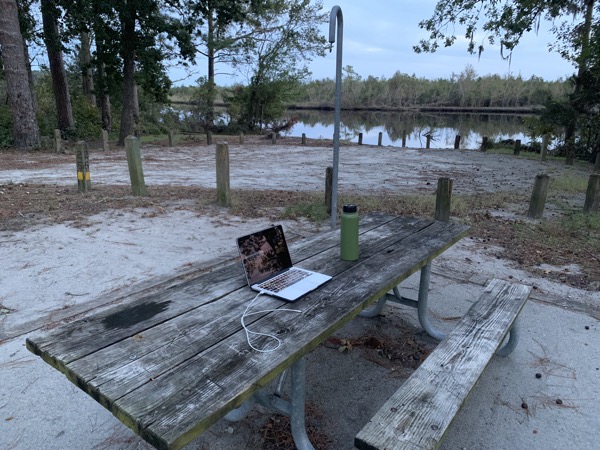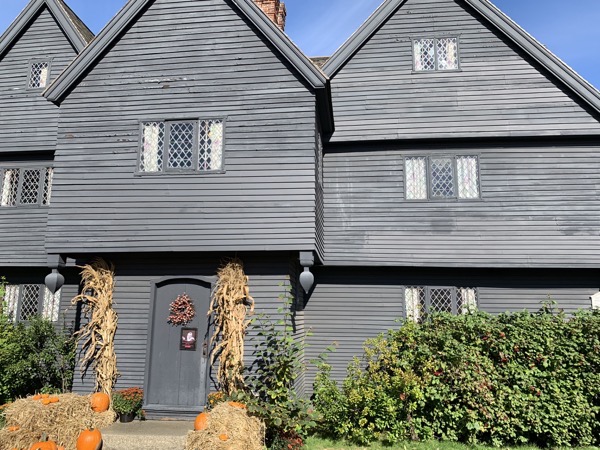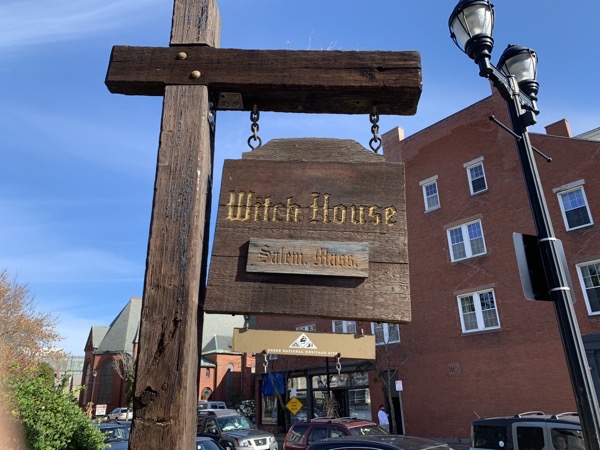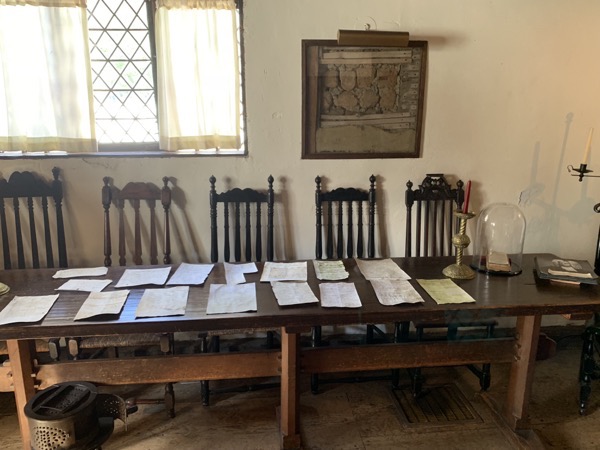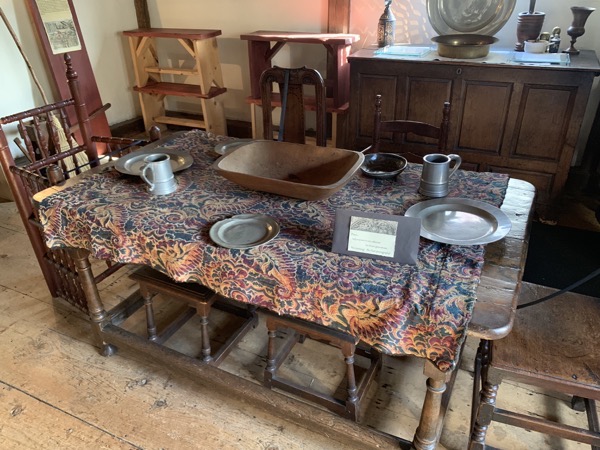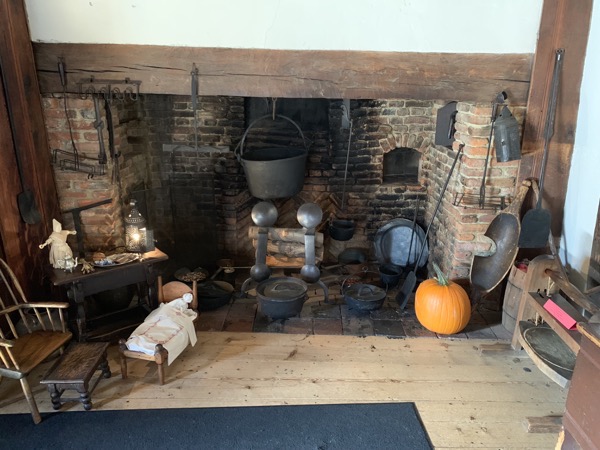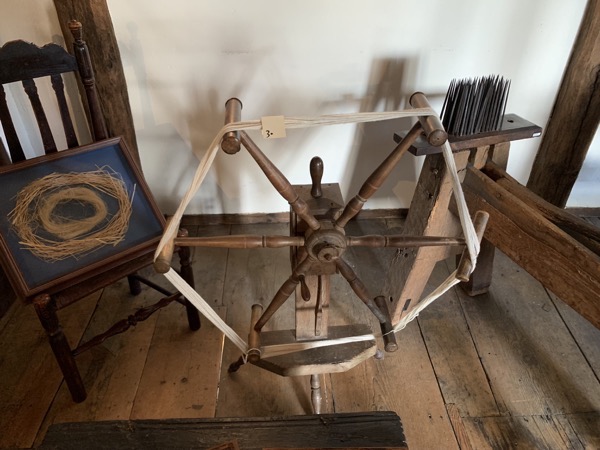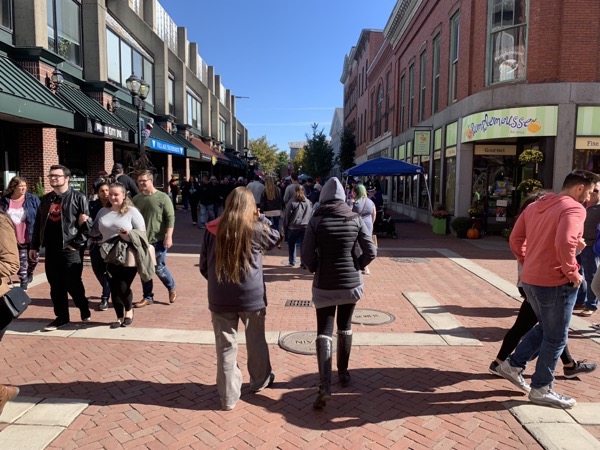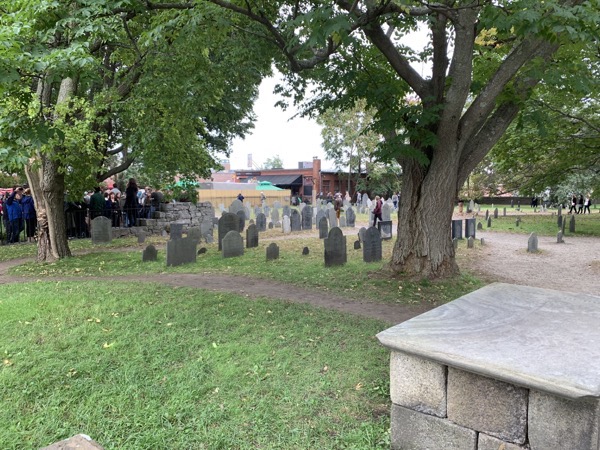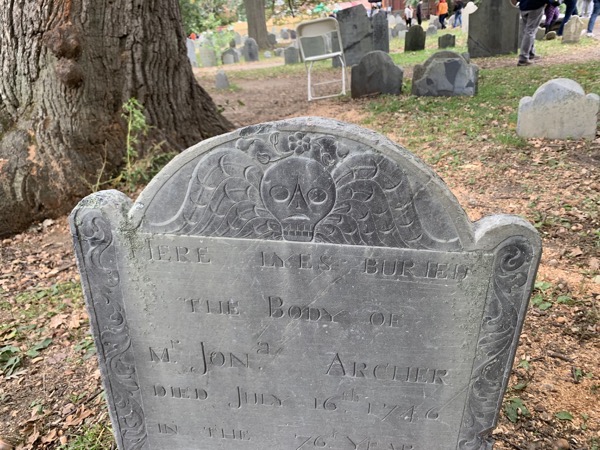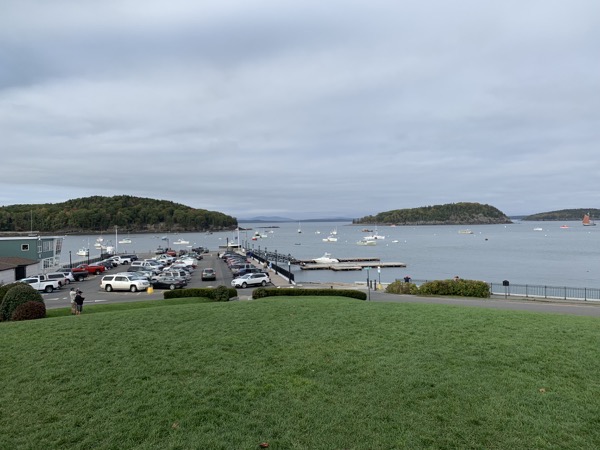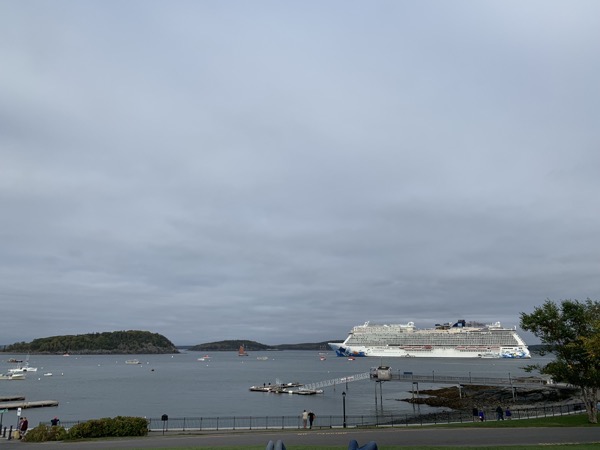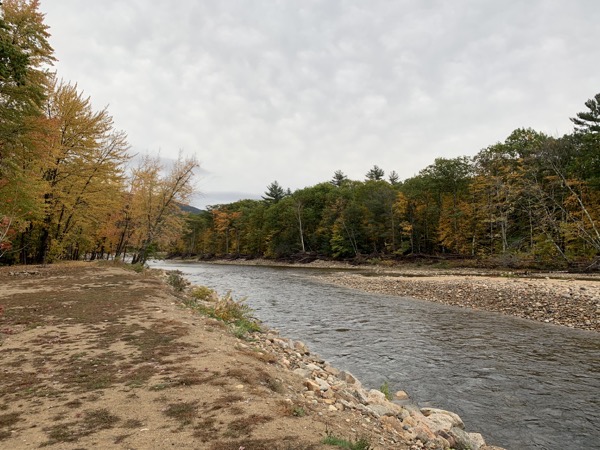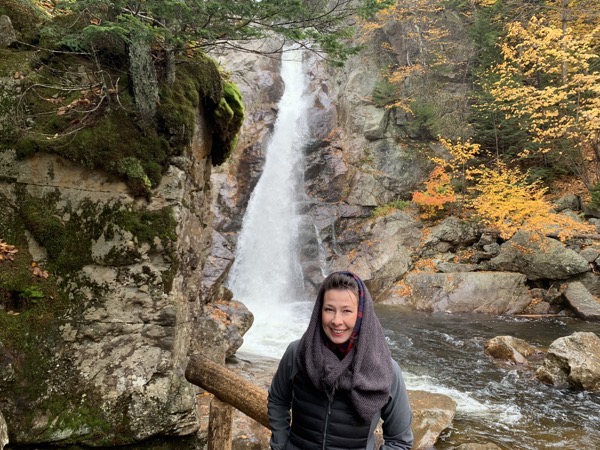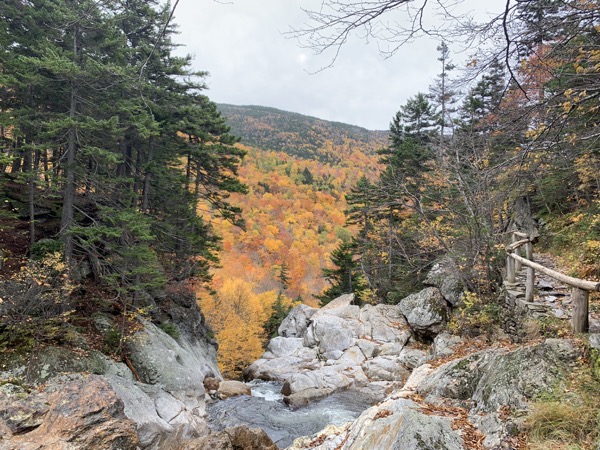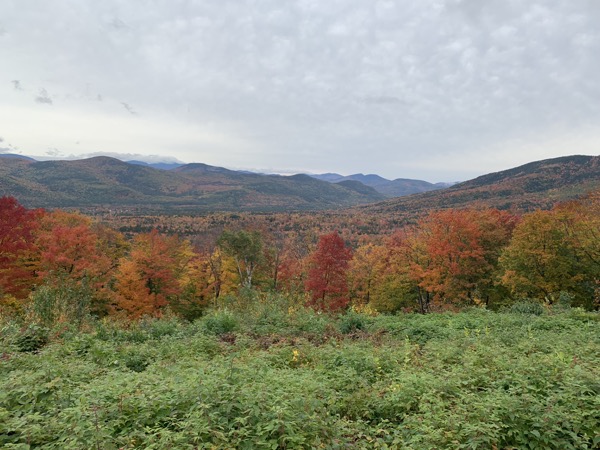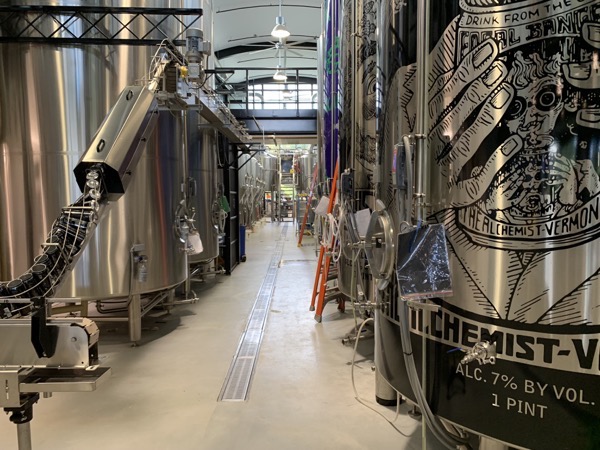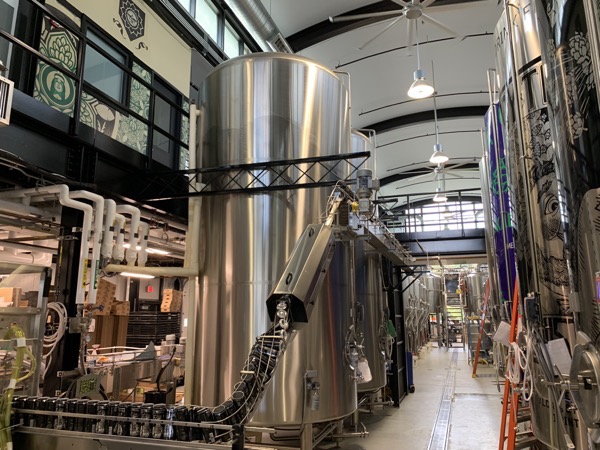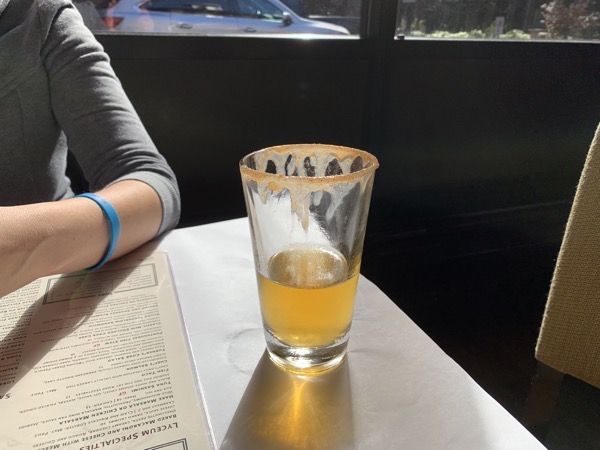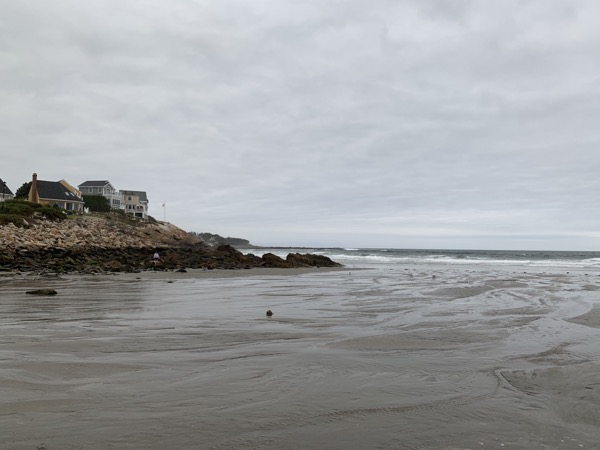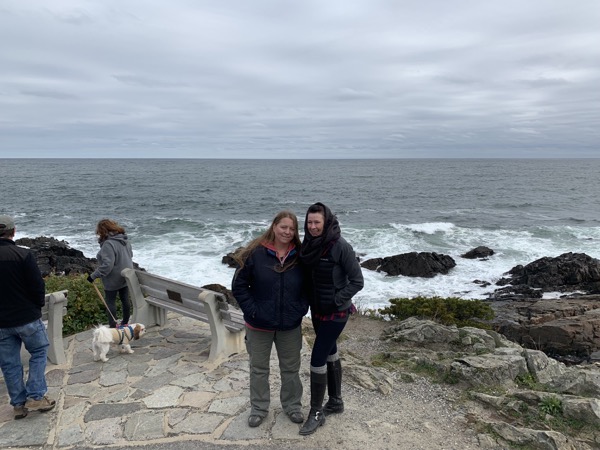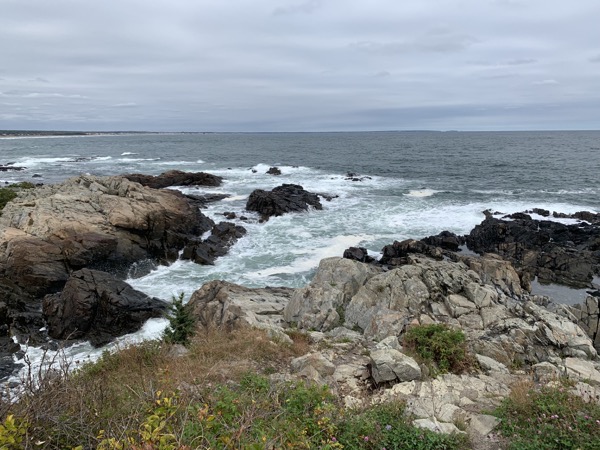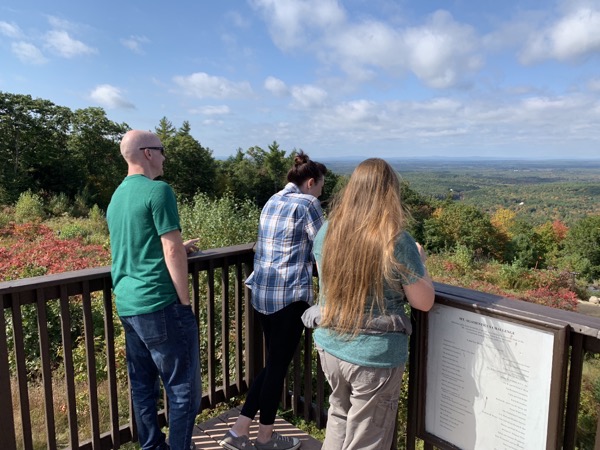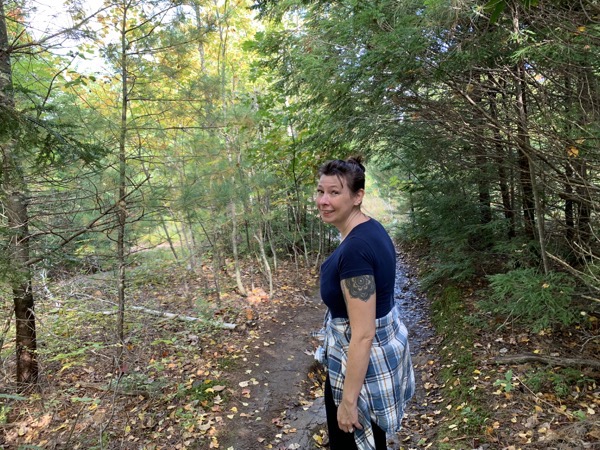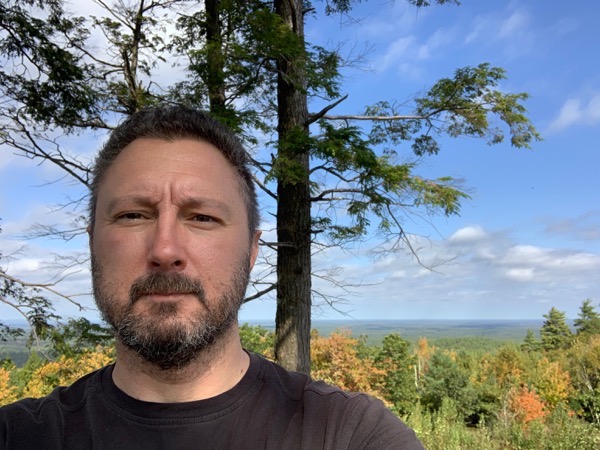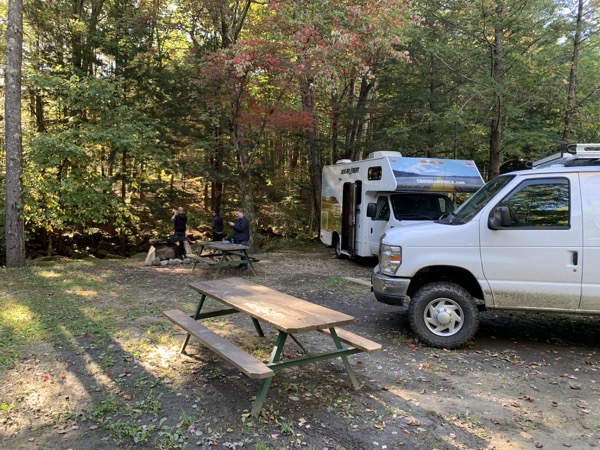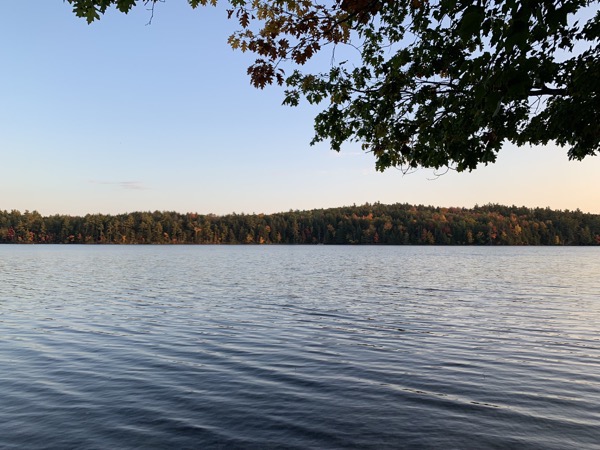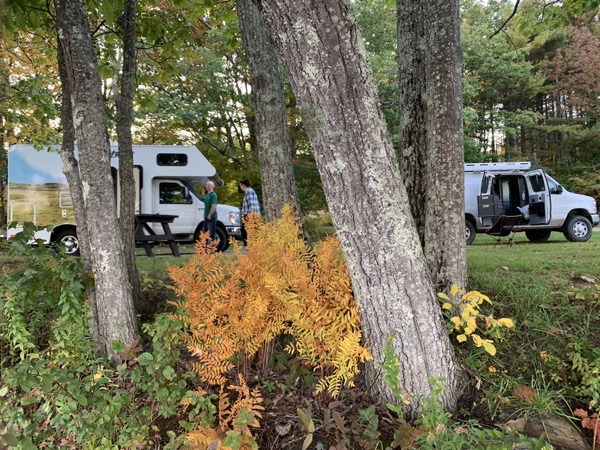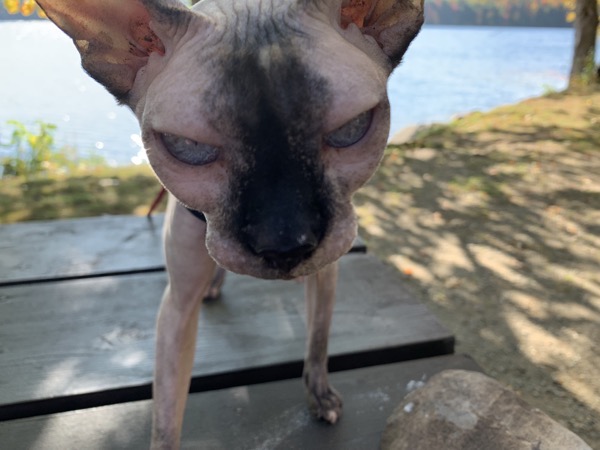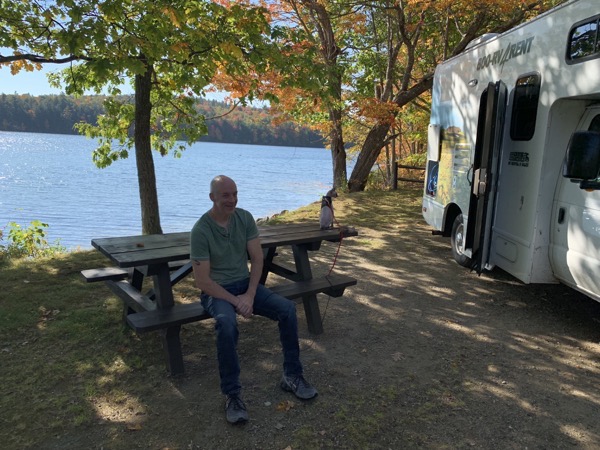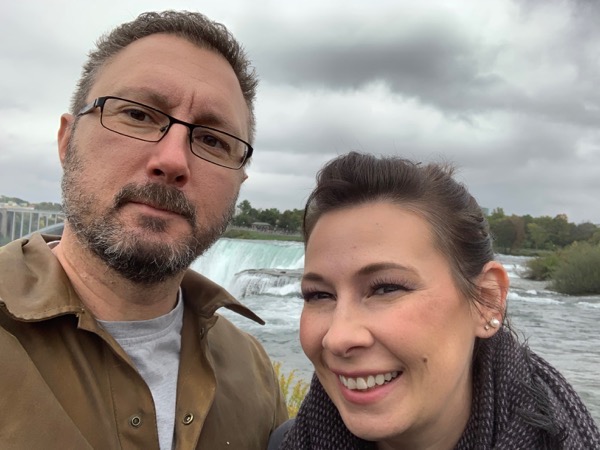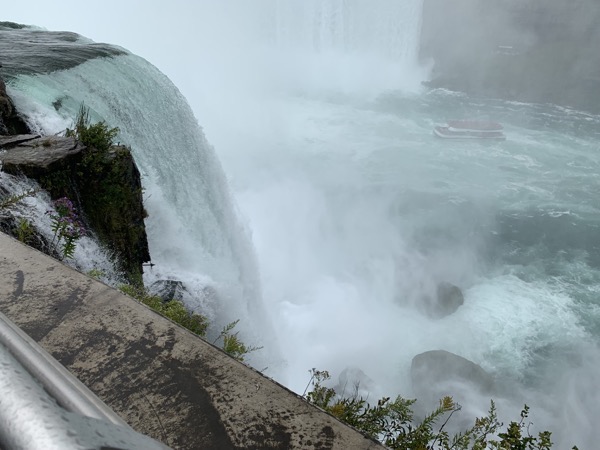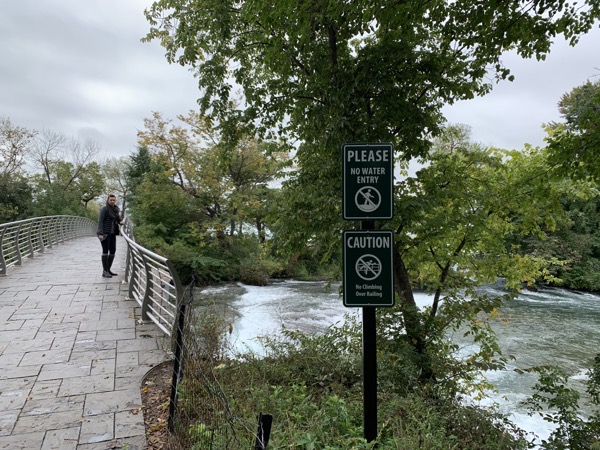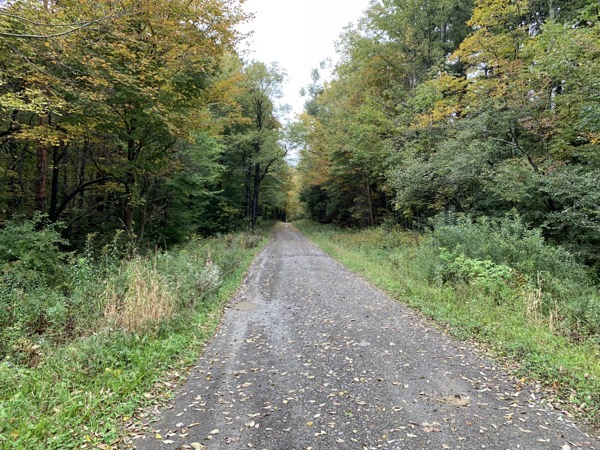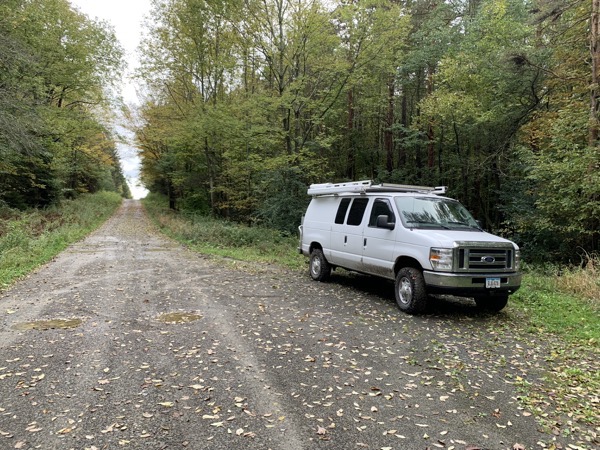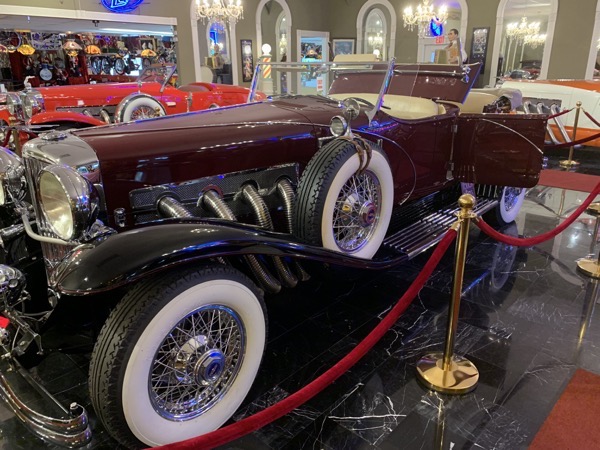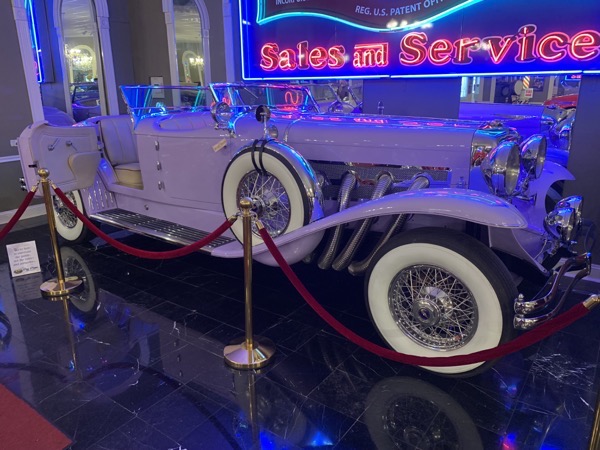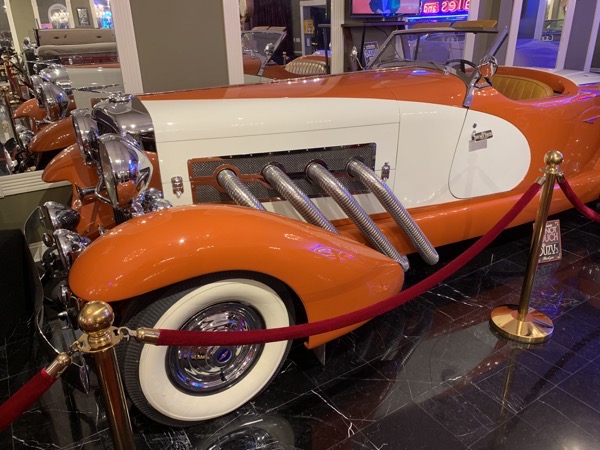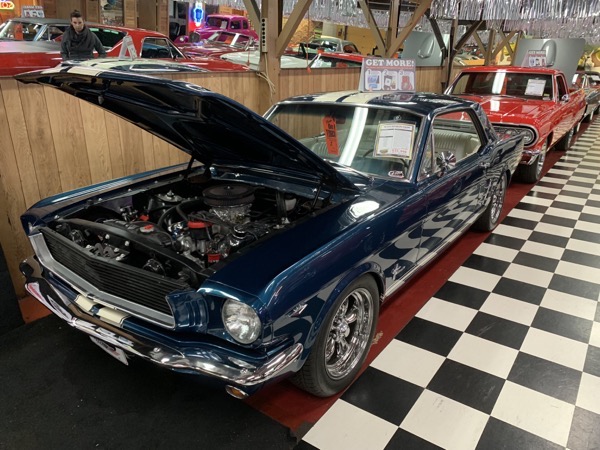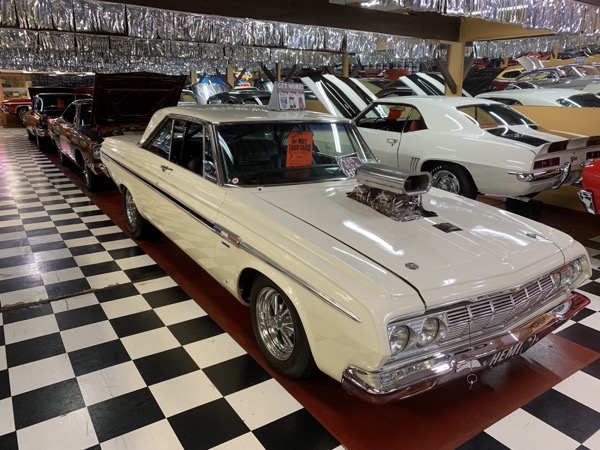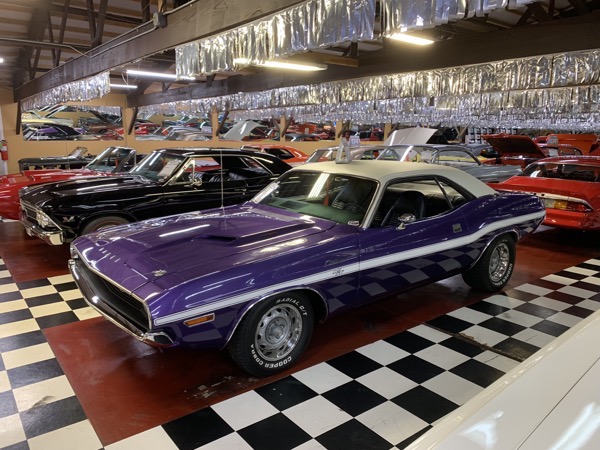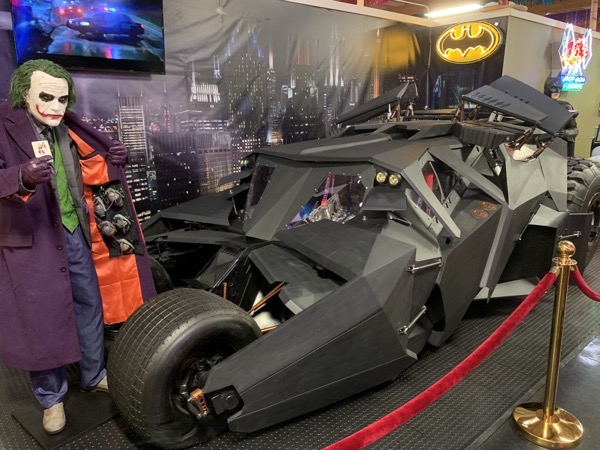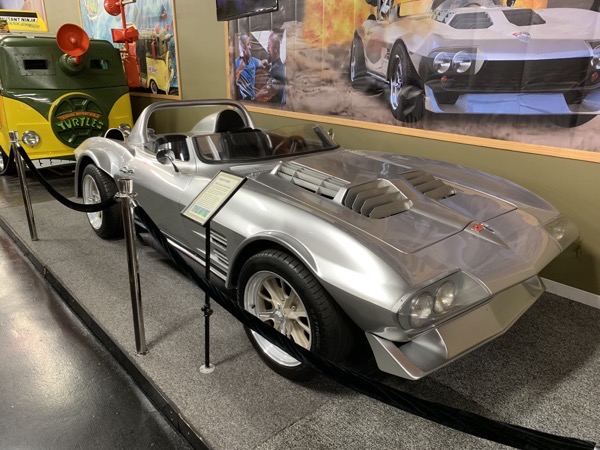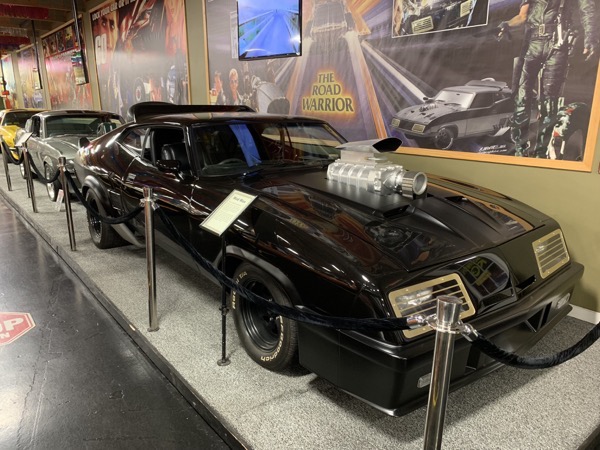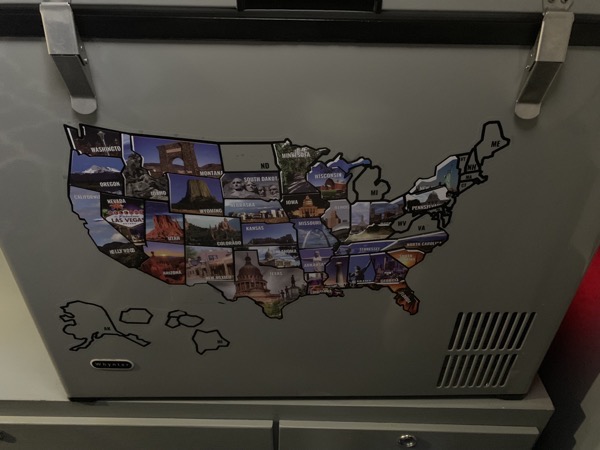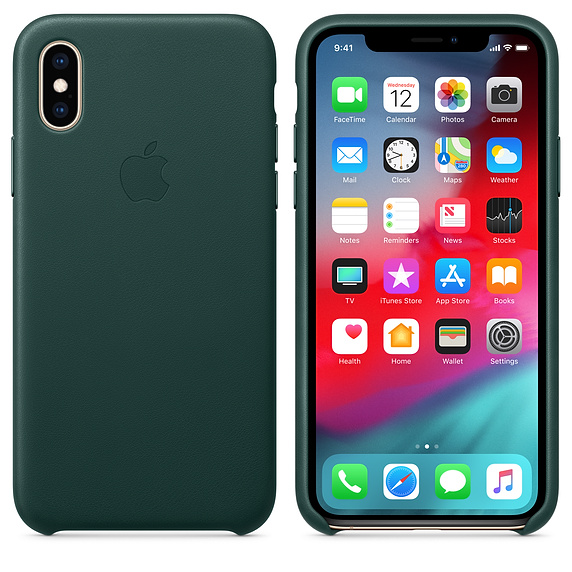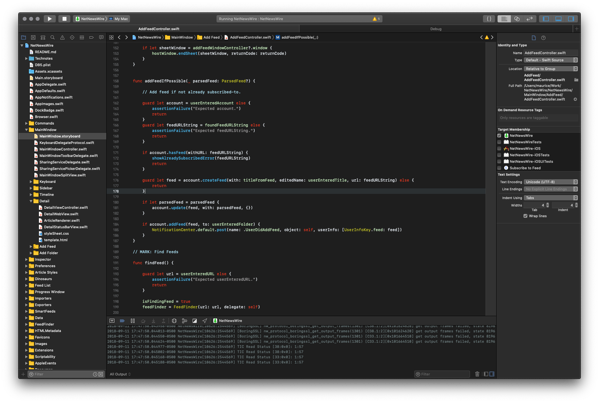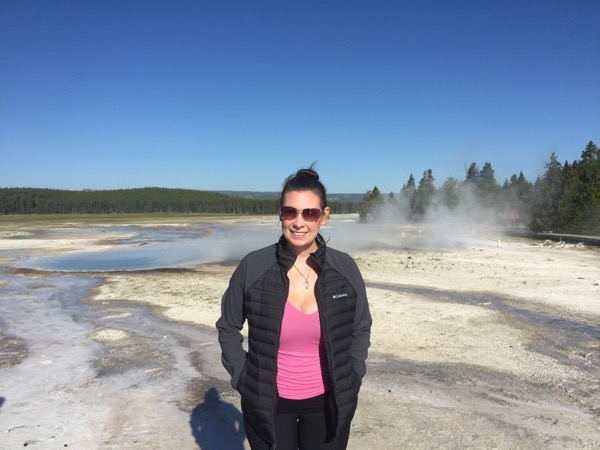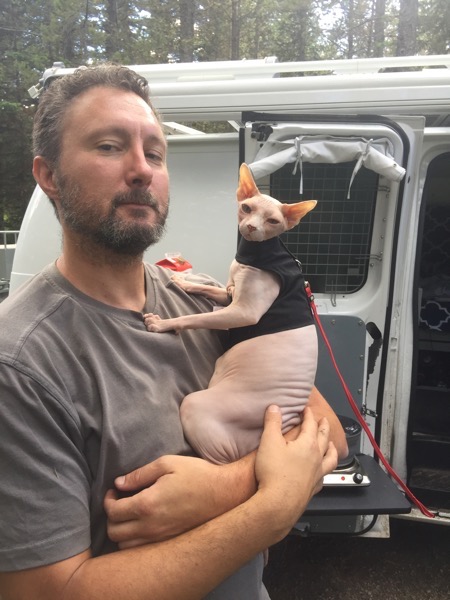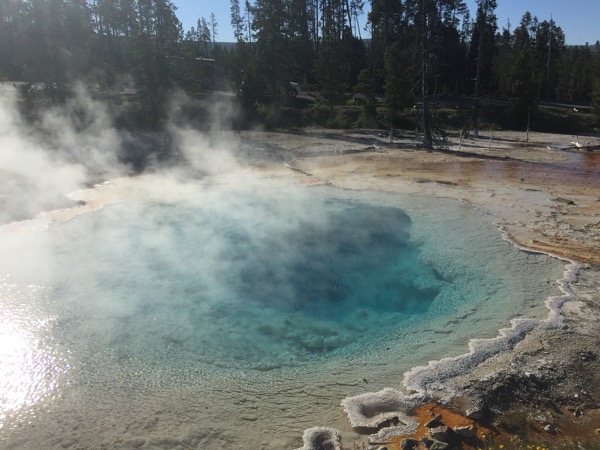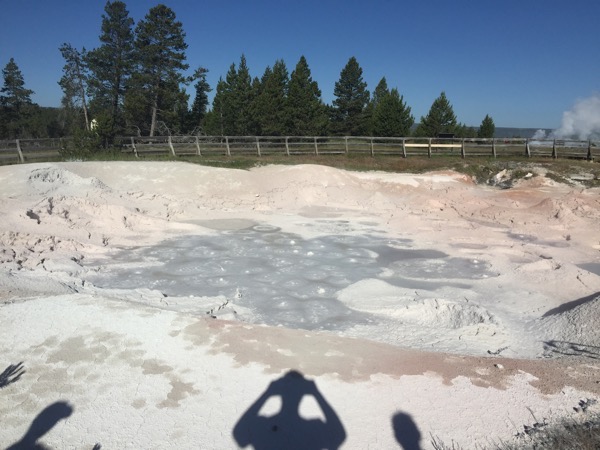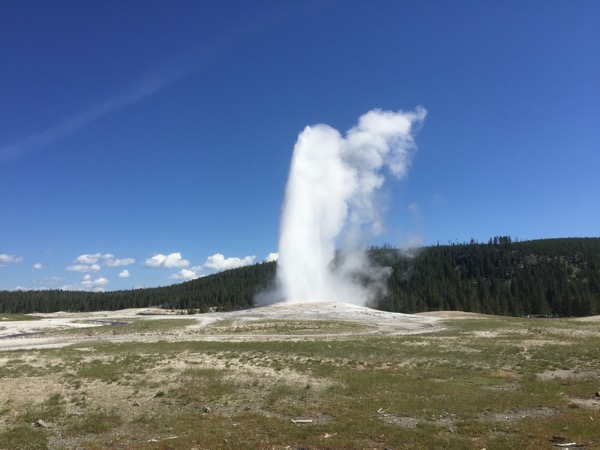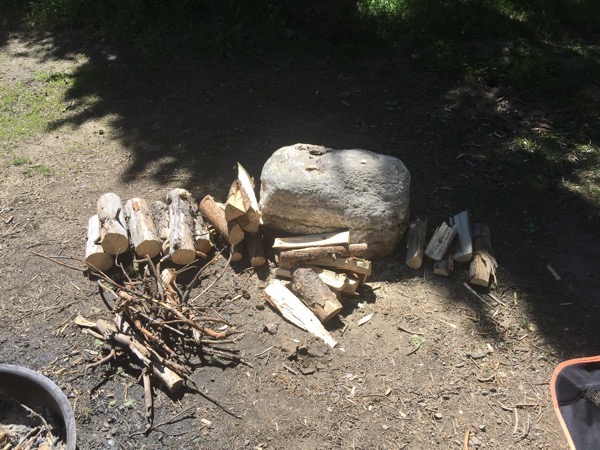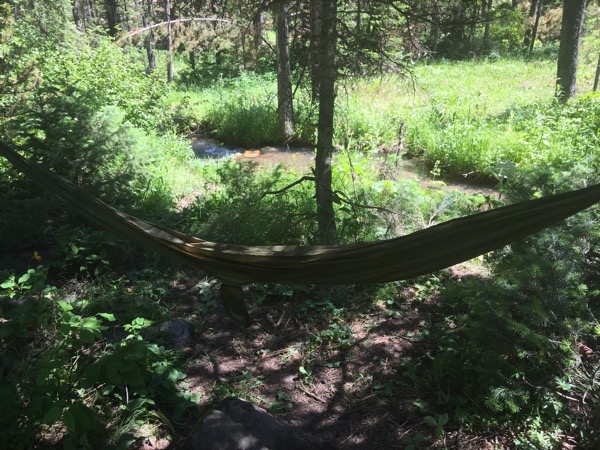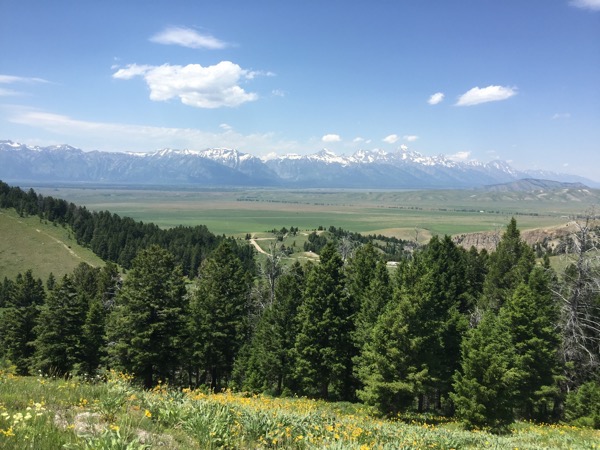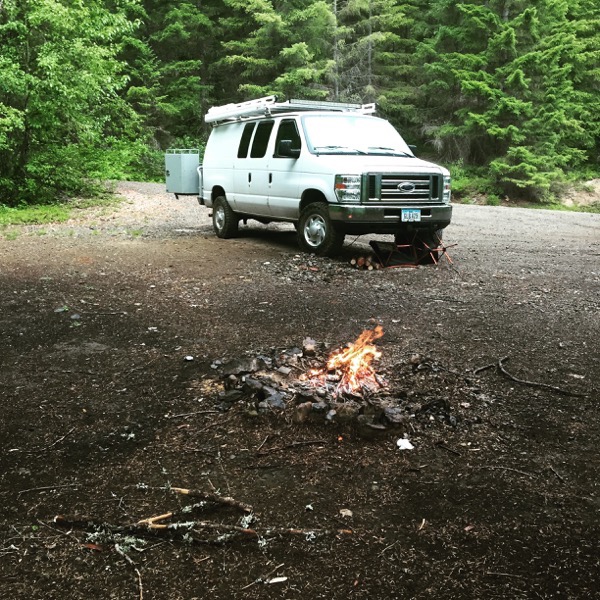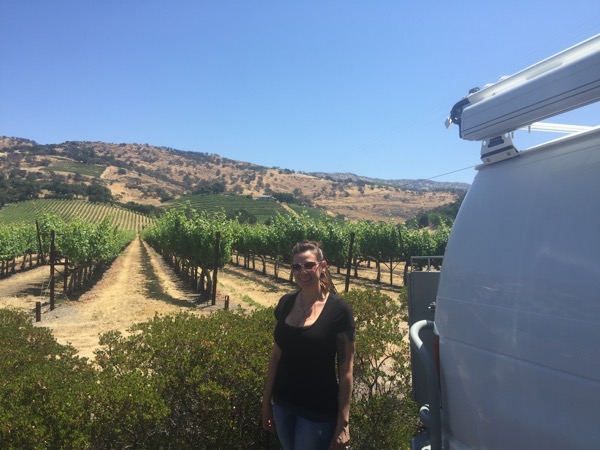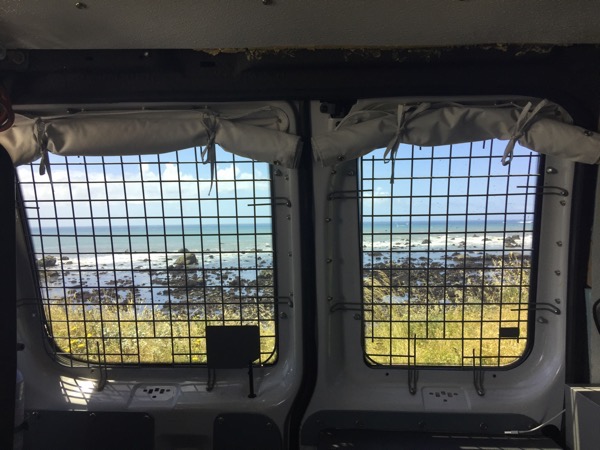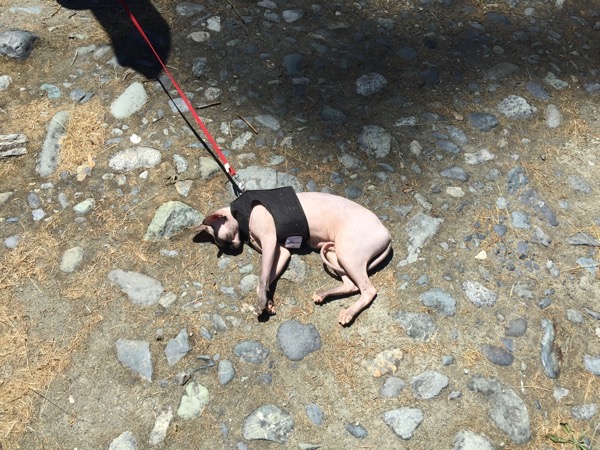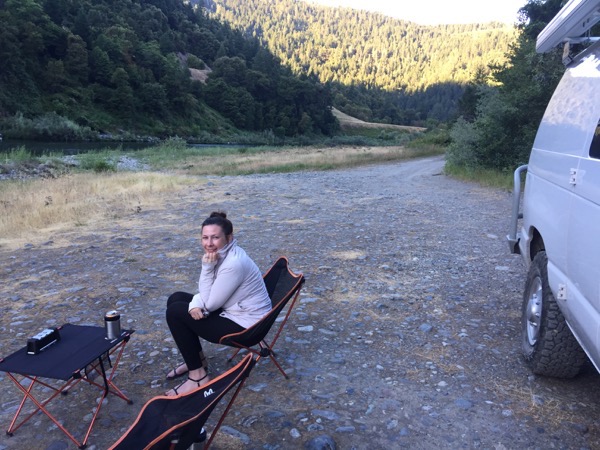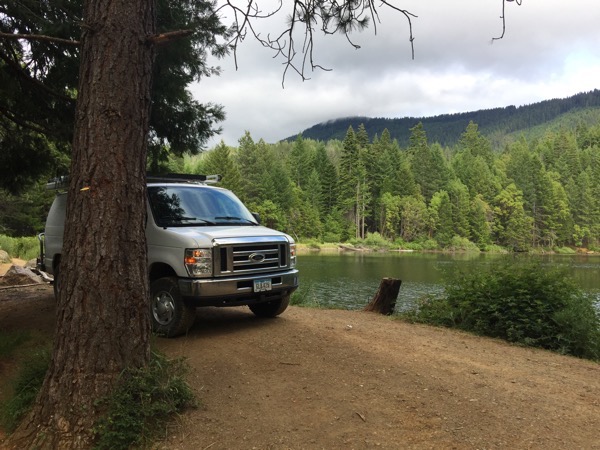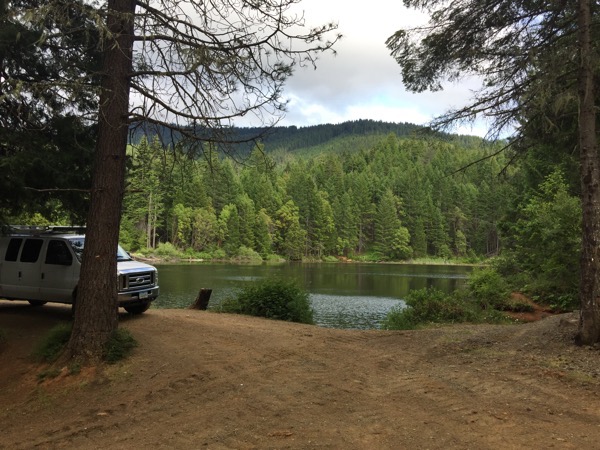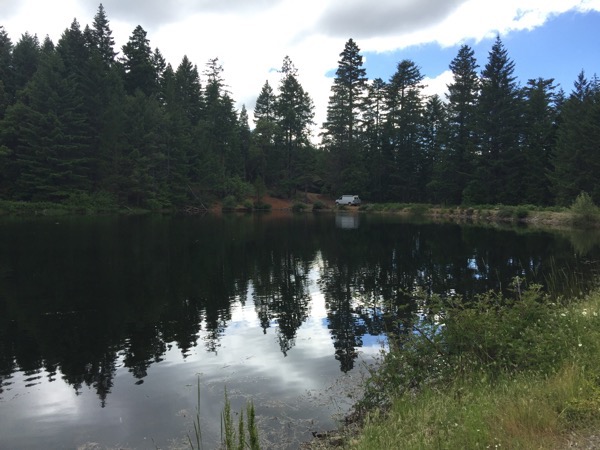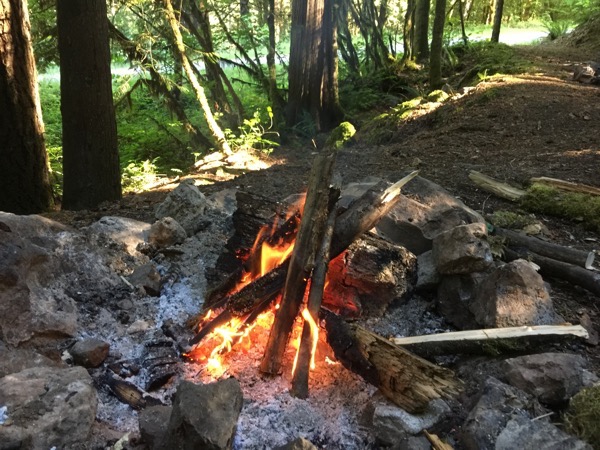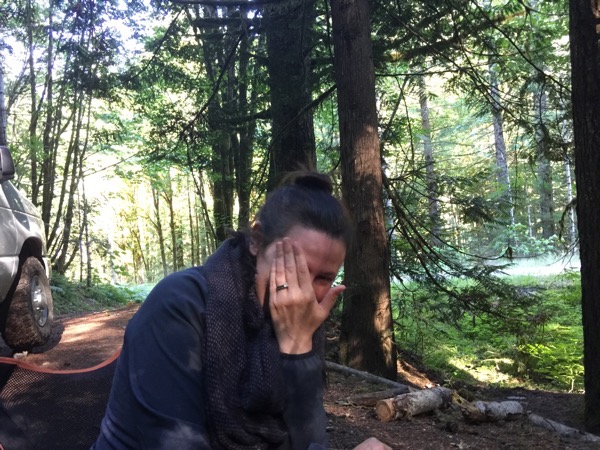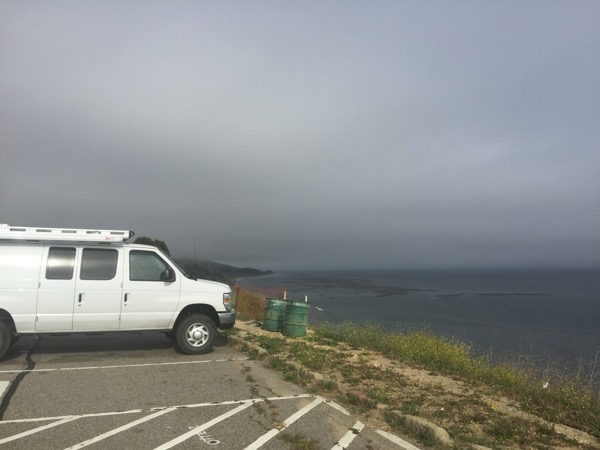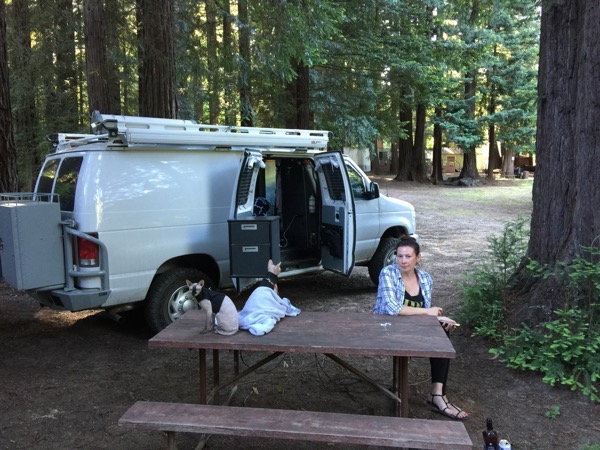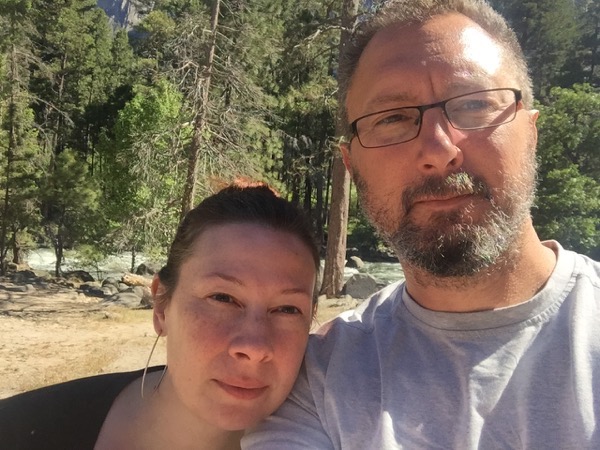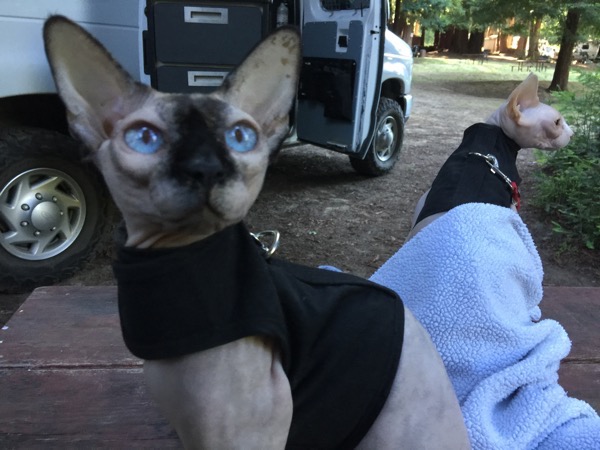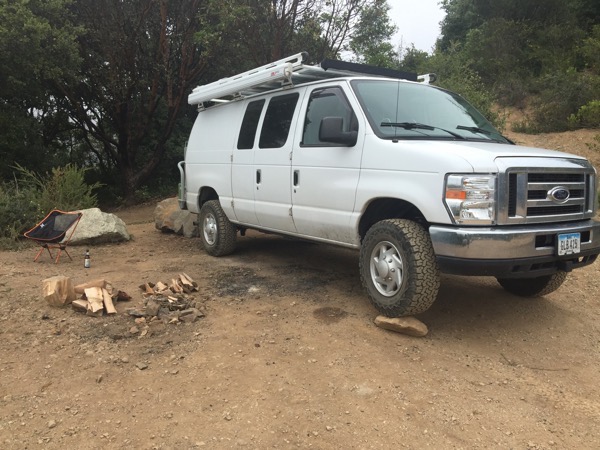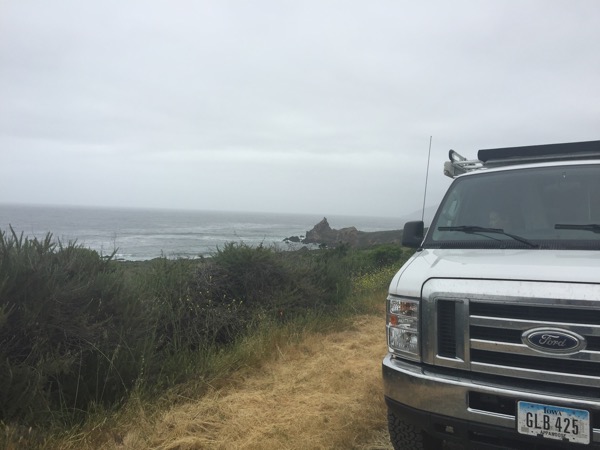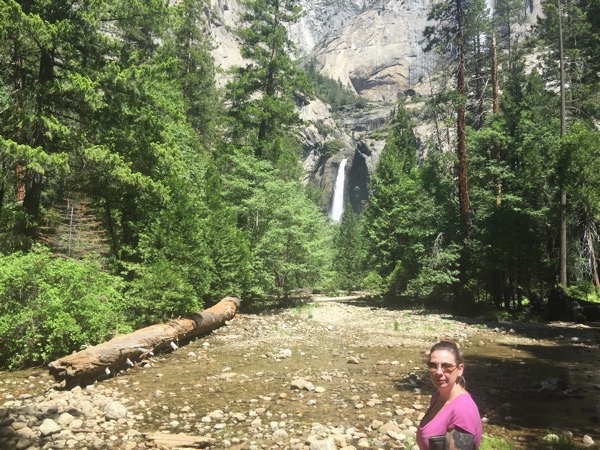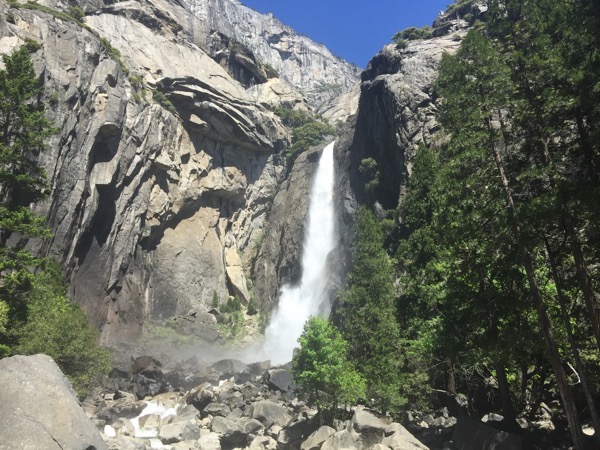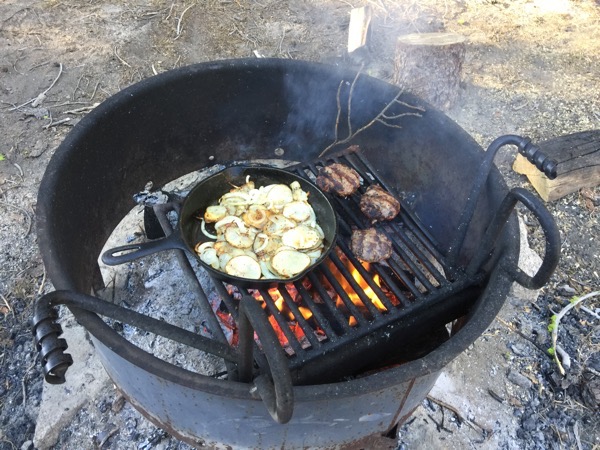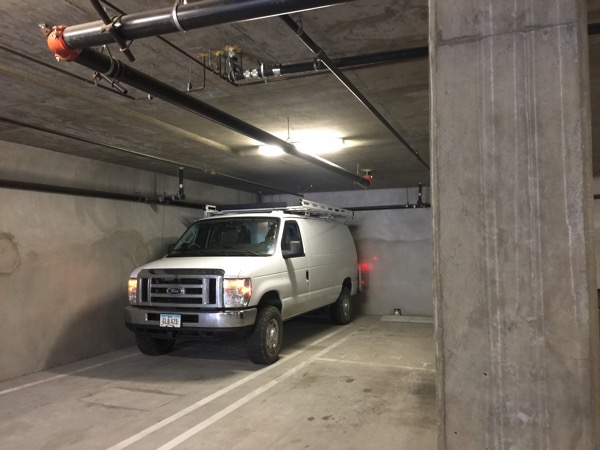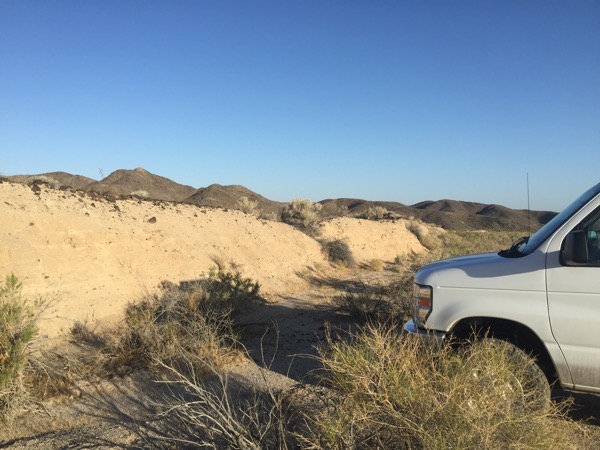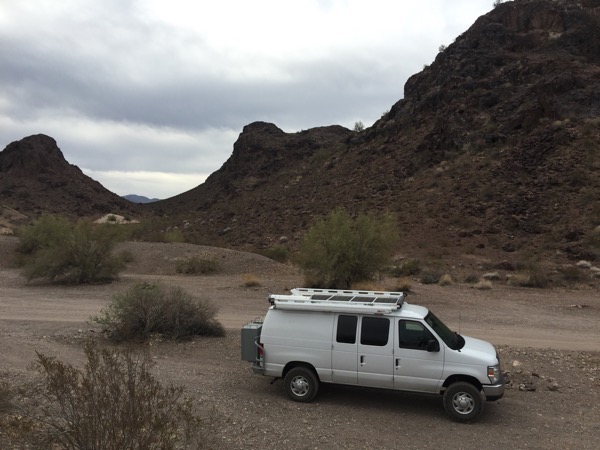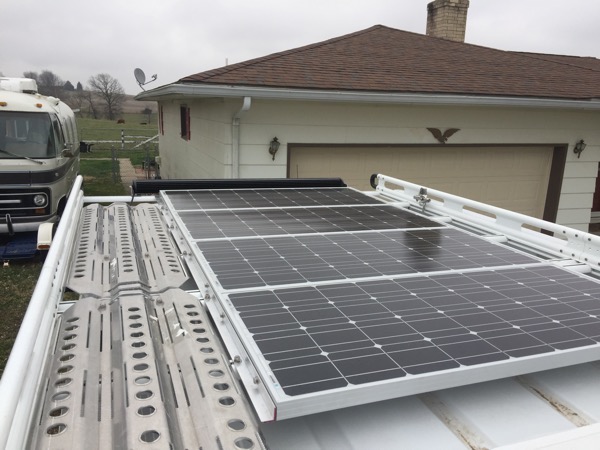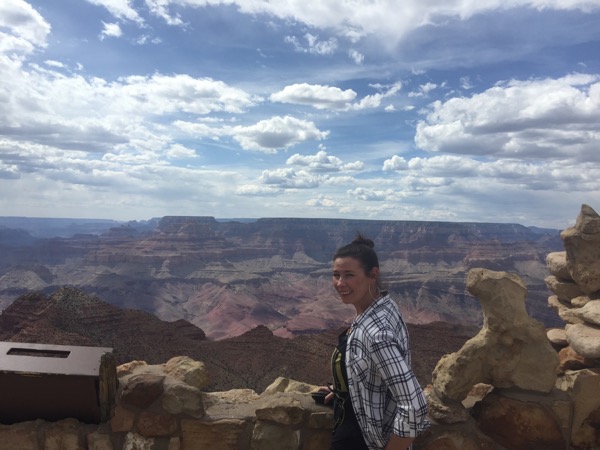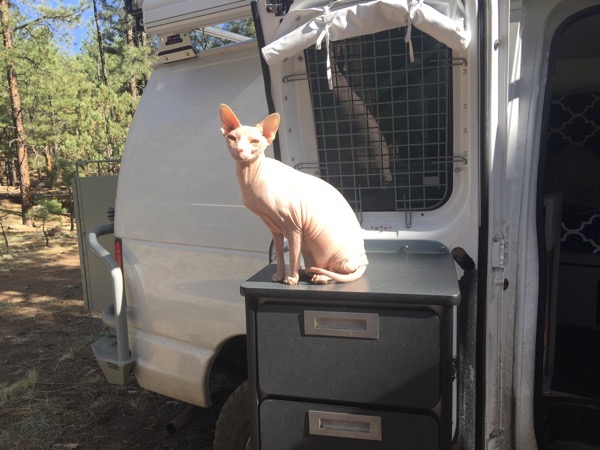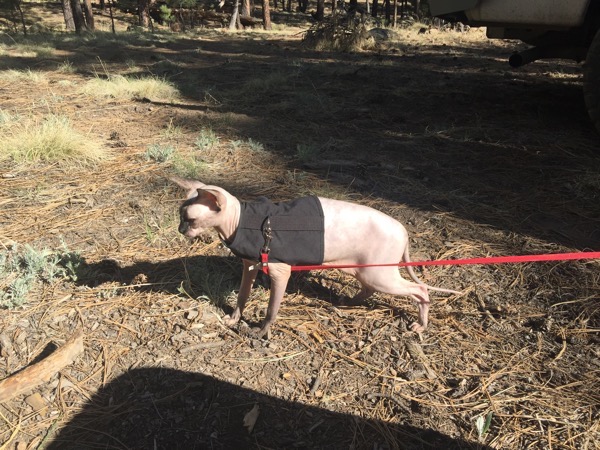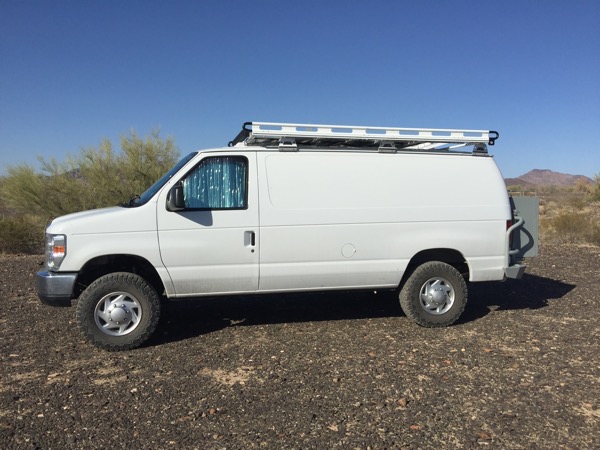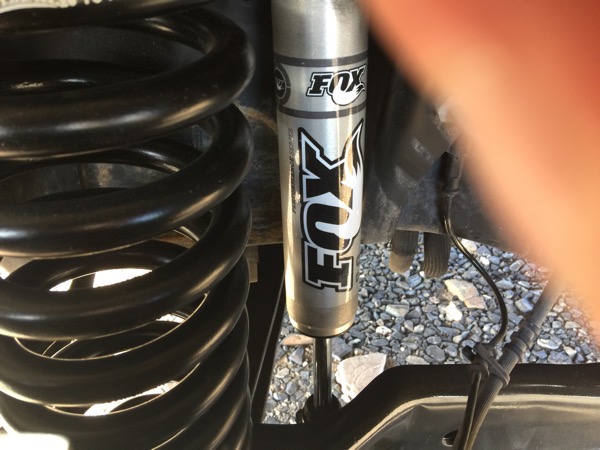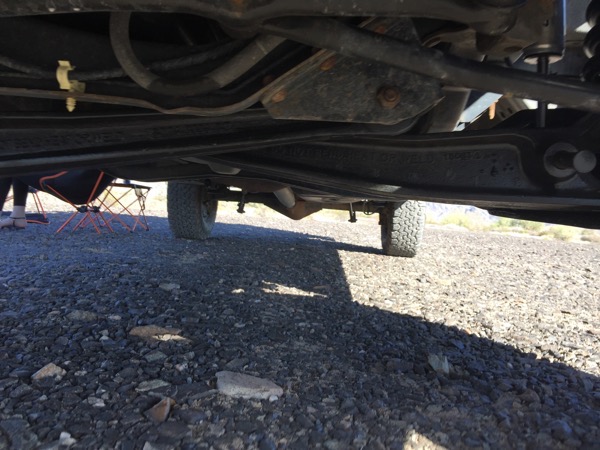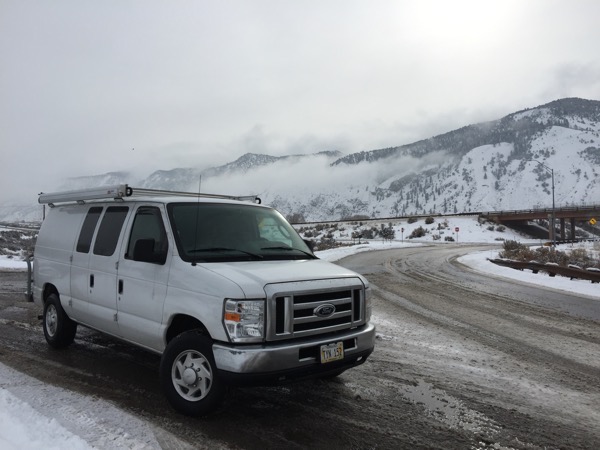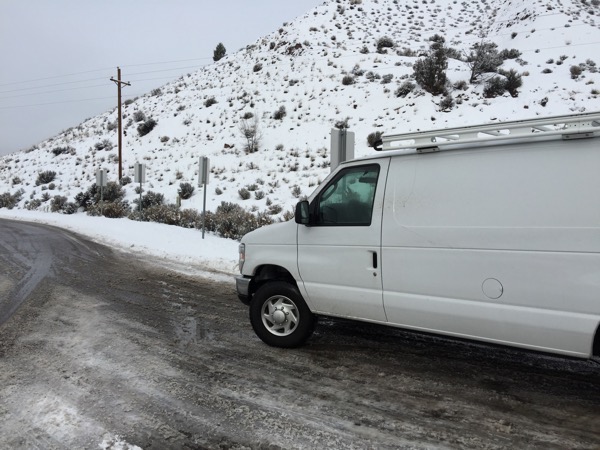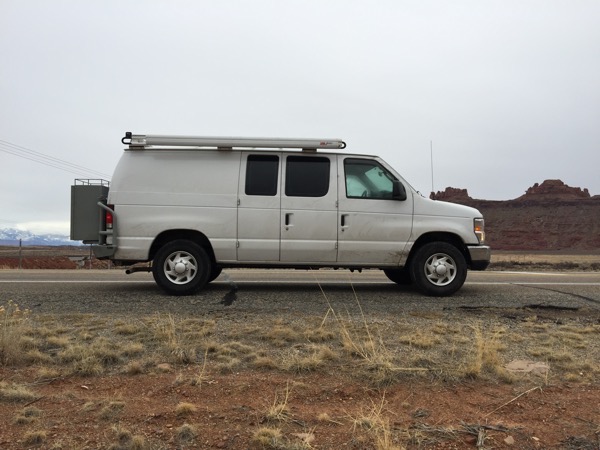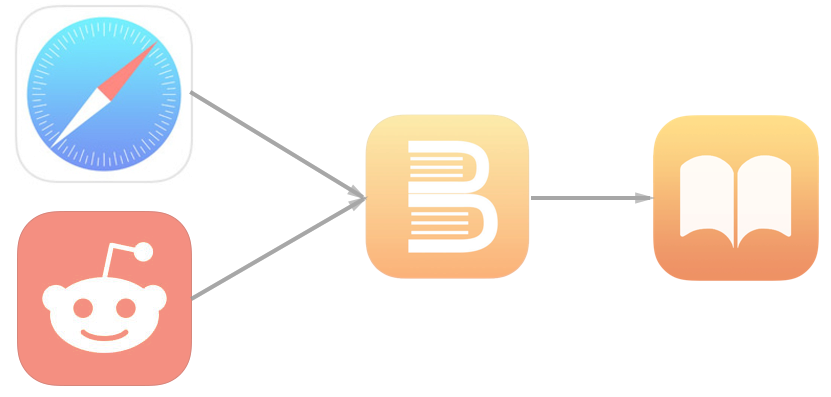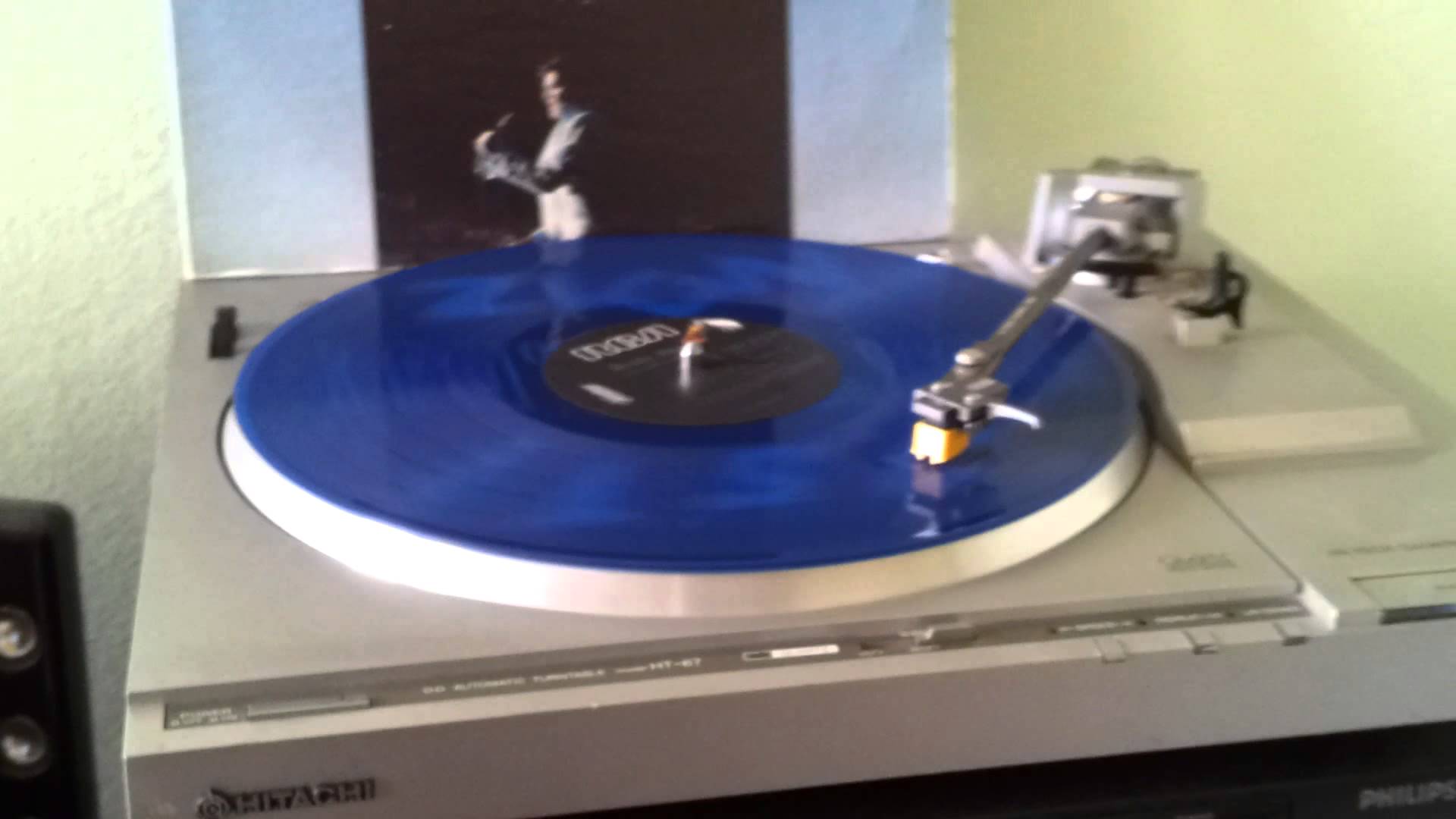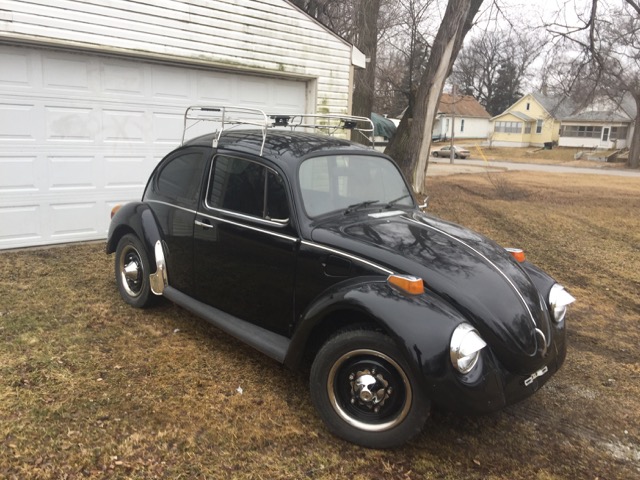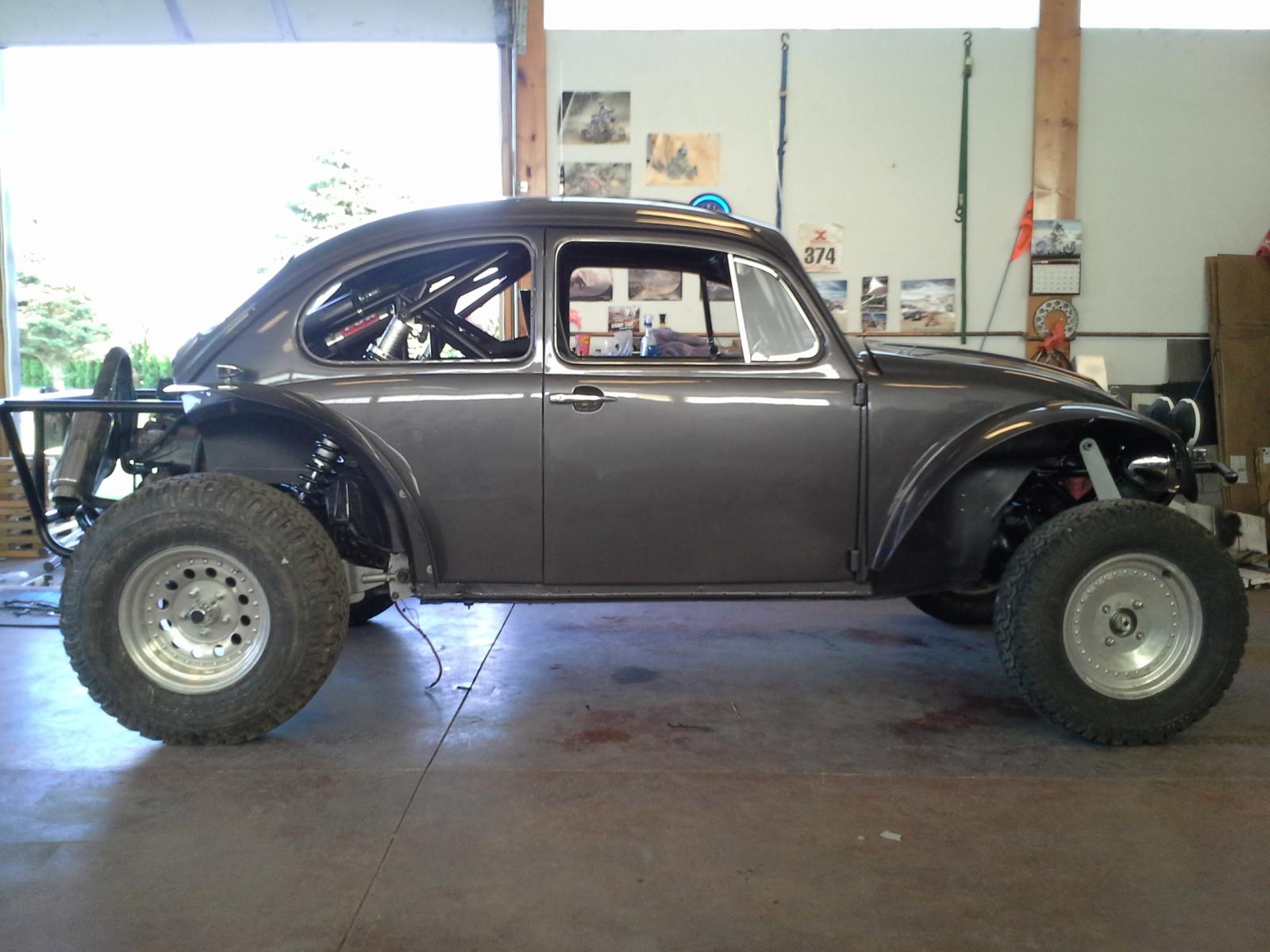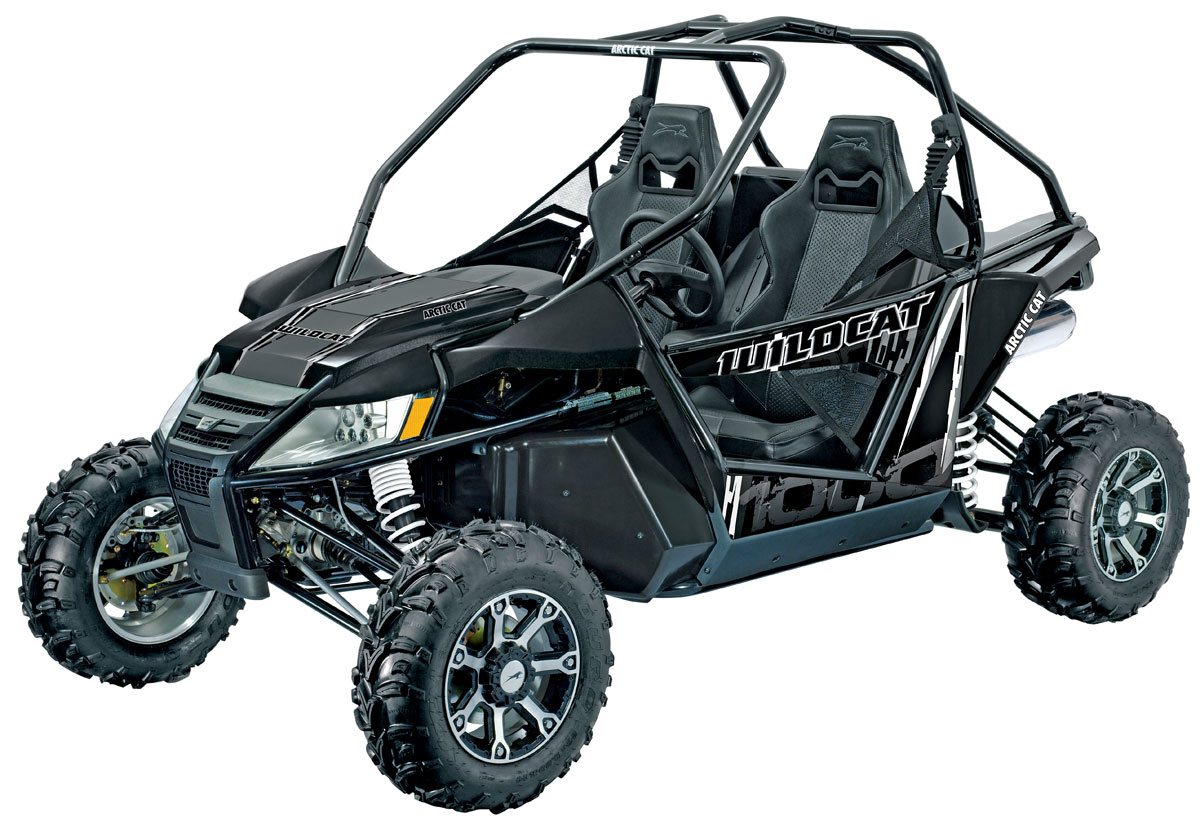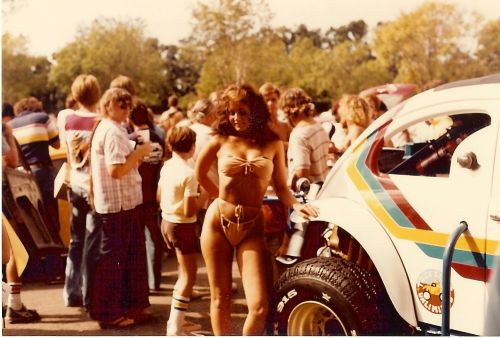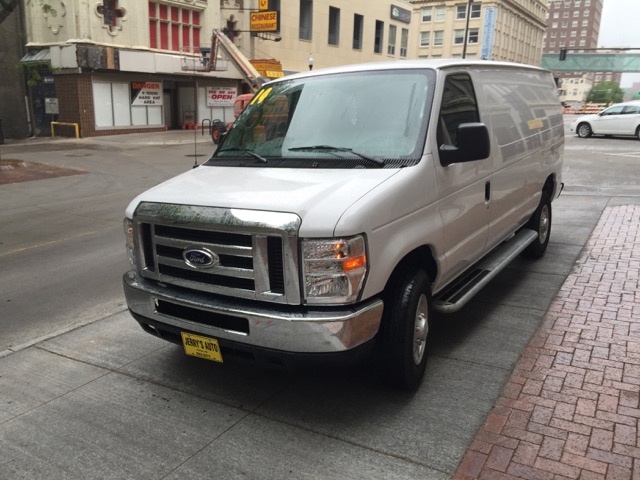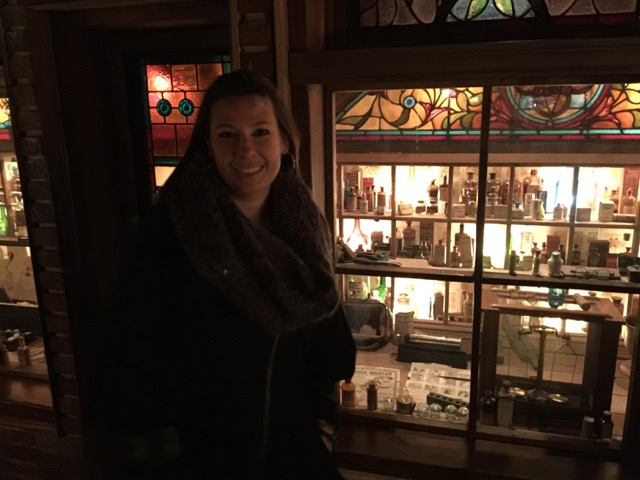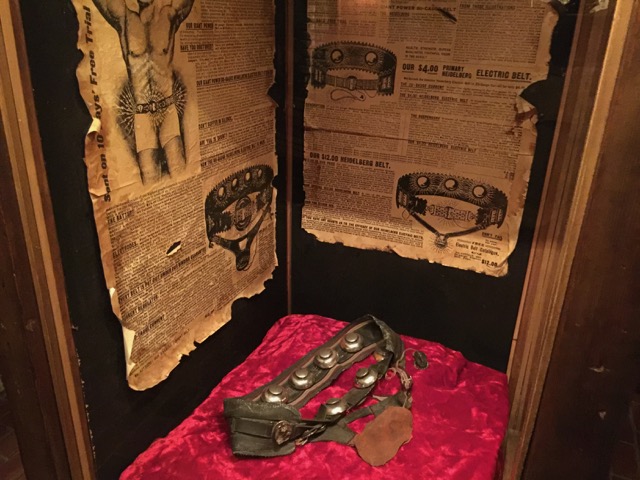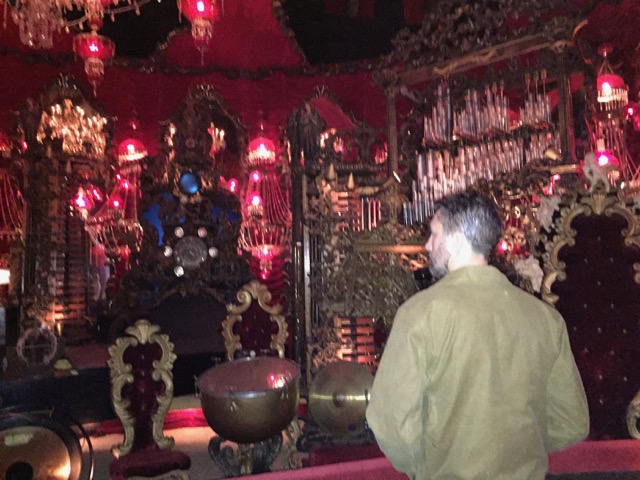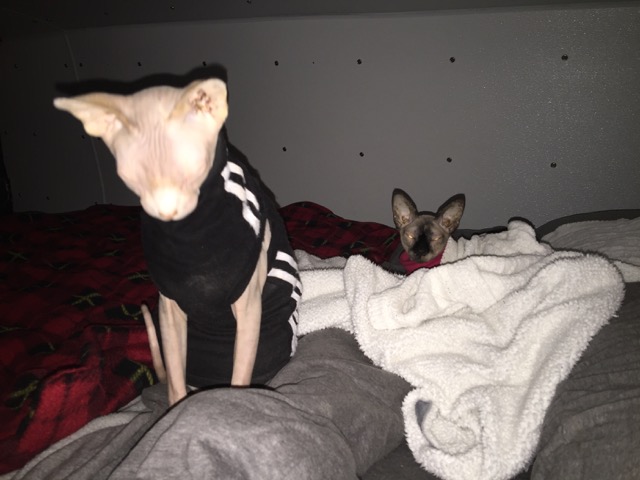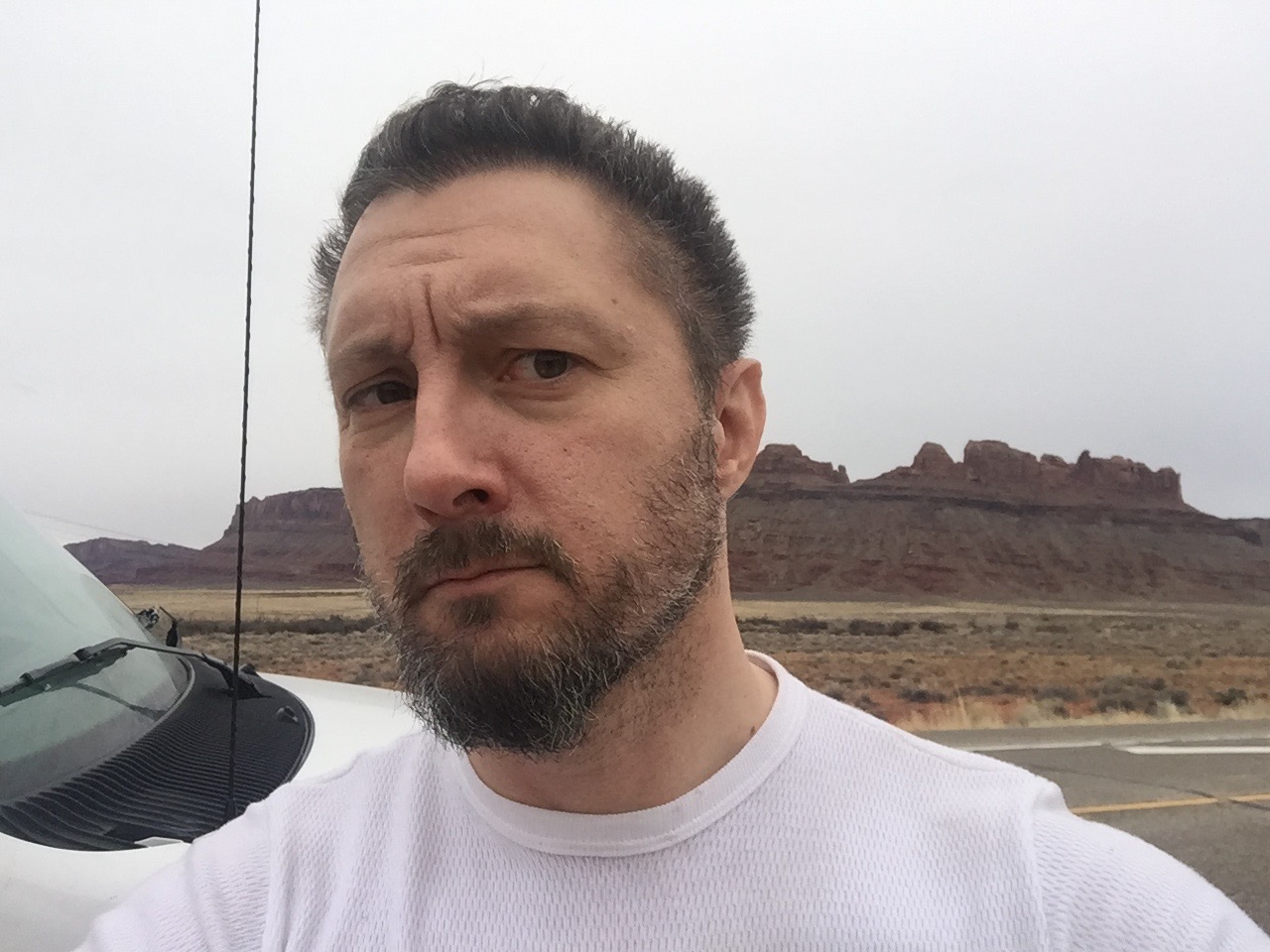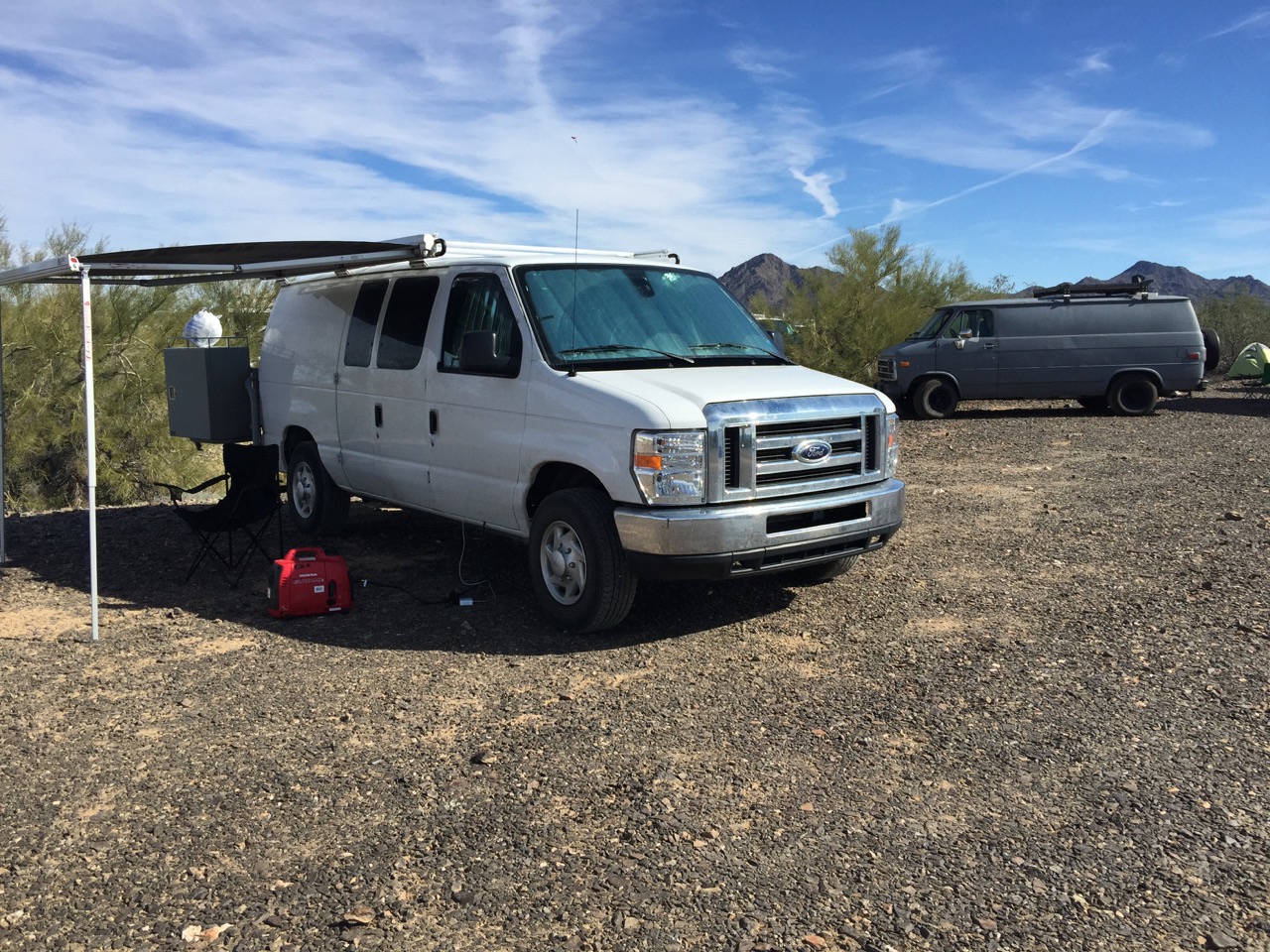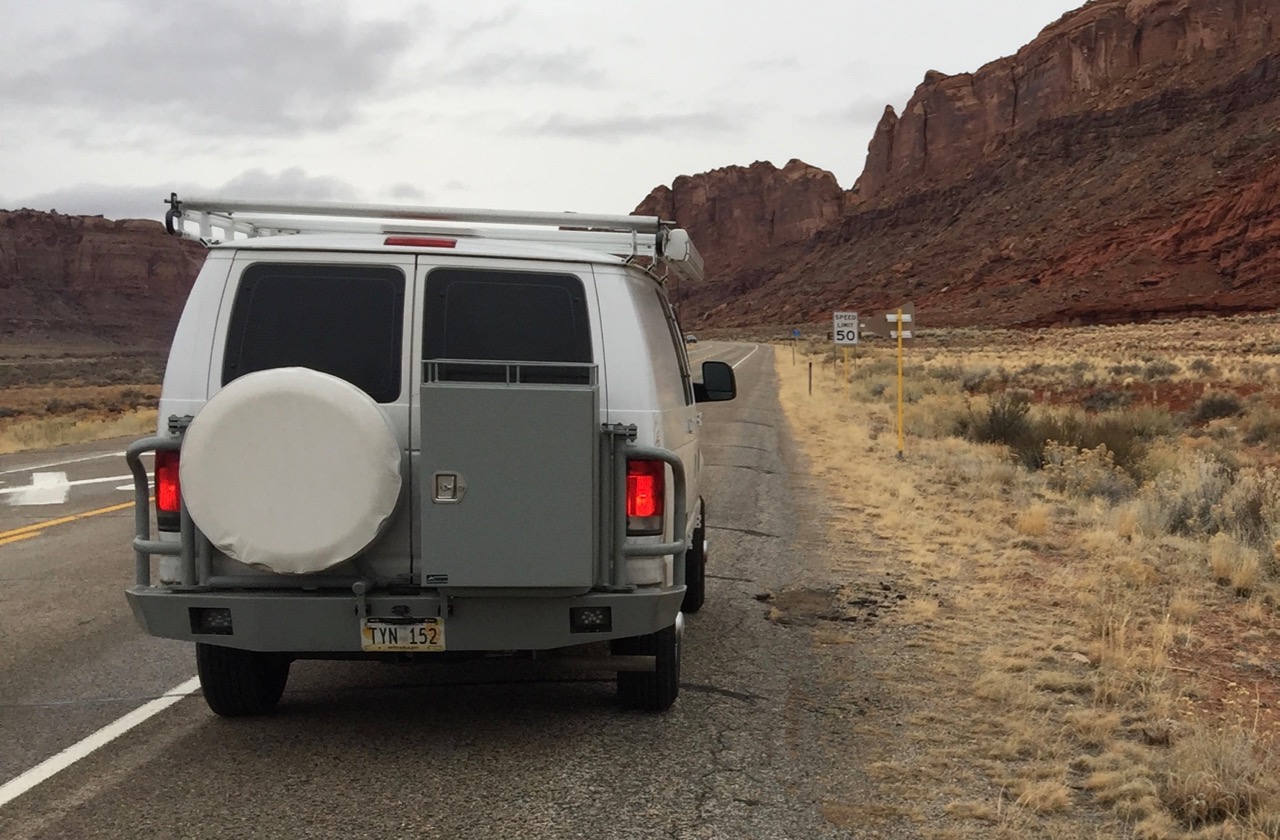Zavala Will Always Be Free
My promise to you.
I have every intention of maintaining and updating Zavala for as long as I am able. I’m also committed to keeping it free. I have no intention of getting you hooked on using it and then starting to charge a subscription.
To show I am serious about this, Zavala is Open Source software released under the MIT license. This means that any other developer can take the years of work that I have in Zavala and make a competing outliner from it should I start charging for it. Given how small and competitive the outliner market is, I don’t stand much of a chance of making any money by going commercial. After all, I could be competing with my own past work.
What if I get ran over by a bus?
Since Zavala is Open Source someone could pick up the project and continue to update it. Worst case scenario, some enterprising independent developer could try to make a commercial product out of it. I don’t see much money in the endeavor, but others may see it differently.
Why don’t I charge for Zavala or accept donations?
Funny story. I fully intended to when I started writing it. After doing some competitive analysis on the Mac-only, outliner market, I realized there wasn’t much money there. There was so little in fact, that it isn’t enough for me to be motivated enough to do the business side when I’d rather be coding.
Let me break it down. Up front payments are a dead-end these days. I would have to add a free tier, in-app purchases, and maybe a subscription option to the app. That means more coding. Then I need to incorporate a business of some kind and do all the regular bookkeeping associated with it. That would be payroll taxes, quarterly and annual tax filings, etc… I used to own my own software consulting business and really don’t want to do that stuff again.
But if I thought I could make it up on volume, that might make it worth while, right? The simple truth is most computer users don’t know what an outliner is, much less how useful they are. Even those that do, rarely need to use one on a daily basis. Zavala is free and has been all the years that it has been available in the App Store and I couldn’t make it on the number of users I have now. That number would probably drop to about zero if I were to start charging. Could I get more volume by marketing Zavala? Sure, but that is another business thing that costs time and money, that I don’t want to do.
There is an upside to not having money involved when you write software. I don’t have to add features just to drive an upgrade cycle. With commercial software, you constantly have to deliver upgrades to keep a steady income regardless of if you are subscription based or charging up front. I don’t want Zavala to become bloatware. I don’t want to add features that I don’t believe add core value, just to keep the money coming in.
Same goes for donations. I don’t accept donations because I don’t want to feel obligated to implement a feature that a donor may want, but that I don’t think belongs in Zavala. I would rather accept feature requests on an equal basis from all users and decide which to implement on the merit of the idea, rather than who gave me money.
Why write Zavala at all?
I retired early after a successful career as a software consultant. I really liked writing software, I just didn’t always like the work I had to do. Now I have the freedom to craft software how I see fit and only work on projects that I am interested in.
The way I usually explain it is like this. Imagine you made furniture your whole life, but your employer only gave you pallet wood to use and half the time needed to make a piece. You were good at it and loved furniture, but were unfulfilled at your job until you retired. Now you can make furniture using walnut and take the time needed to make something you are proud of.
How can you help, you ask?
Please, please email me with bug reports using the Provide Feedback option under Help (in Settings on iOS). I take them seriously and fix them as fast as I can. I do test Zavala as rigorously as I can. Unfortunately it is the nature of software that a developer will never be able to predict every way that users will use an app. Production bugs do happen. The best we can do is squash them as fast as possible.
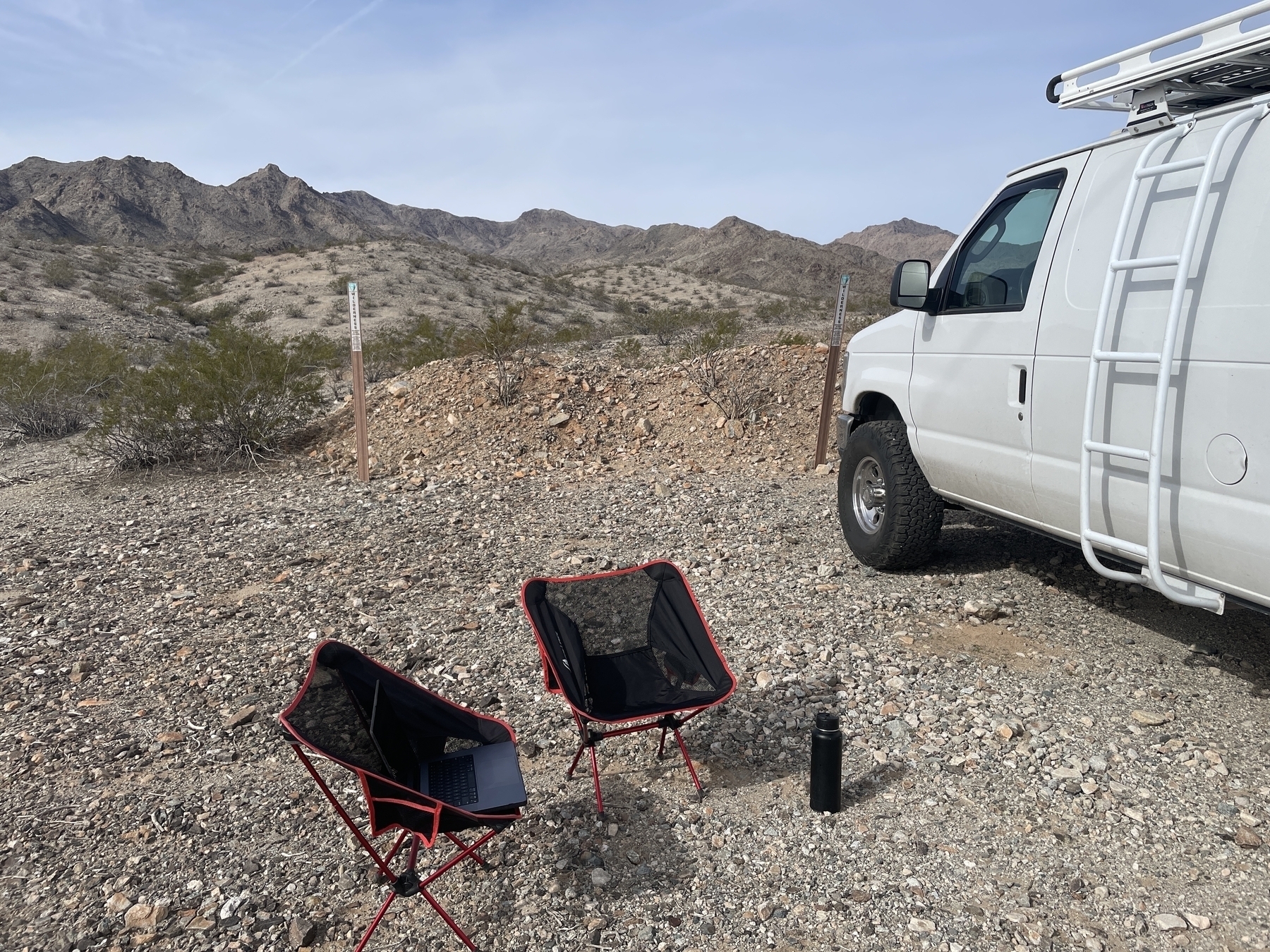

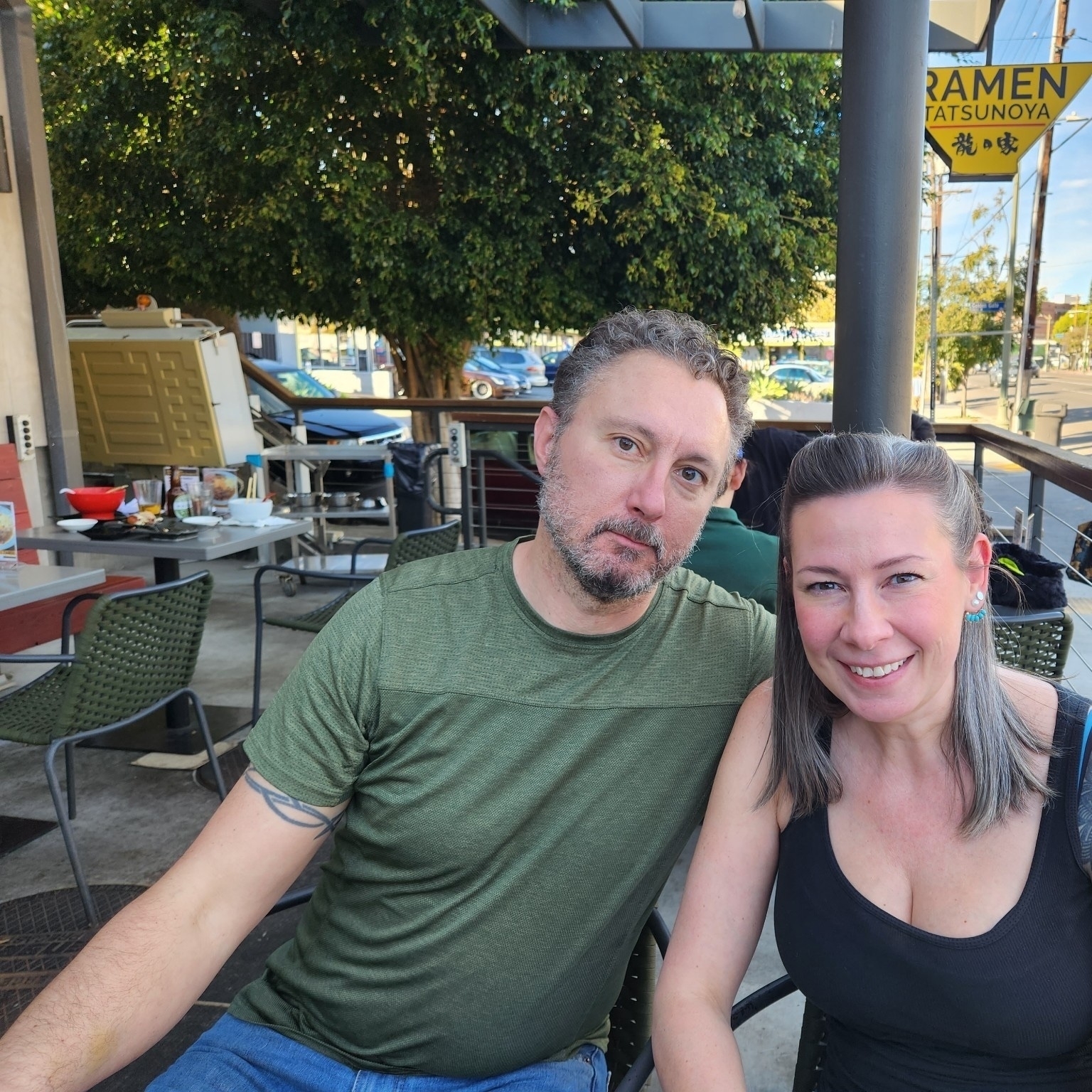
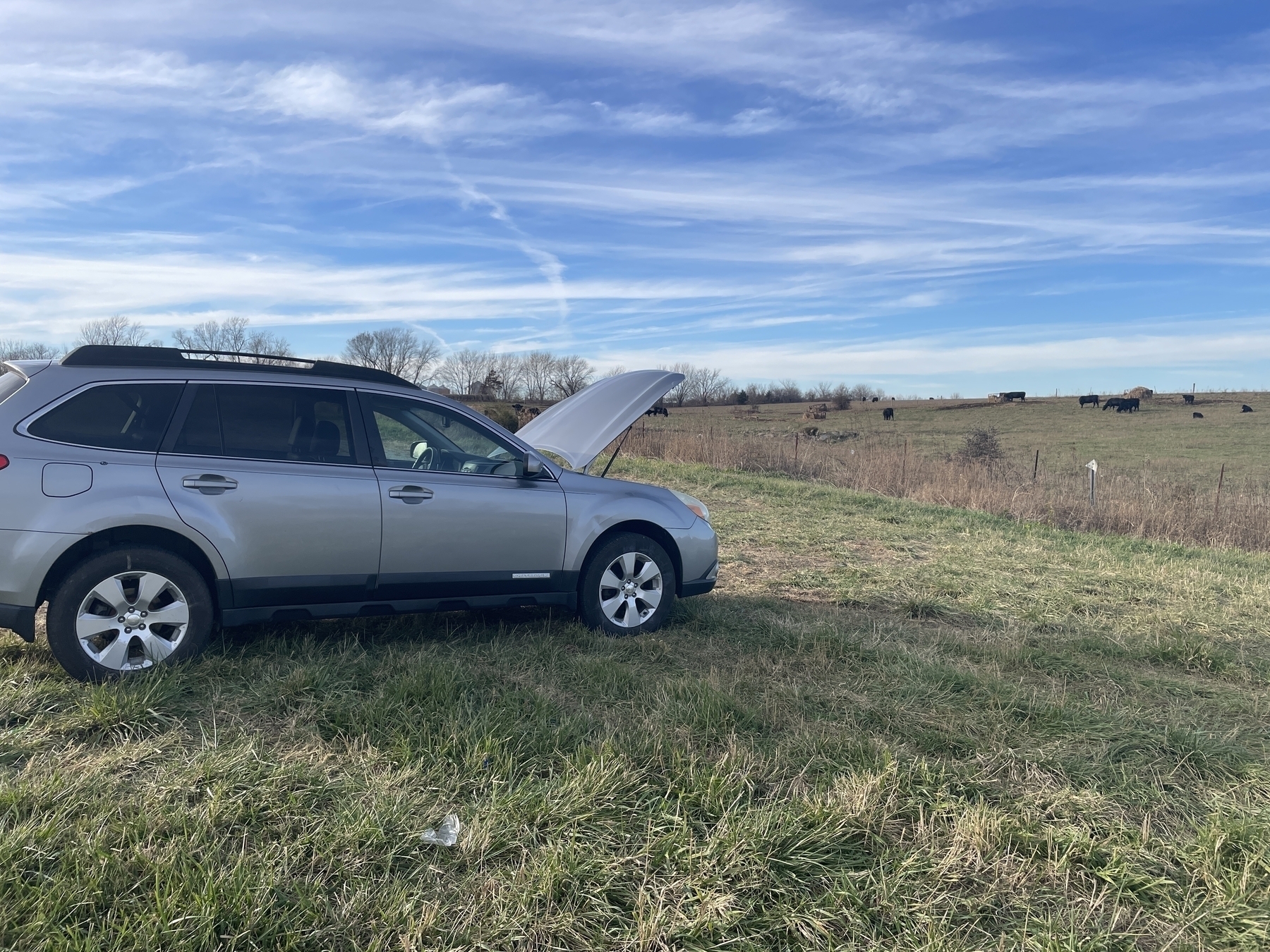
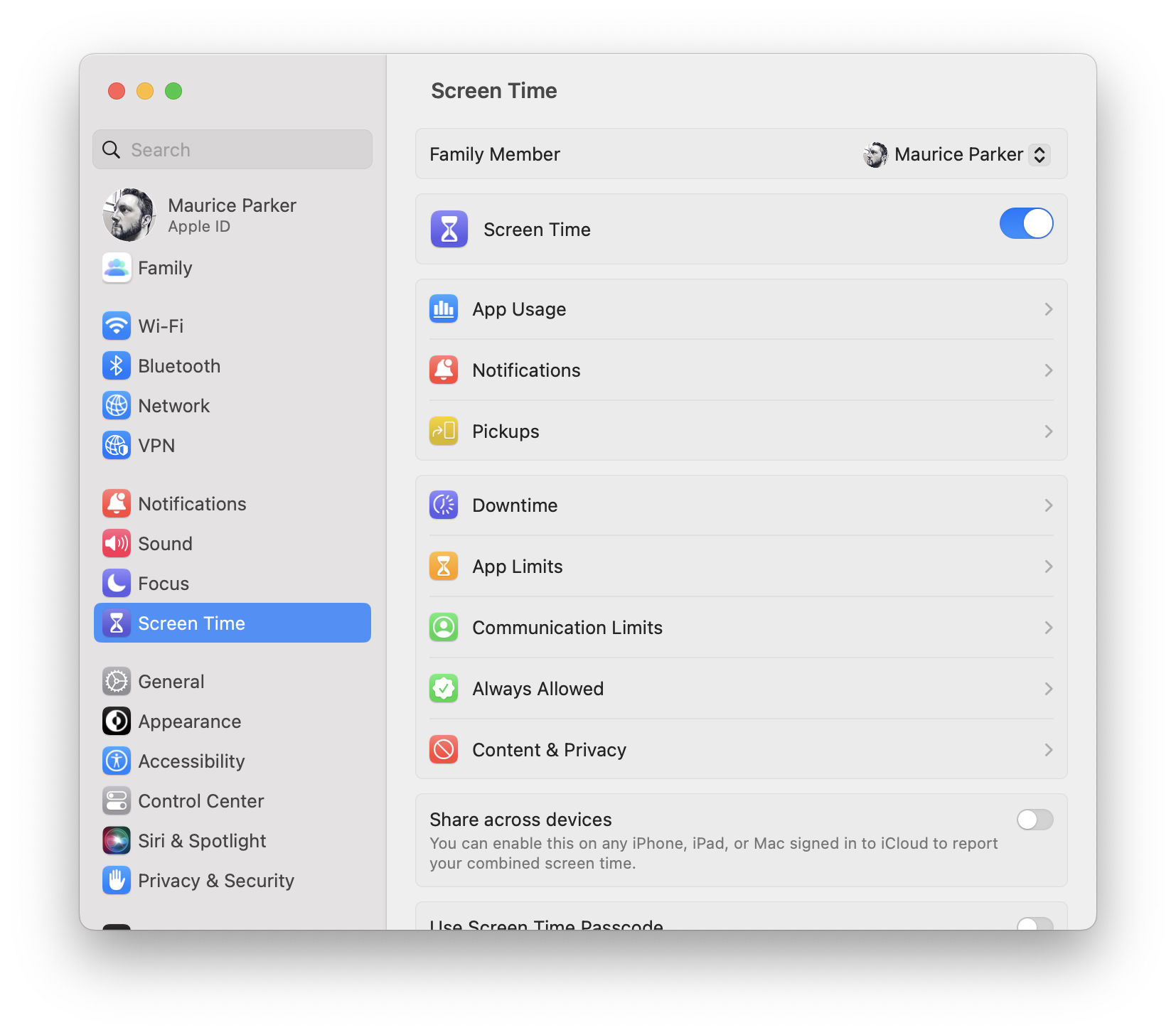 
 
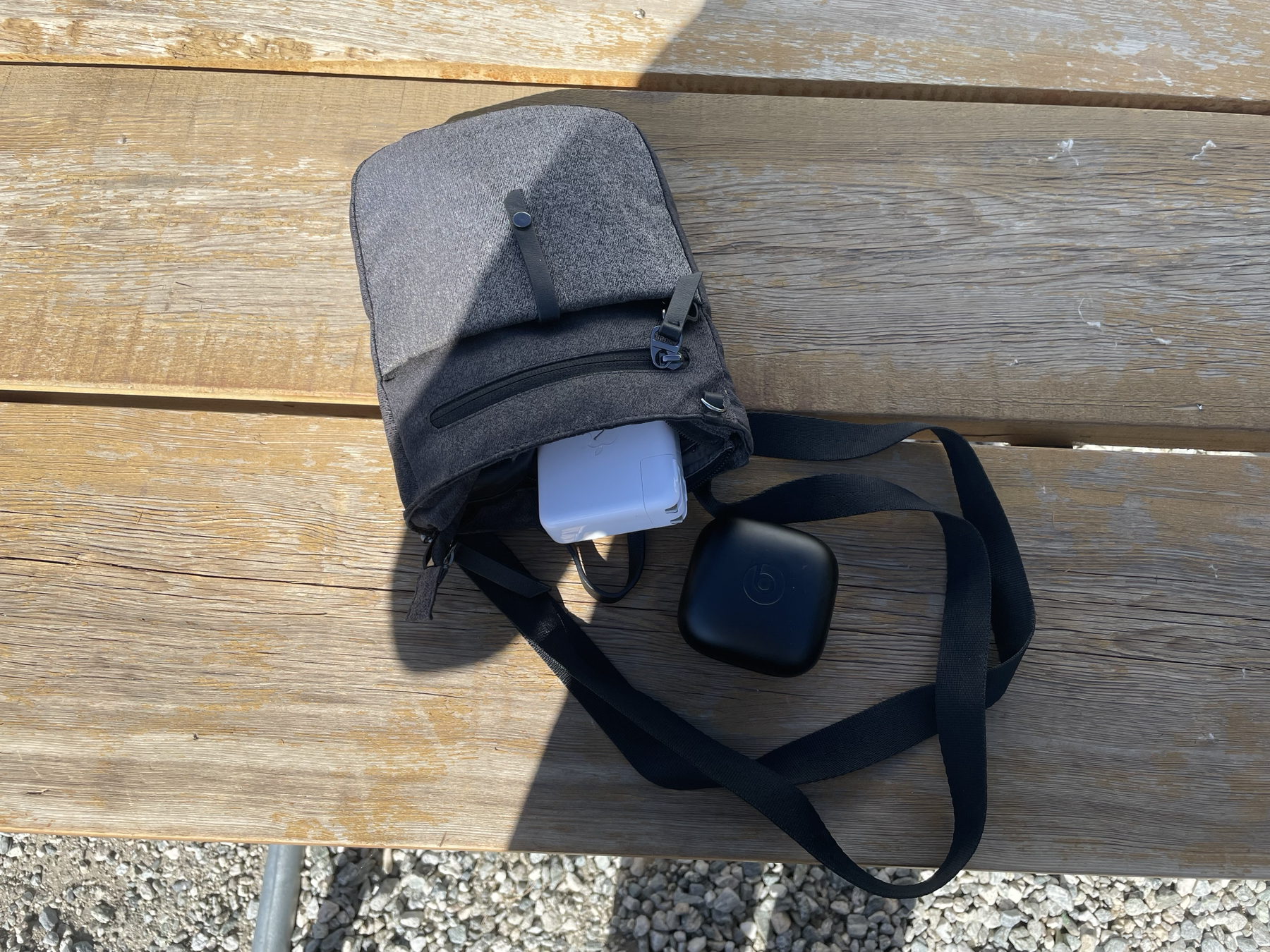 
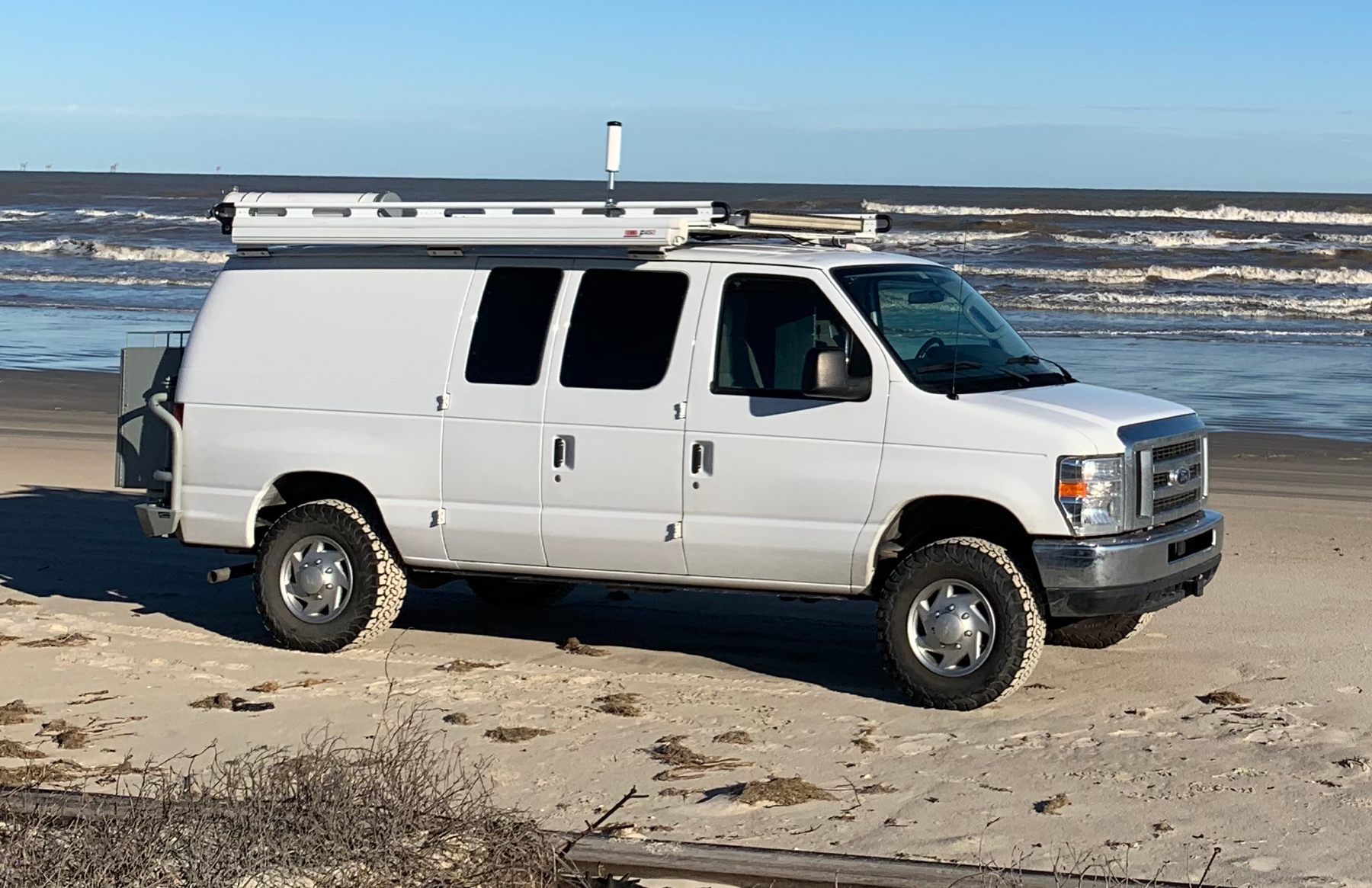 
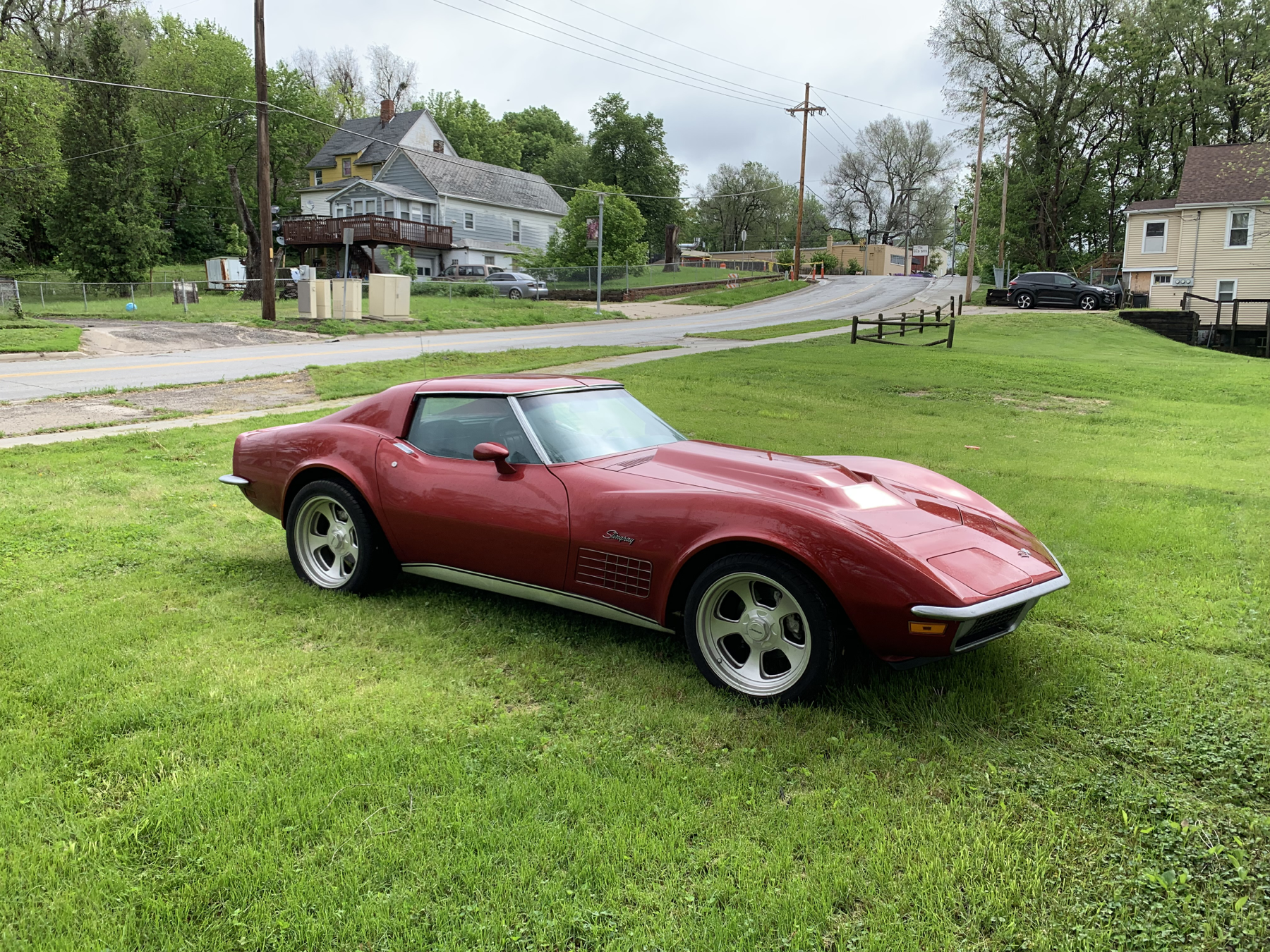 
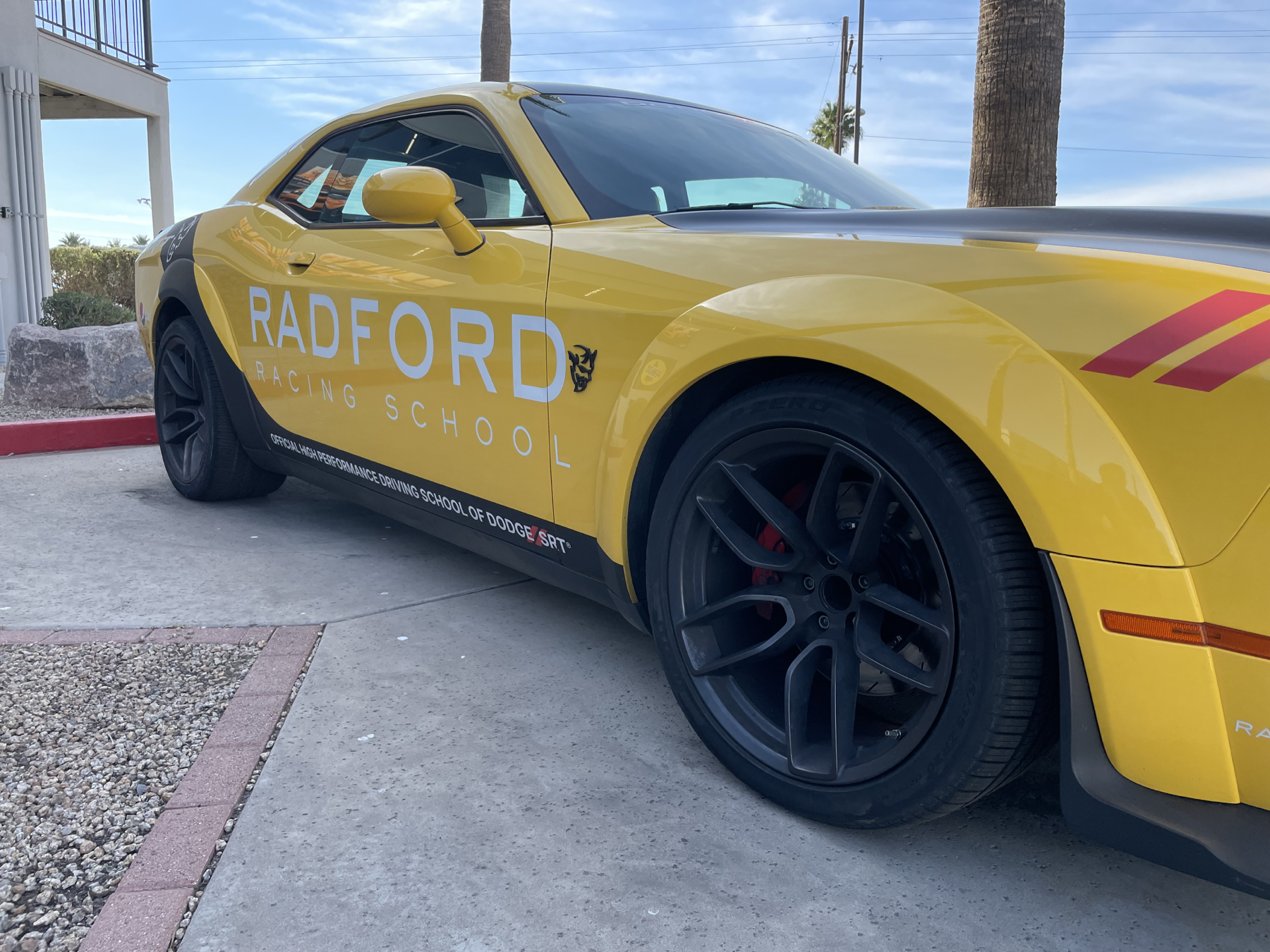 
 
 
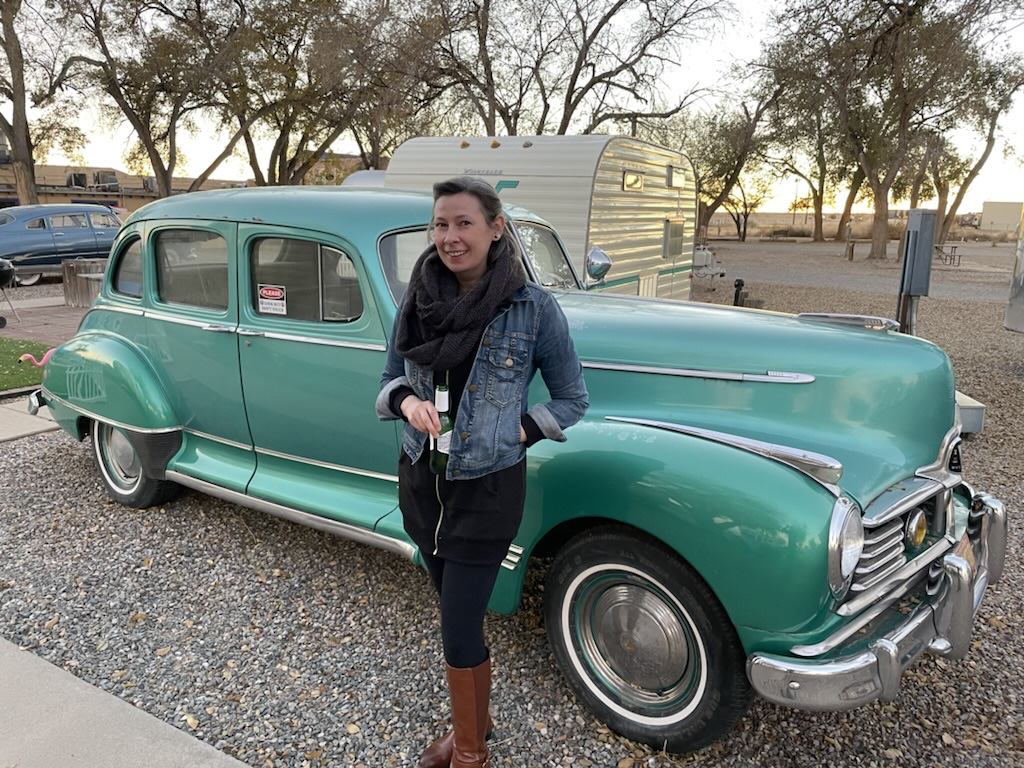 
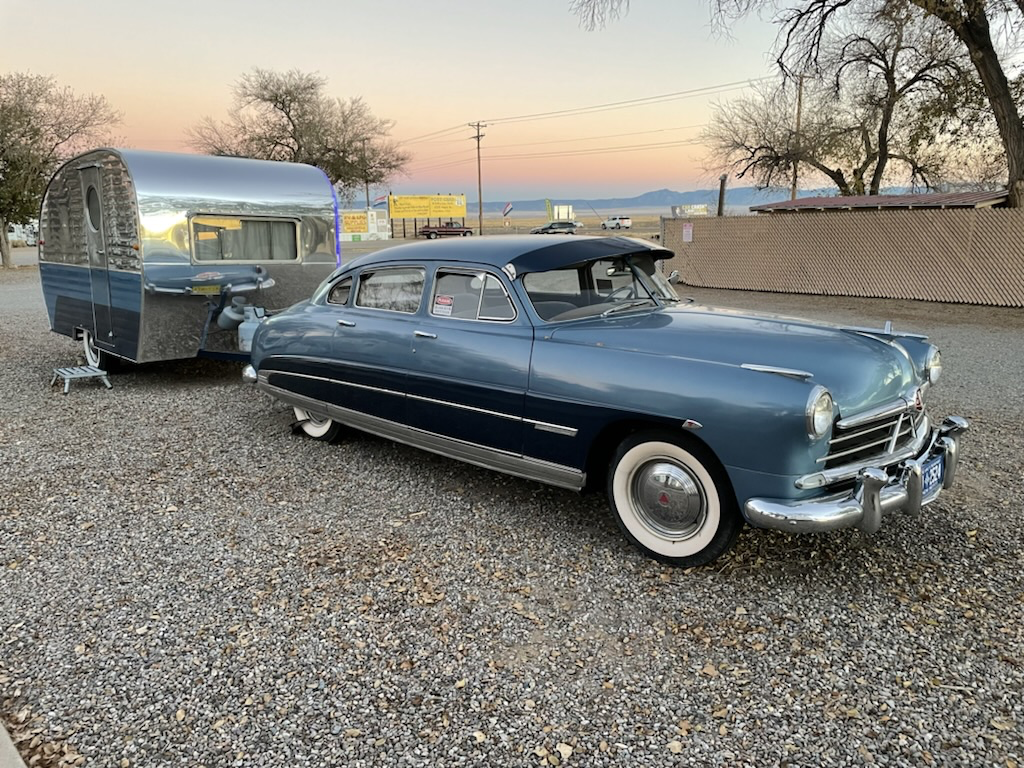 
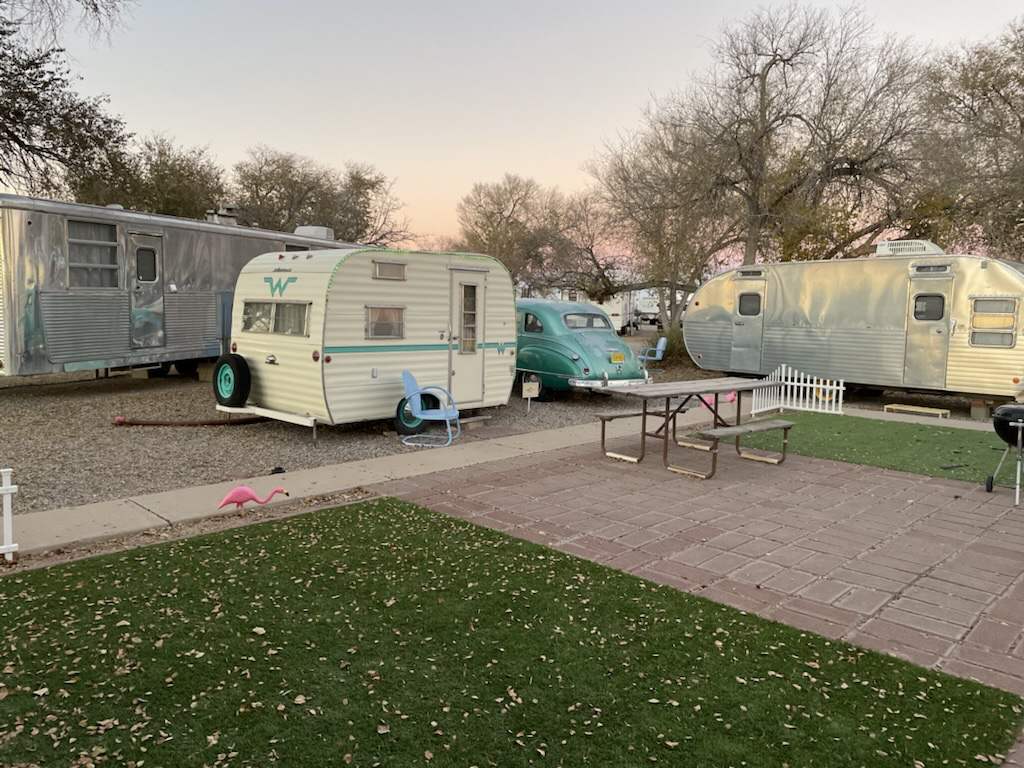 
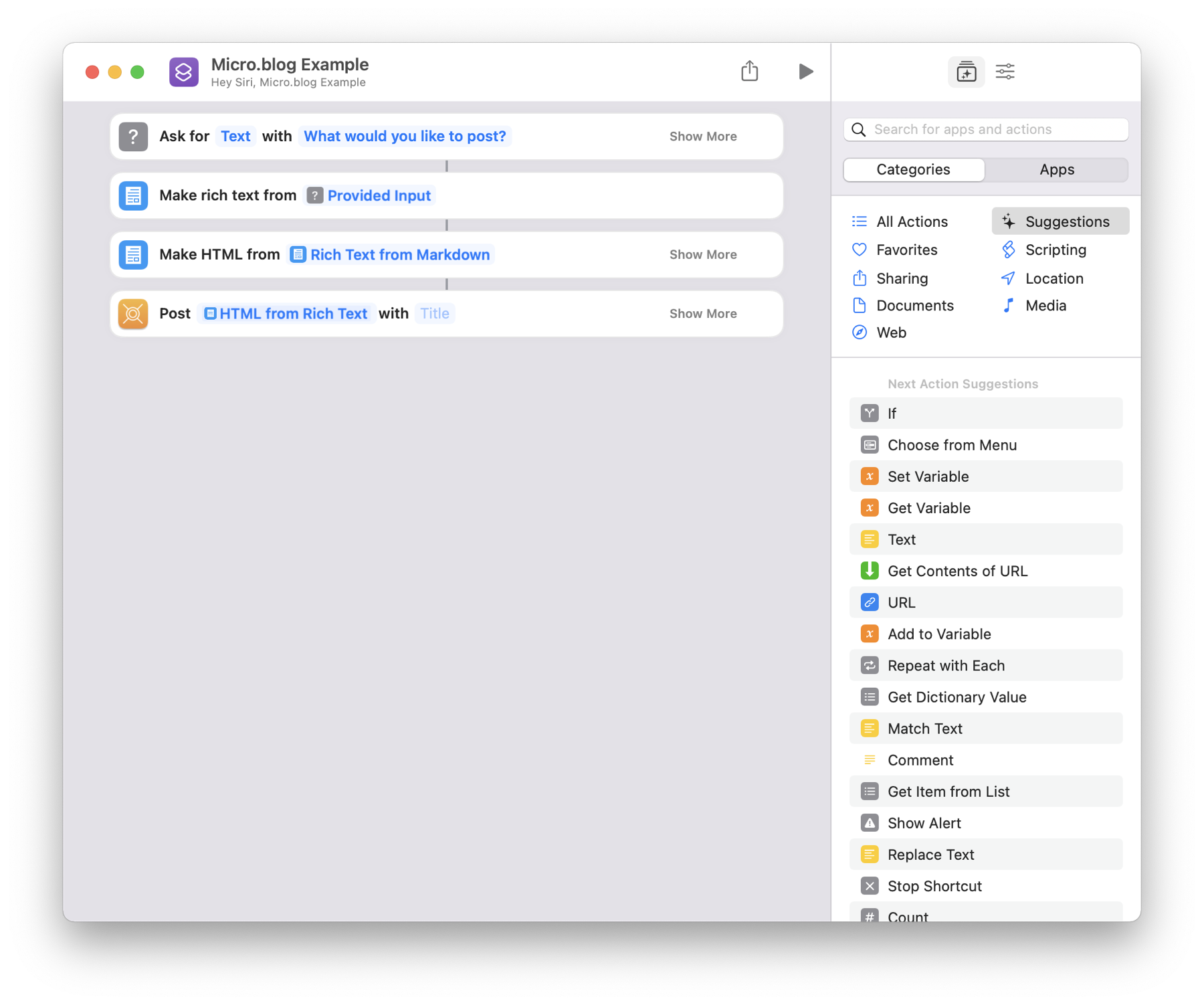 
 
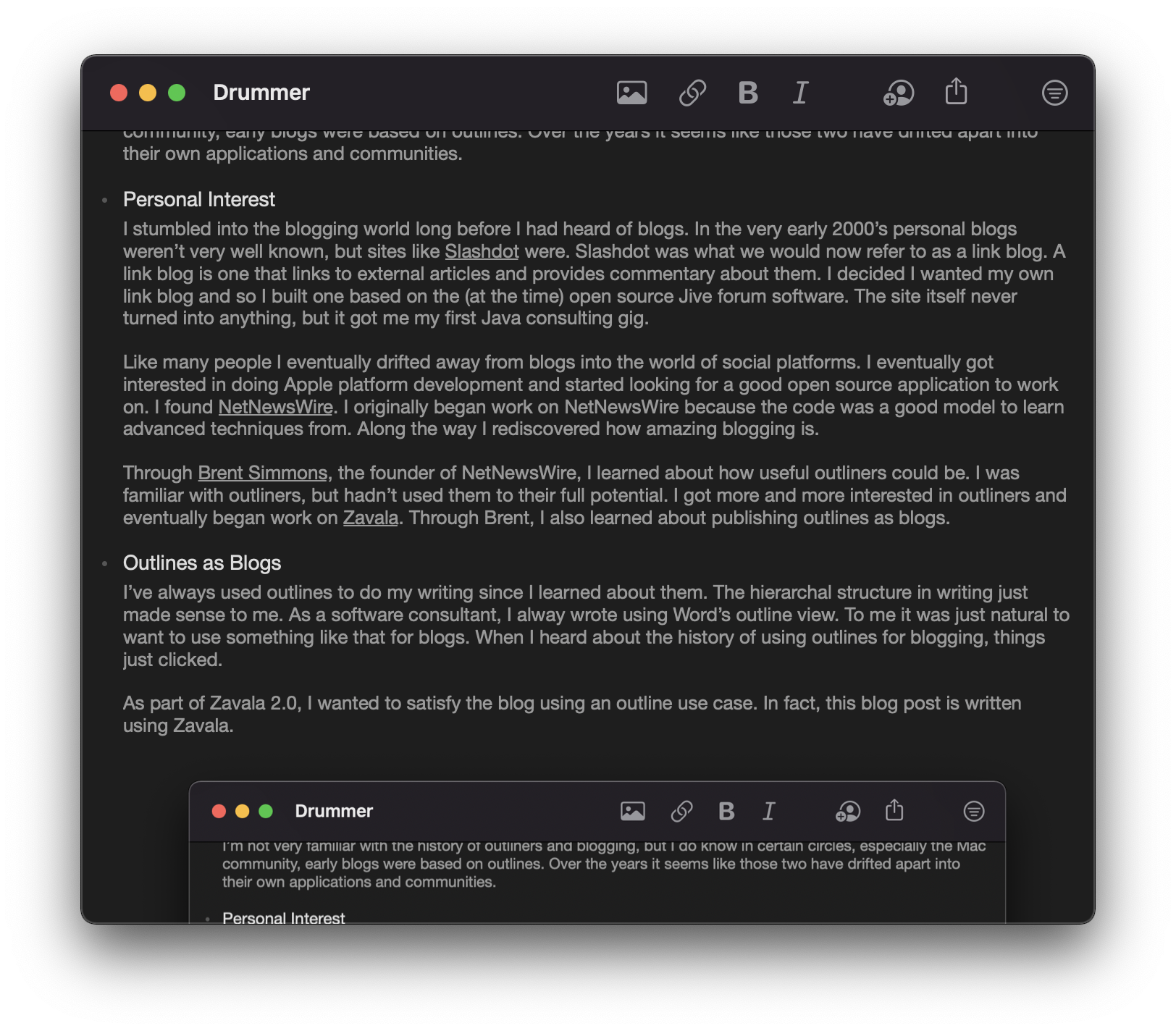 
To publish this outline, I run a Shortcut that uploads images and HTML to my

To publish this outline, I run a Shortcut that uploads images and HTML to my 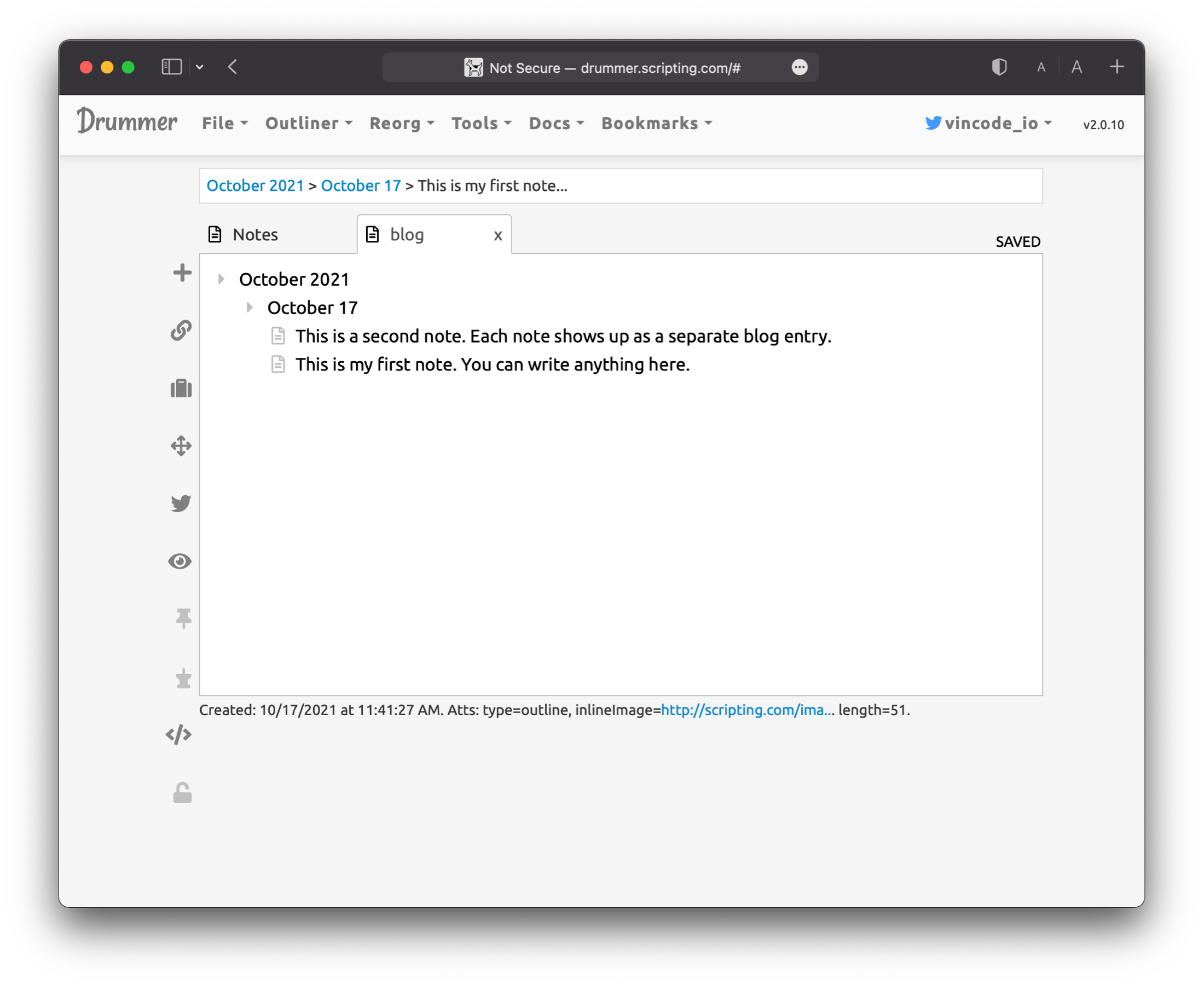 
It is important here to point out some terminology differences. A “note” in Zavala is associated with a row. It provides additional detail for the topic. When publishing docs or blog posts from Zavala a topic is a group heading and a note is paragraph text.

It is important here to point out some terminology differences. A “note” in Zavala is associated with a row. It provides additional detail for the topic. When publishing docs or blog posts from Zavala a topic is a group heading and a note is paragraph text.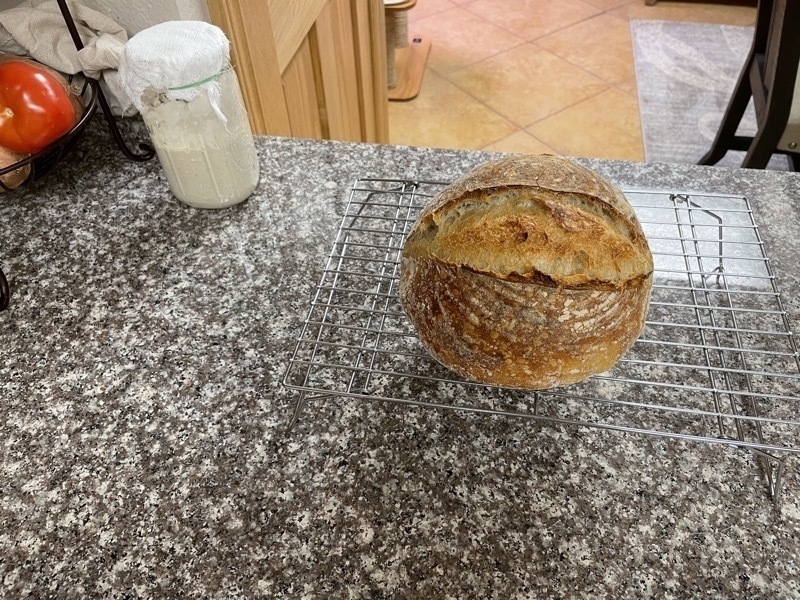
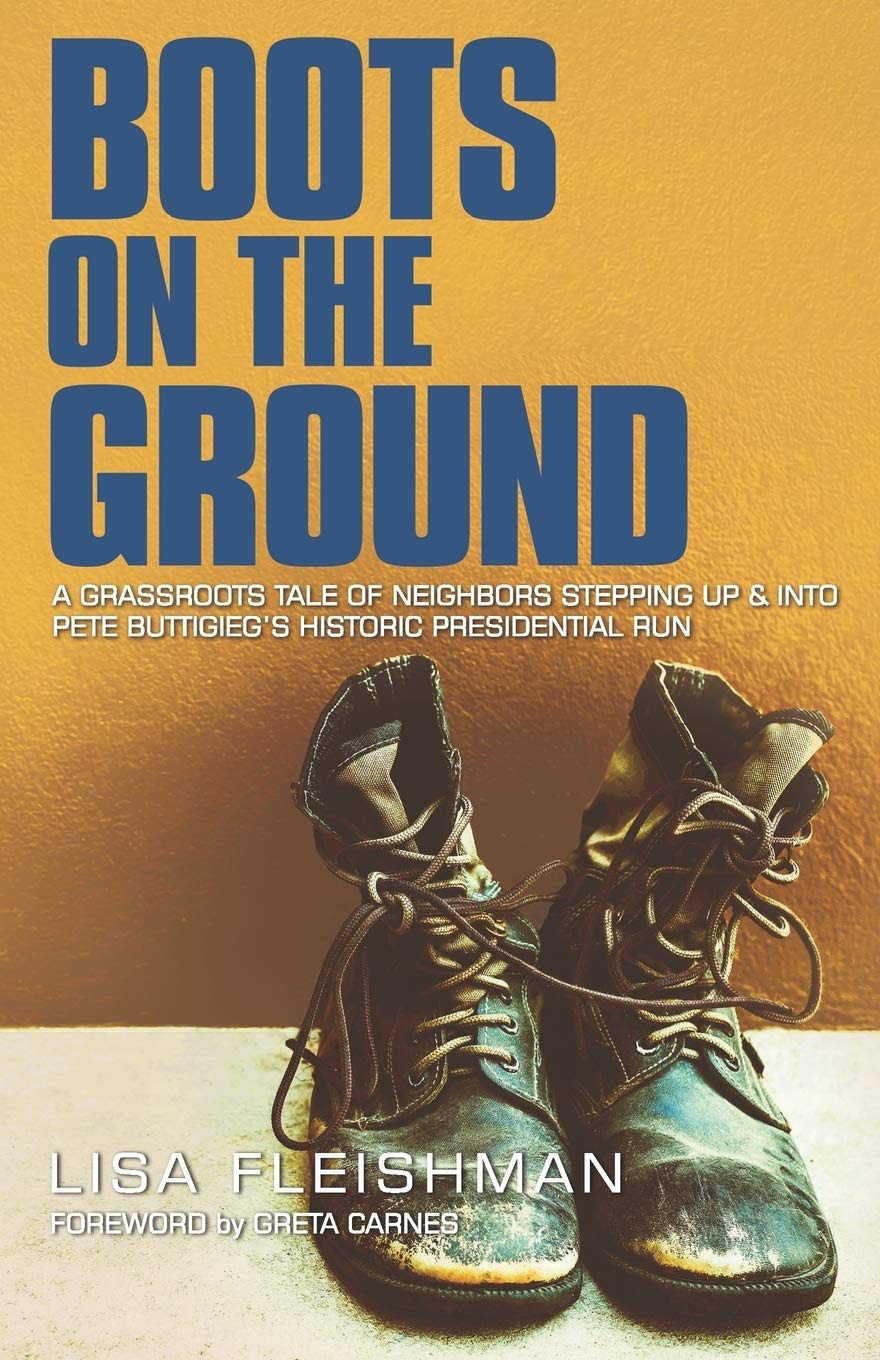
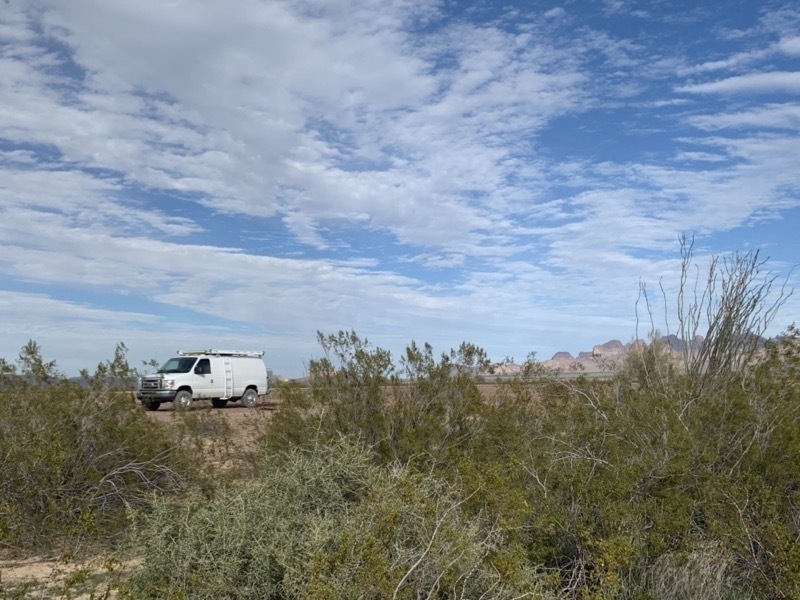
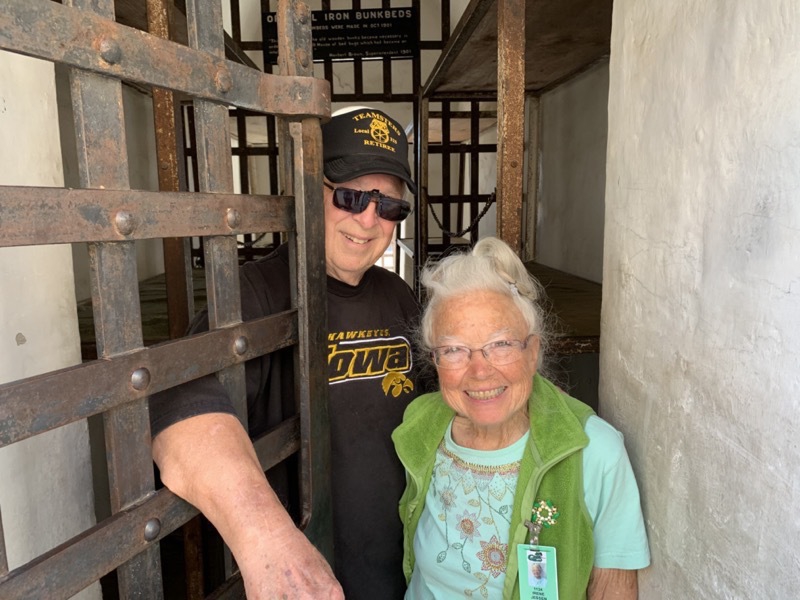
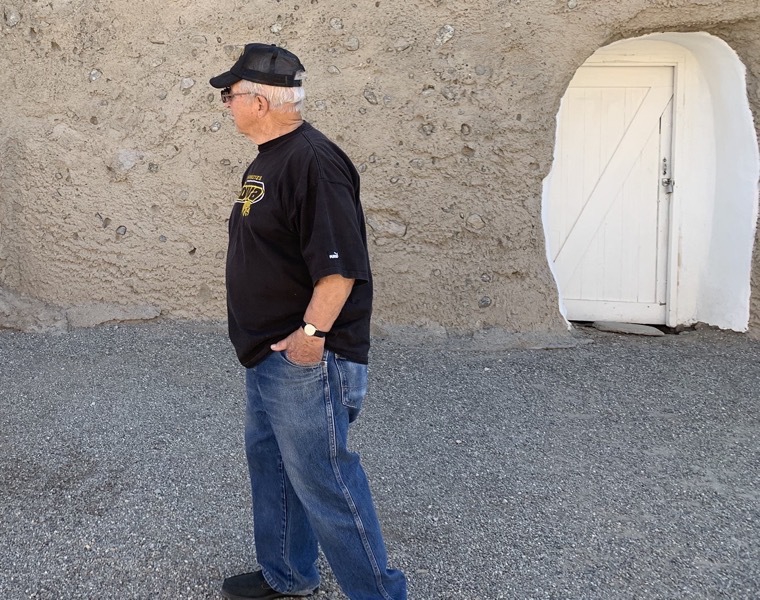
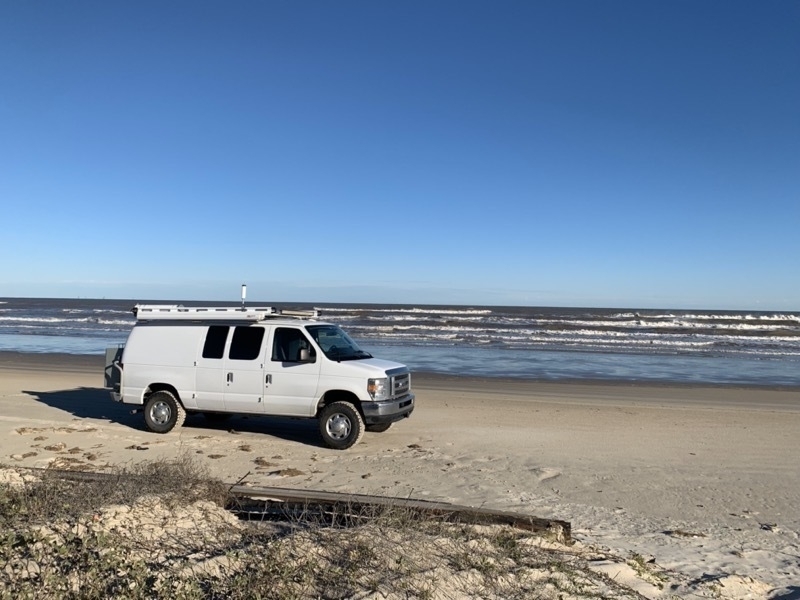
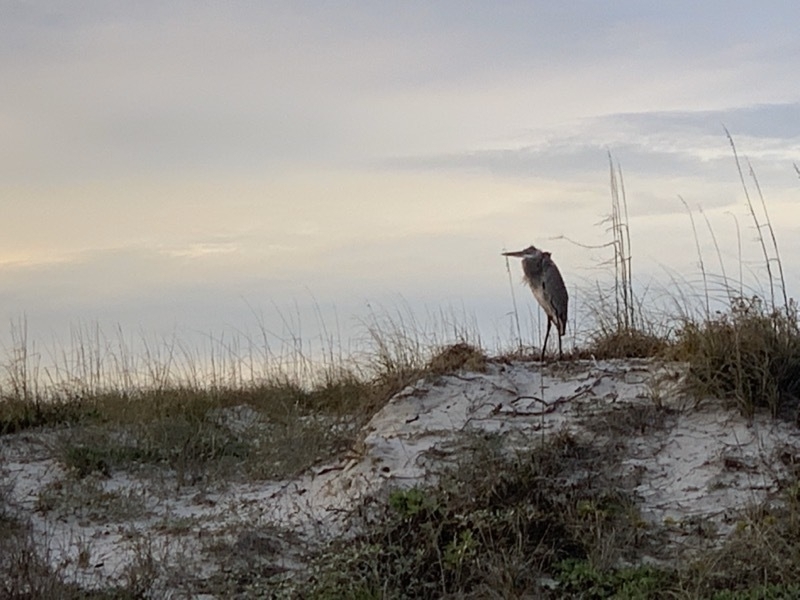

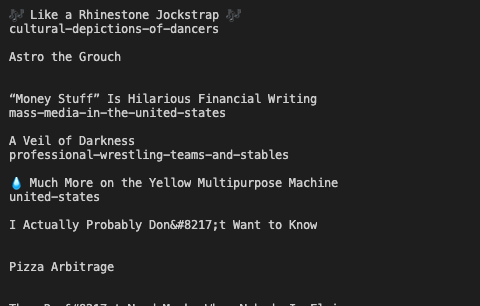
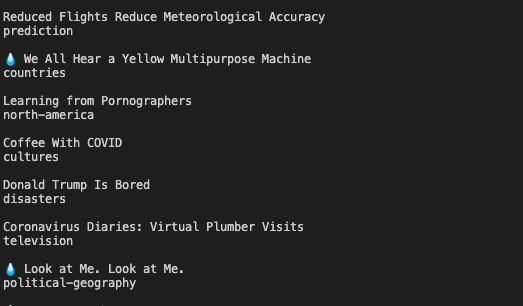




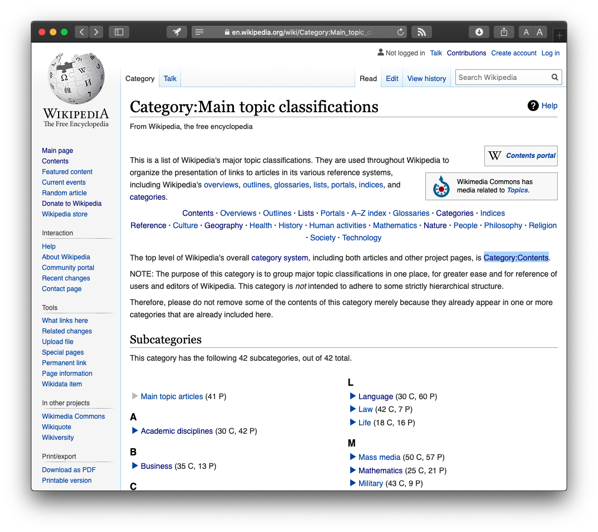
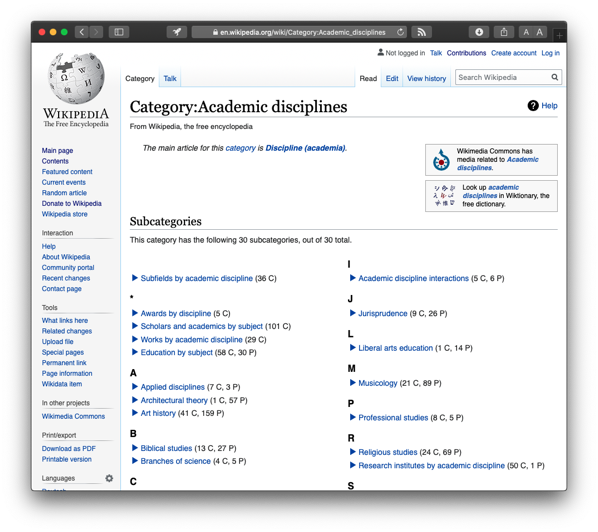
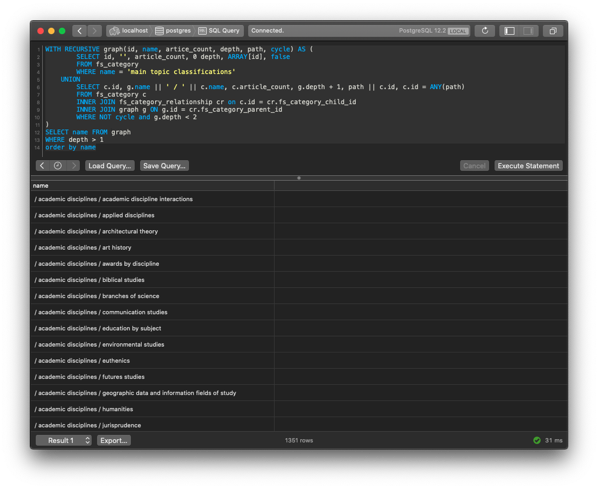
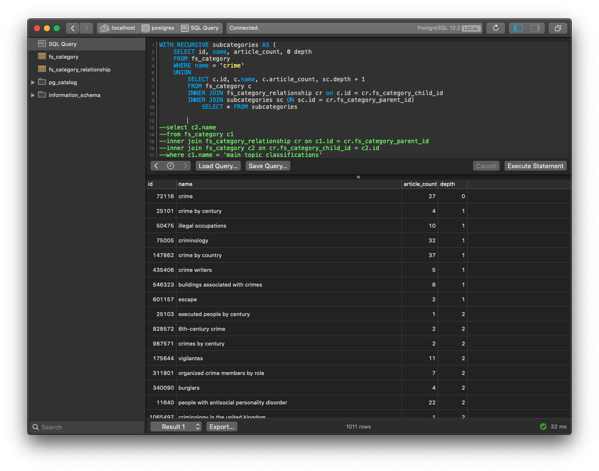
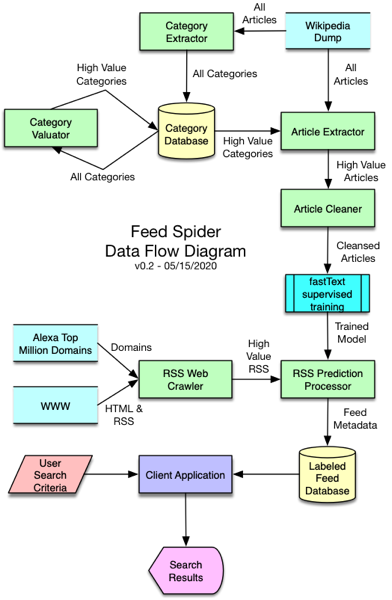
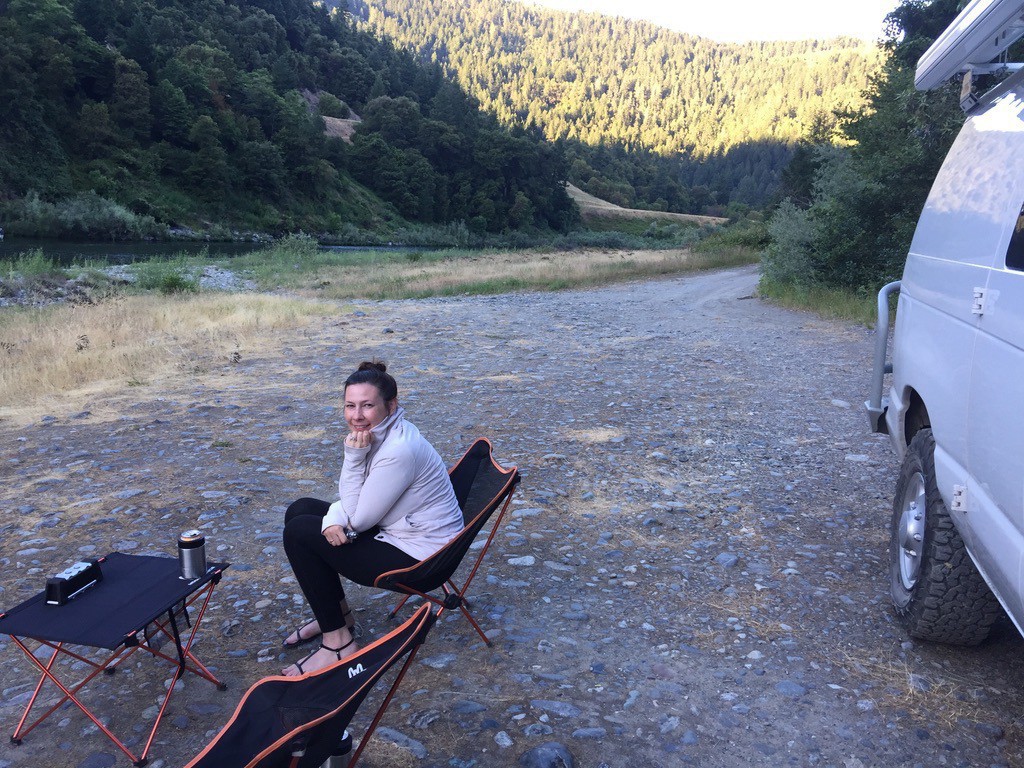
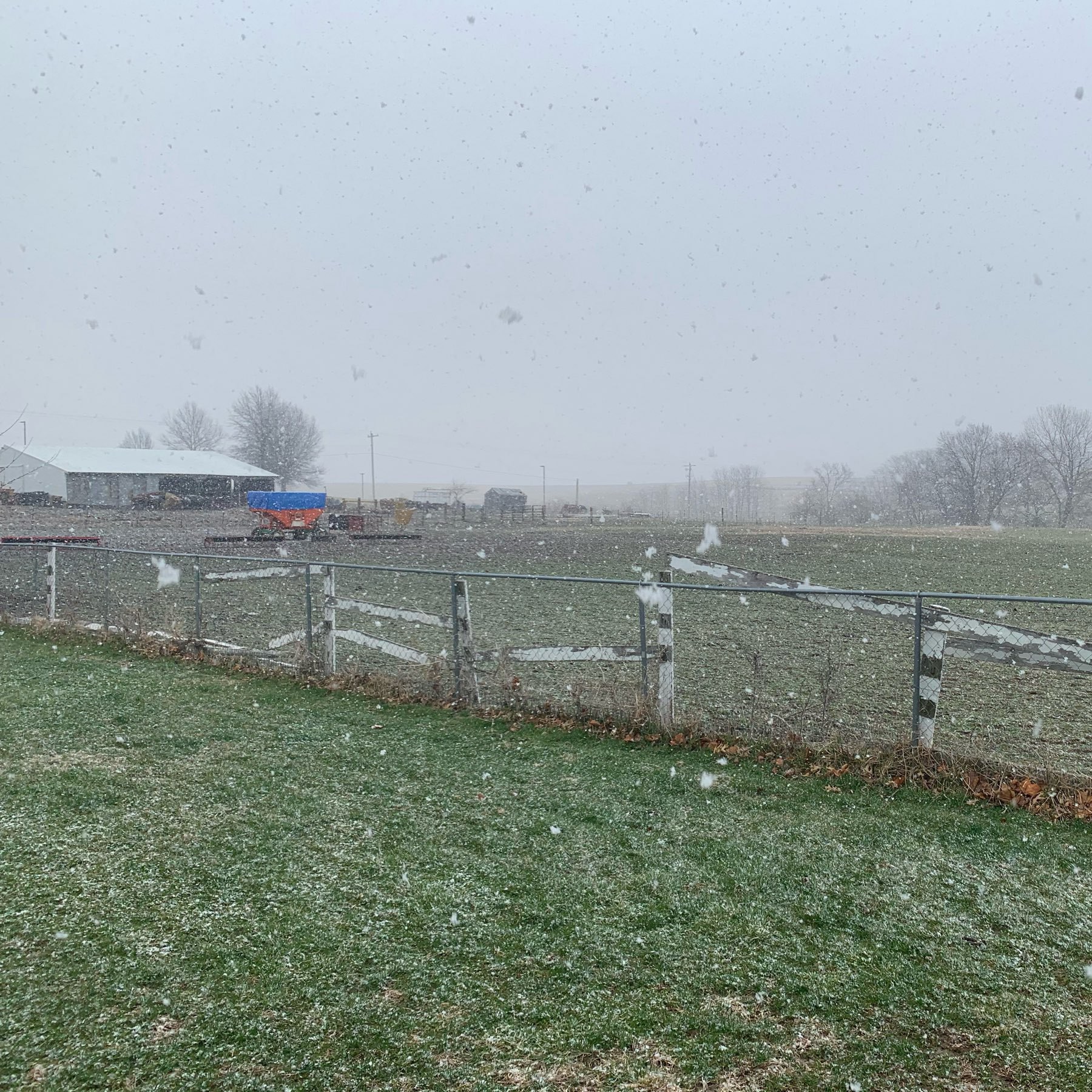
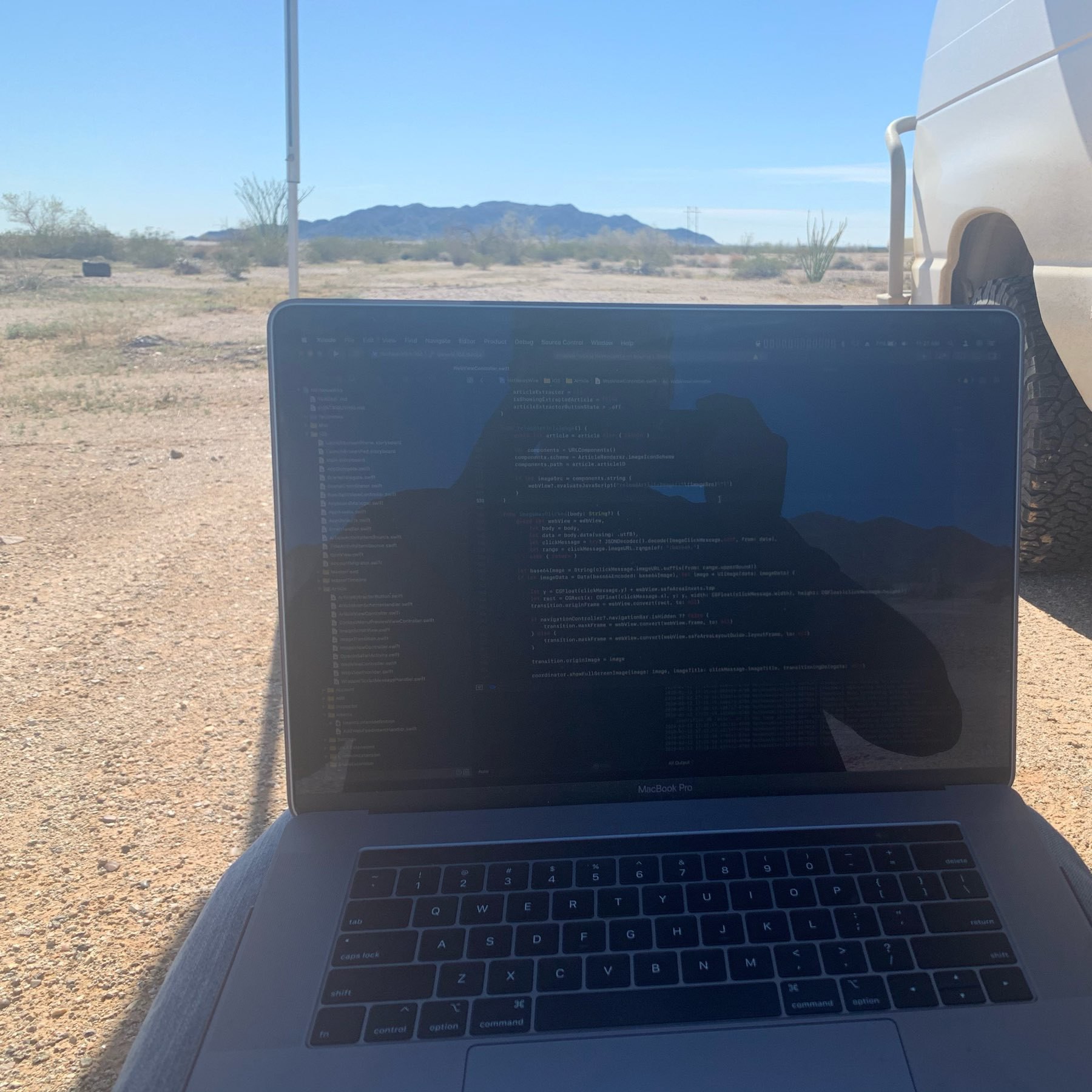
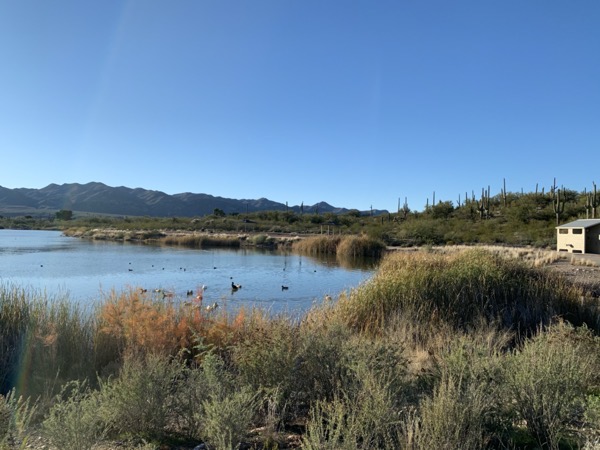
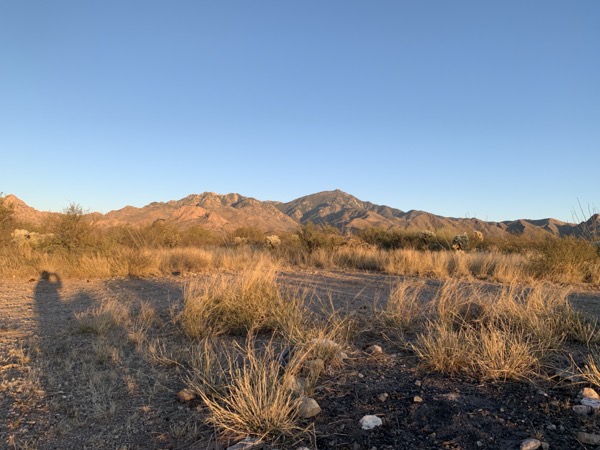
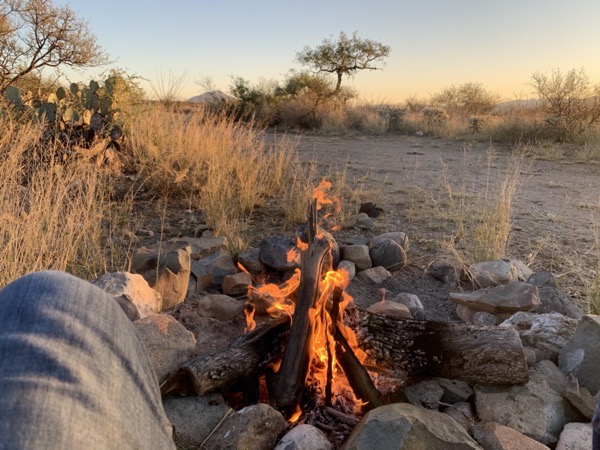
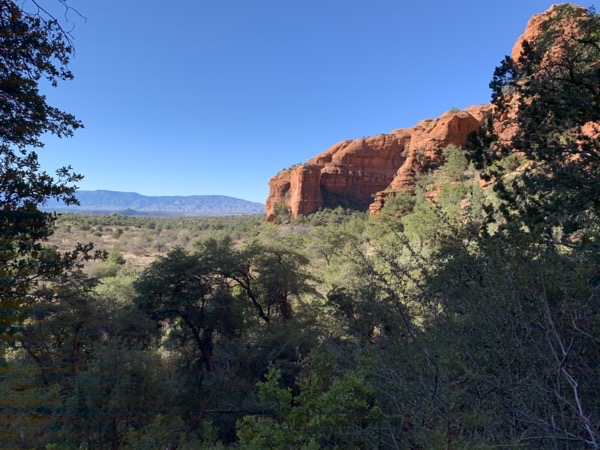 We settled in and hung out there for a couple of days, only going into Cottonwood to sign up again for Planet Fitness, buy food, and use the internet at the closest Starbuckis. It was surprisingly rainy for being in the desert and mud got everywhere. Eventually we learned to live with it.
We settled in and hung out there for a couple of days, only going into Cottonwood to sign up again for Planet Fitness, buy food, and use the internet at the closest Starbuckis. It was surprisingly rainy for being in the desert and mud got everywhere. Eventually we learned to live with it.